Happy Friday! Enjoy the weekend!
|
Today we completed letter Zz puzzle and letter Zz letter hunt. We also had a lot of scissor practice today! For the children that are not quite able to cut, they practice tearing or cutting scrap paper. They are all doing such a great job with the scissors. Happy Friday! Enjoy the weekend!
0 Comments
Water striders are found primarily on freshwater ponds, streams and lakes. Sometimes called pond skimmers, they are able to slide along the surface of the water by distributing weight evenly on their one legs. Water striders have three pairs of legs. Their paddling legs allow them to be tremendously fast as they rapidly skip across the water surface. They each created their own water strider today. They tried twisting the pipe cleaners to make long legs and others wanted to use glue.
We used pebbles, rocks, sticks and ducks to build letters today as a group. For fine motor skills, I encouraged them to draw a face and then add 14 mosquito bites. Mosquitos are known for their itchy bites. A mosquitos wings beat about 1,000 Tims per second and create a buzzing sound. The female's wings create a higher-pitched tone. Mosquitos are food for many birds, bats, fish, frogs, turtles, spiders and dragonflies. They were given a clothes pin and encouraged to decorate to make a spider or other mosquito predator. We read There was Little Turtle rhyme and they snapped up the story pieces as we named them.
I set out play dough, toothpicks and straws and they were encouraged to make "mosquito bites" by poking the play dough! We colored and cut letter Zz. They sorted numbers 13 and 14. Dragonflies can travel at speeds of up to 30 miles per hour, which makes them some of the fastest flying insects in the world. Dragonflies also have the unique ability to fly backward. They start their lives in water so it is very common to find dragonflies near rivers, swamps, lakes, ponds and streams. They tore paper and created their own dragonfly. As a group, they took turns picked a letter card, and placed the stick on the matching dragonfly.
I wrote the number 13 in their journals and they were encouraged to place 13 to stickers in their books. Algae are simple organisms that make food from sunlight by photosynthesis, but lack the roots, stems and leaves that a typical plant has. A cluster of algae is called a "bloom." Some algae blooms can poison pond life and steal the oxygen from other pond animals and plants. During this Invitation to Create, children discovered the effects of mixing different colors and textures. We used yellow and blue puffy paint. They discovered if they mixed the two colors it created green! I asked the kids what they thought algae feels like. I filled ziplock bags with hair gel & green food coloring for them to feel.
We made the Ww letter puzzle and traced W's in our journals. We made magic shamrocks today! Baking soda and vinegar is always big hit with the kids. We used green paint to trace name. Have a safe and fun weekend!
Emergent plants are rooted with stiff stems and stand above the water surface. They grow with their roots in the mud underwater and have leaves or spikes that grow through the surface up into the air. Lily pads are a good example of emergent plants.
Today they used a paper plate, cupcake liners , crayons and makers to create a pond with lily pads. They colored, cut and counted frogs to place on the lily pad. We practiced zig zags in fine motor journals and colored and cut letter Ww. Bog plants are usually found at the water's edge in shallow water. Their roots grow underwater and their foliage emerges. Bog plants get nutrients from the soil and do not rely on pond water. Cattails are good examples of bog plants. When you are at a pond, you will most likely see cattails growing on the edges. These extremely common bog plants help filter polluted water. During this Invitation to Create, children explored how to use a variety of materials to create their interpretation of a cattail. During this process, they used their tactile senses to touch an experiment with craft sticks.
We worked on letter Ww in our fine motor journals. They were encouraged to draw a "germ" using a zigzag for the mouth and body! Submergent pond plants are completely underwater. They are a great place for fish to hide and are a major source of oxygen in the water. Mermaid plants and hornwort are good examples of submergent plants. Today we went "diving under water" in the pond for rocks. They picked a rock using their hands or tongs, identified the letter and placed on the corresponding alphabet card.
They created a peaceful pond today. During this Invitation to Create, the children experimented with two materials that resist each other. Children drew and colored with crayons then discovered what happens when watercolor is painted over the waxy crayon. Through this process, children experienced cause and effect while creating their own underwater artwork. Frogs are amphibians, meaning they can exist on both land and in the water. Frogs lay their eggs in the water. When the eggs hatch, the babies are fish-like creatures called tadpoles.
We have been talking about the life cycle of a frog and they have been placing the toy figurines in the proper order. We built letter Nn and searched for letter Nn. They played with magnets and other pond animals in their free time! |
Archives
May 2024
Categories |
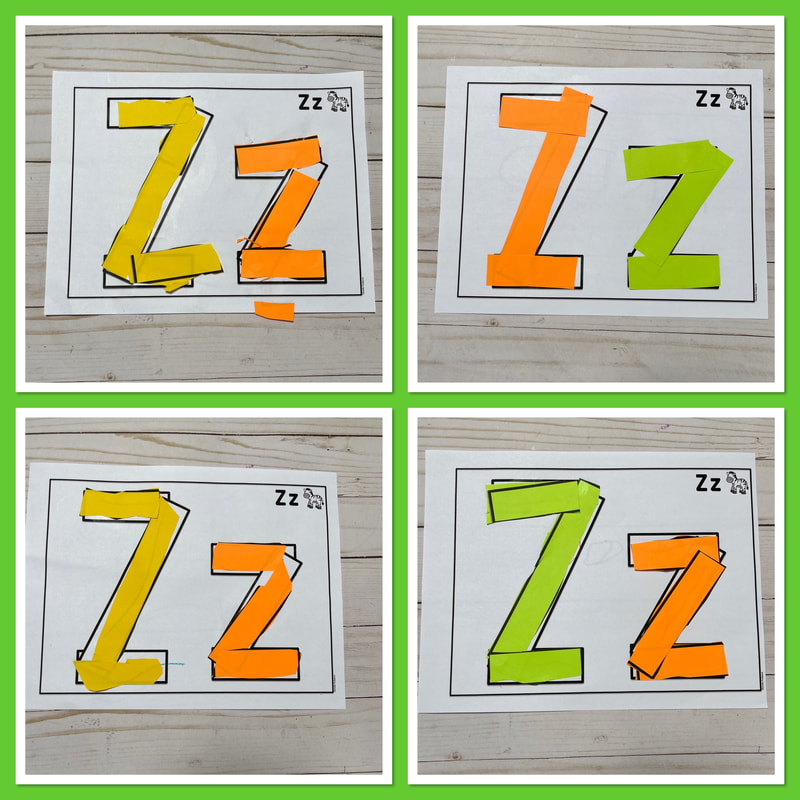
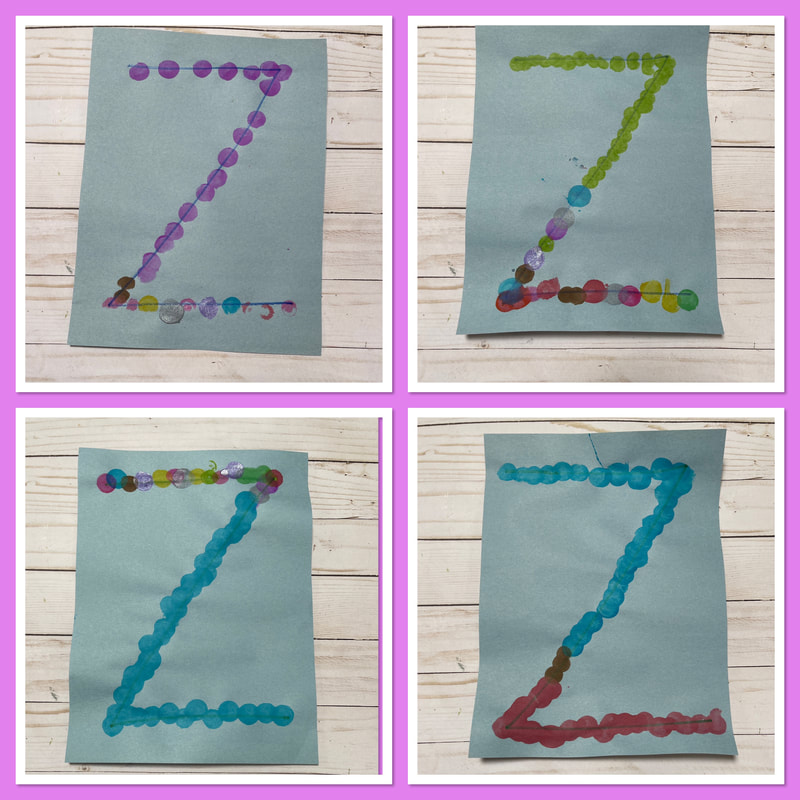
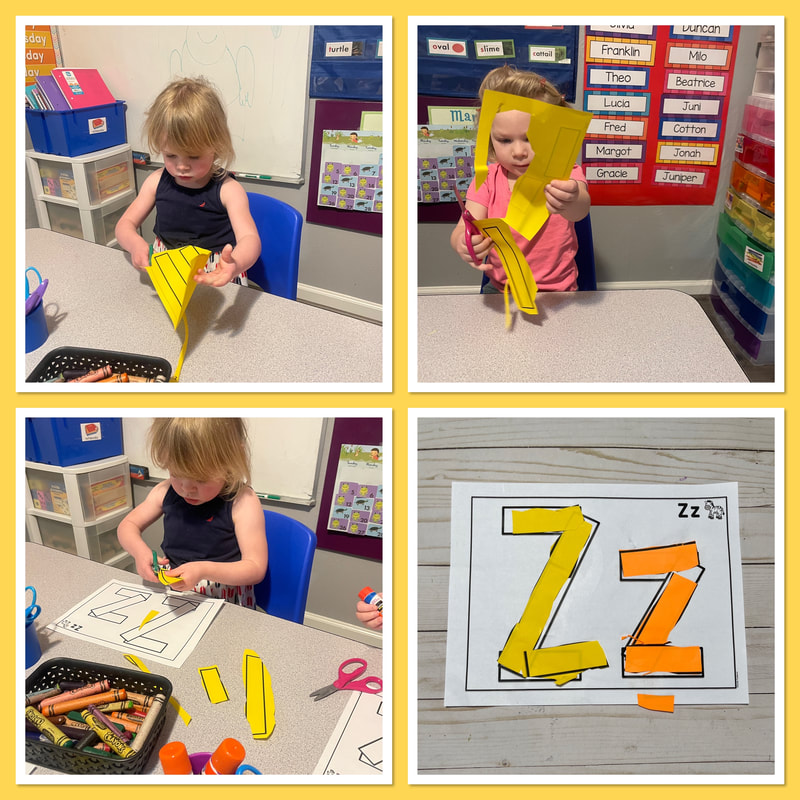
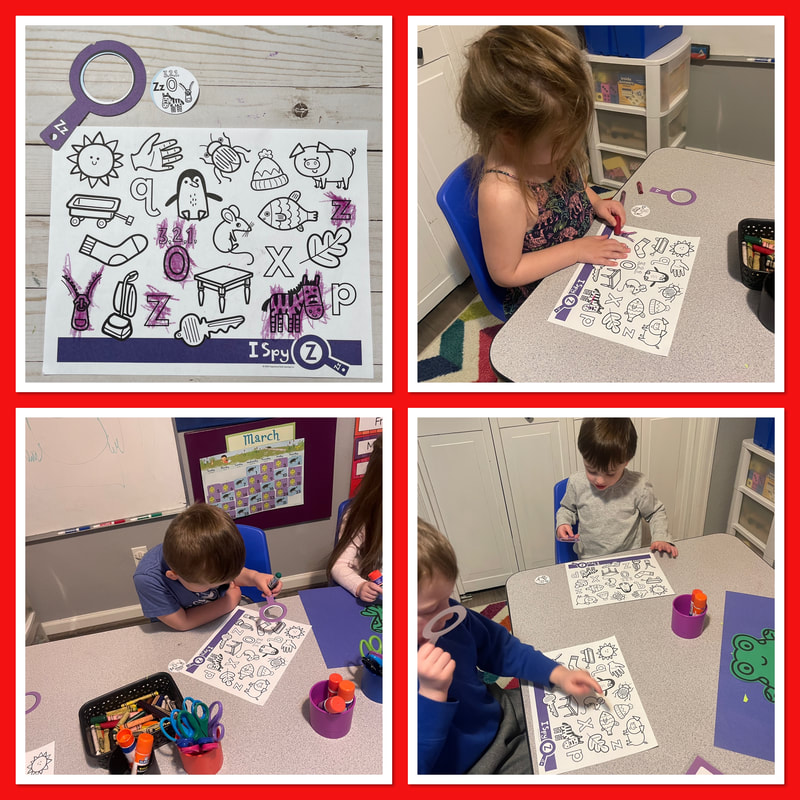
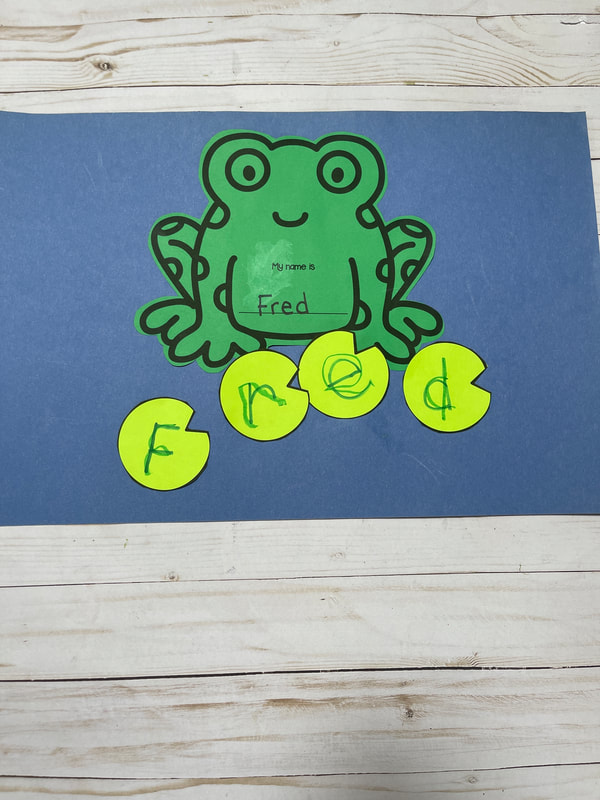
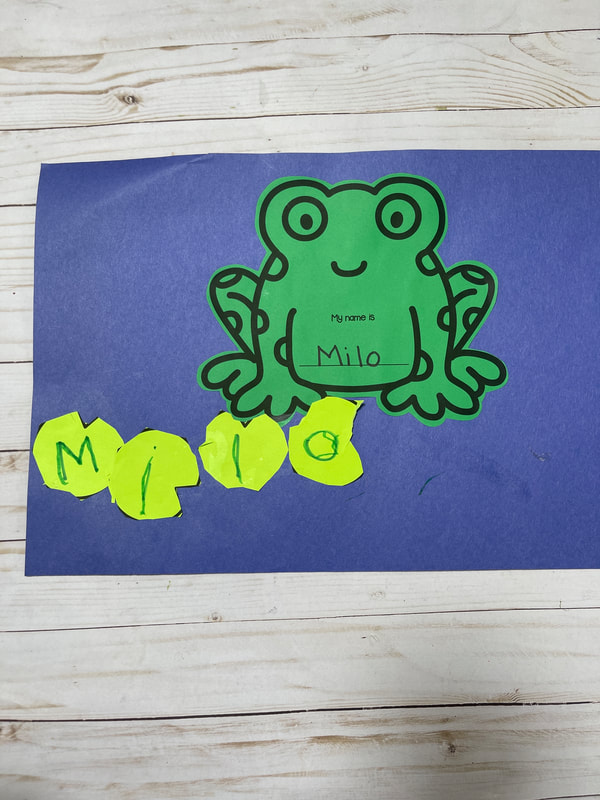
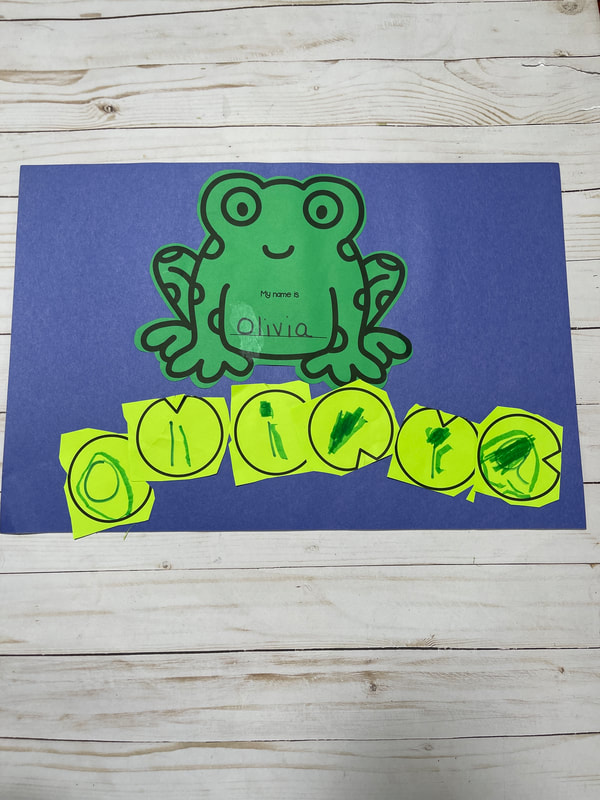
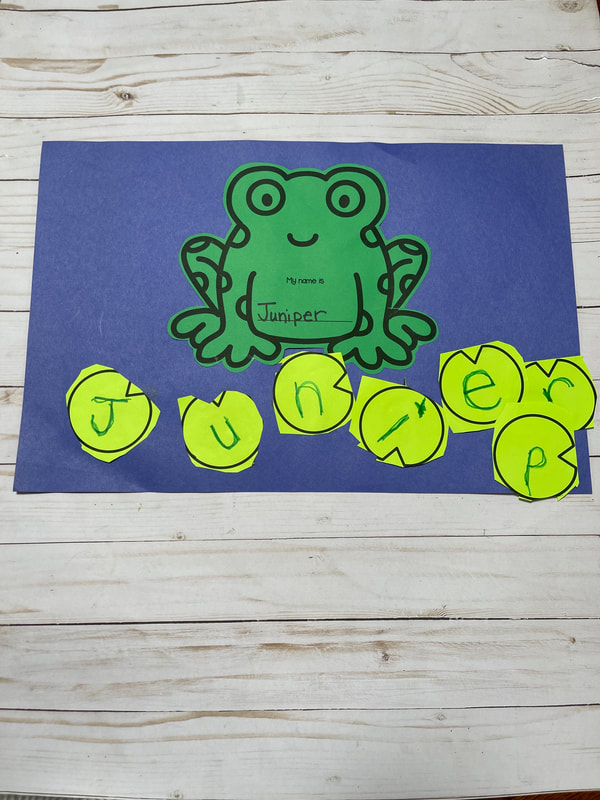
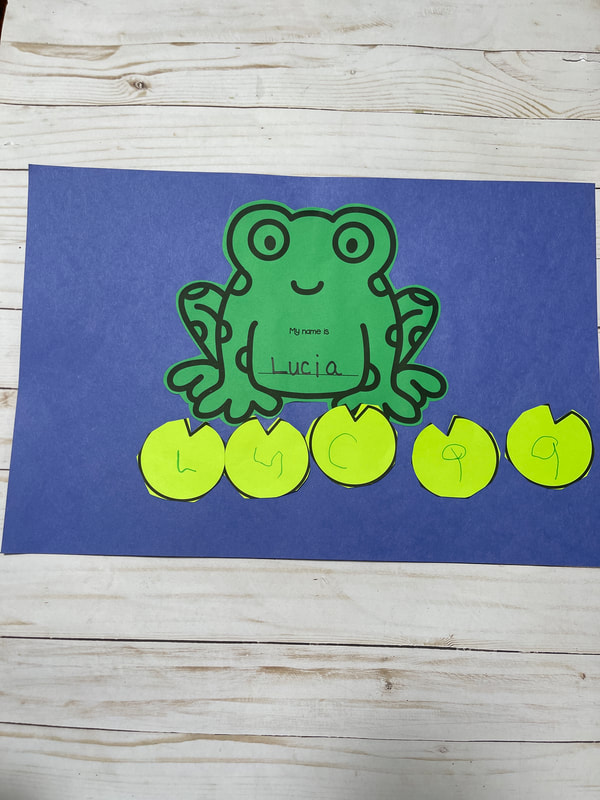
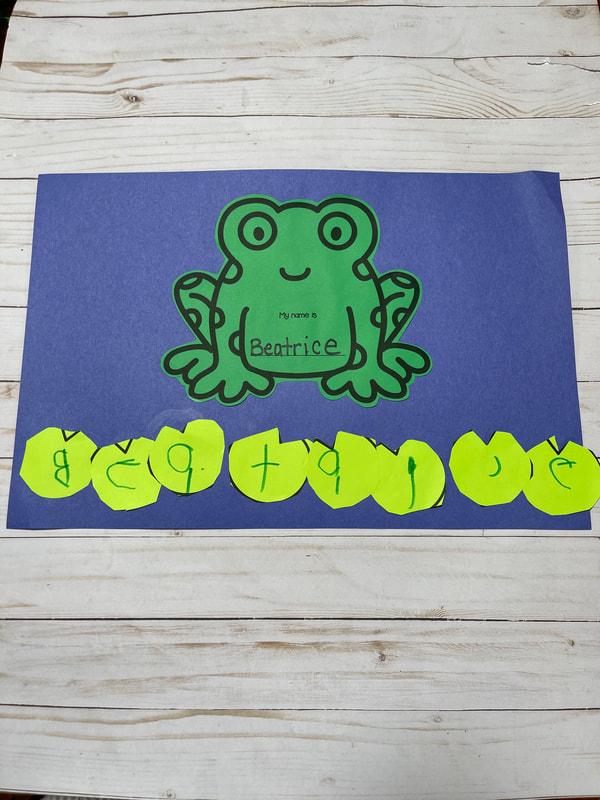
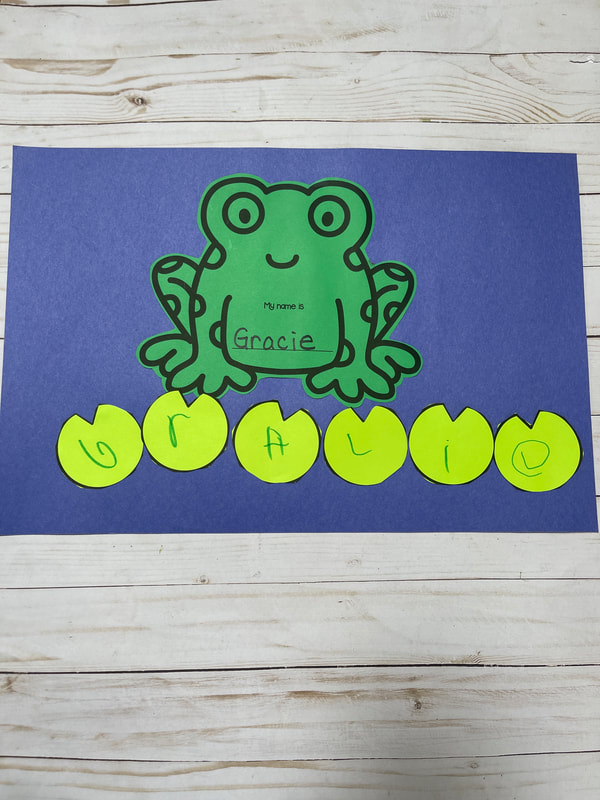
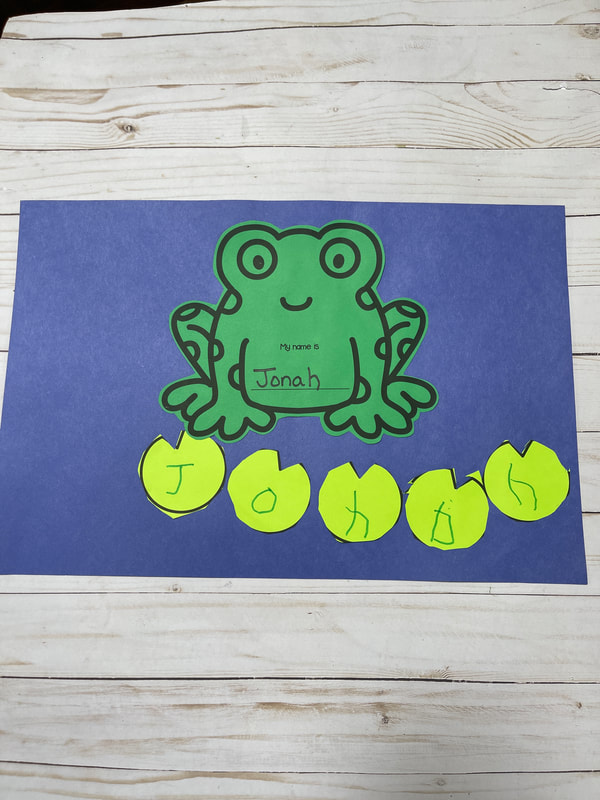
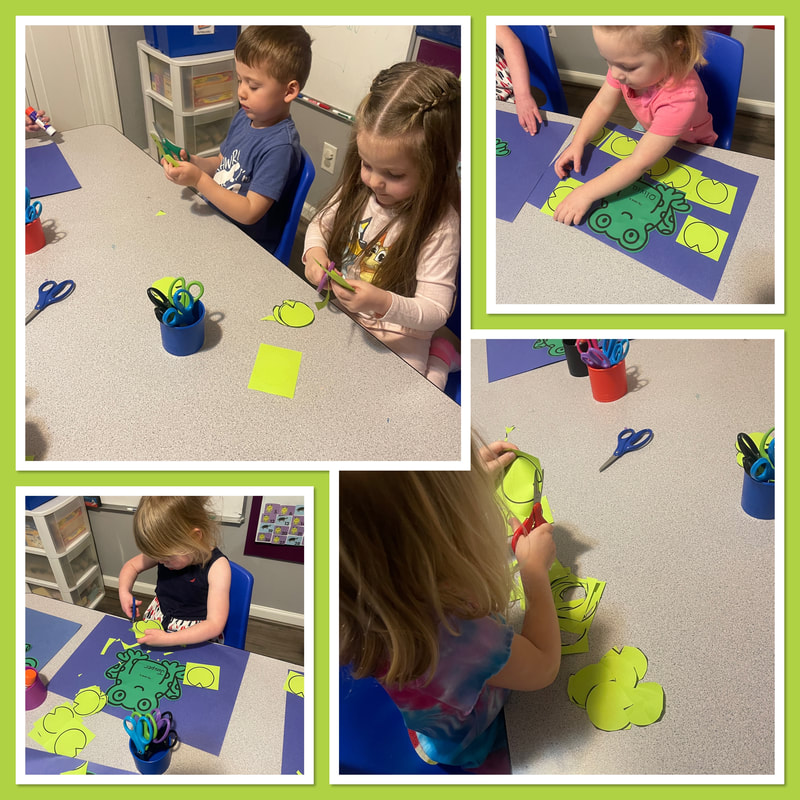
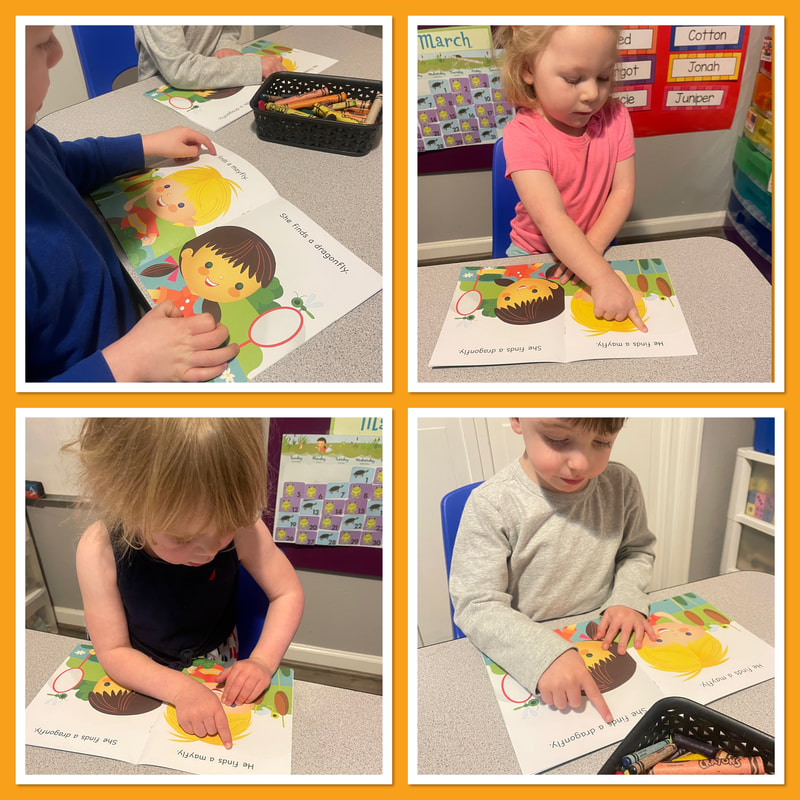
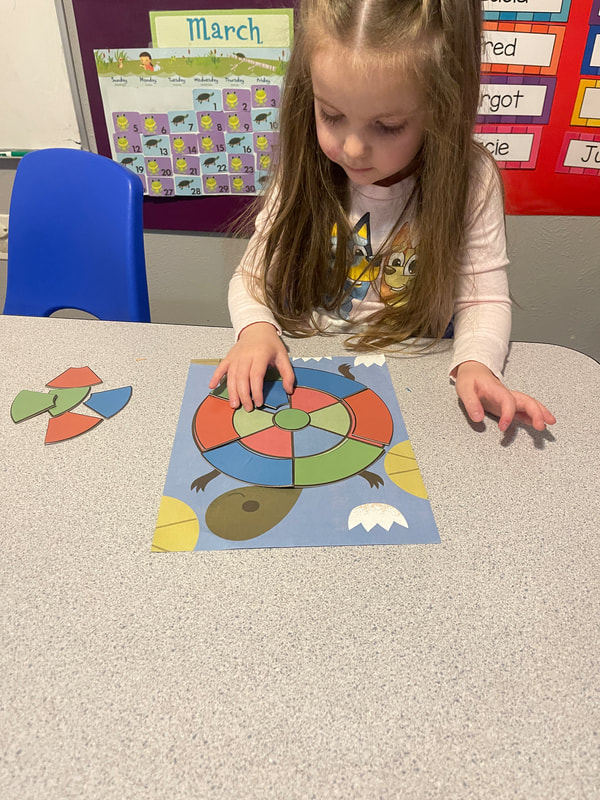
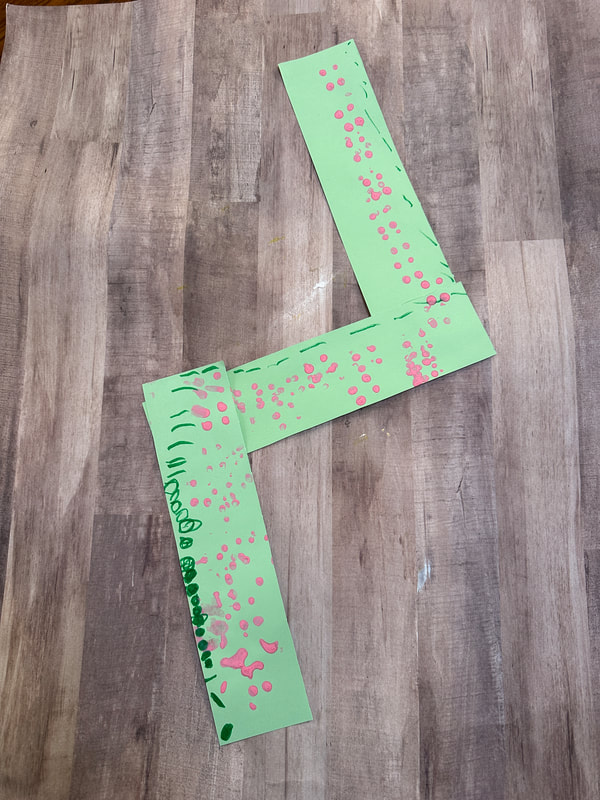
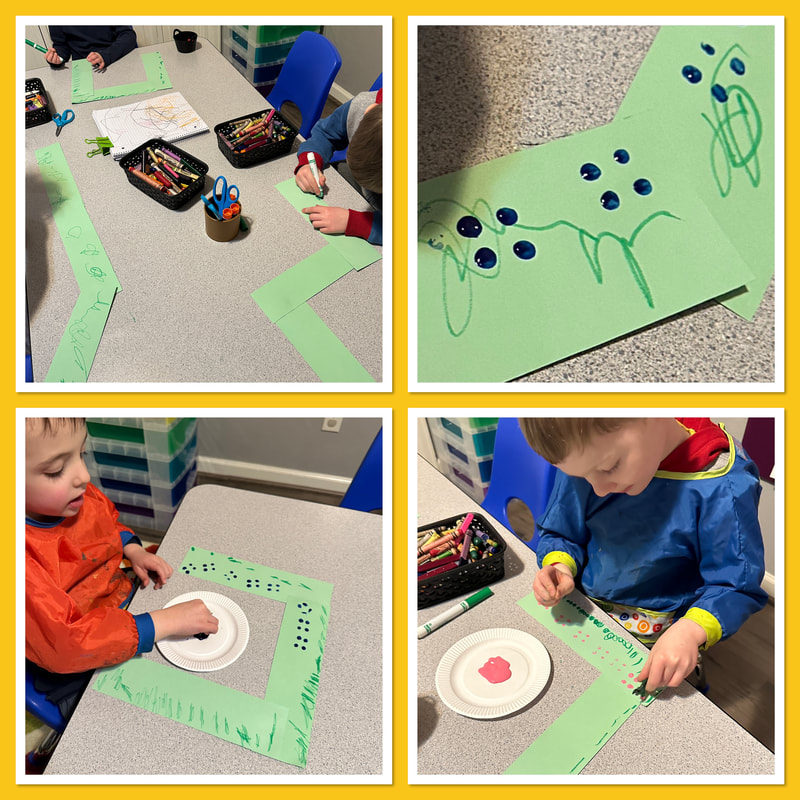
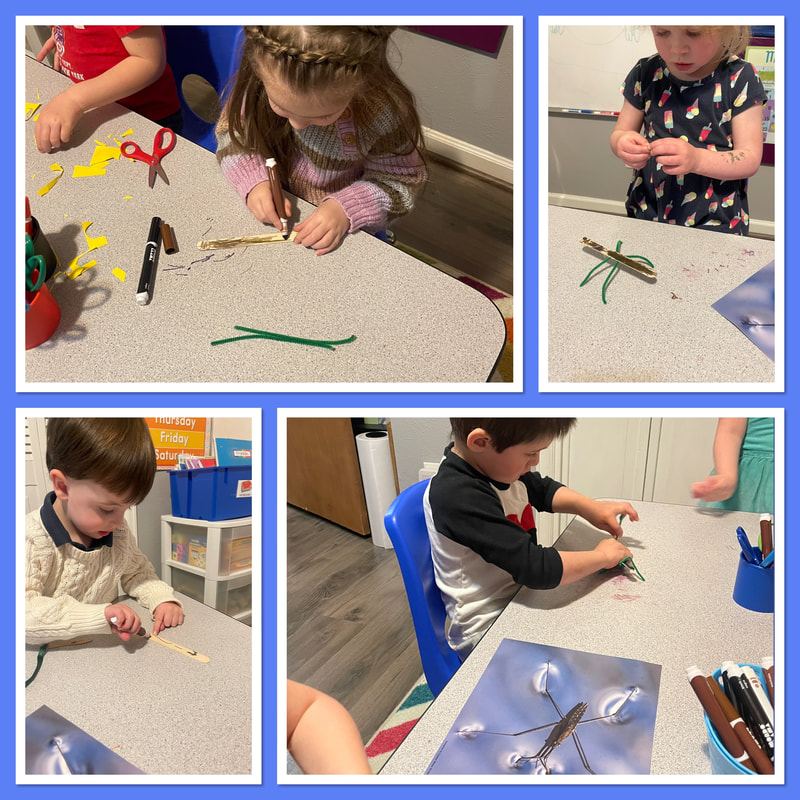
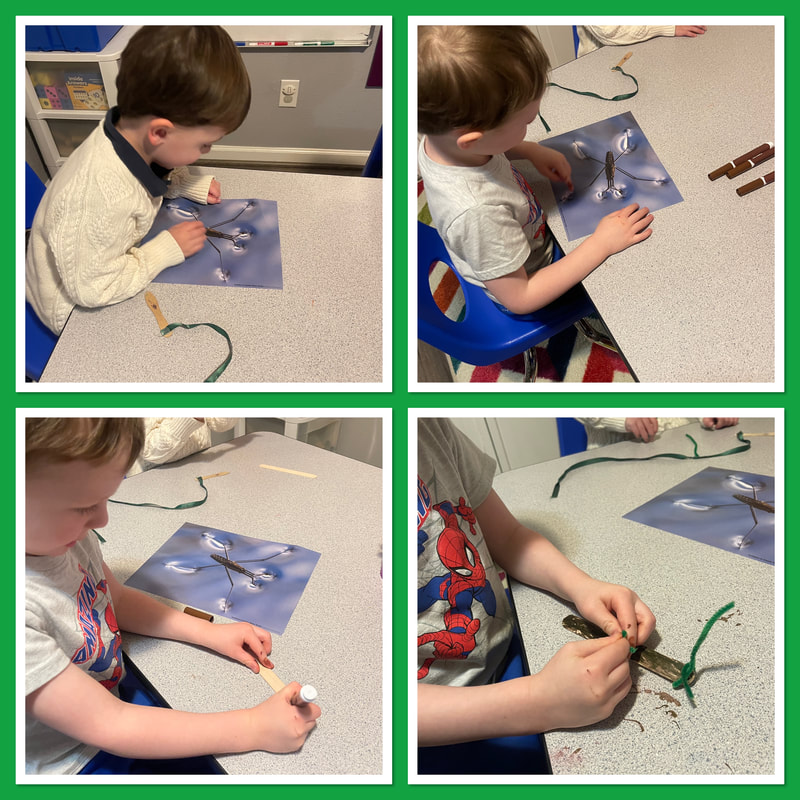
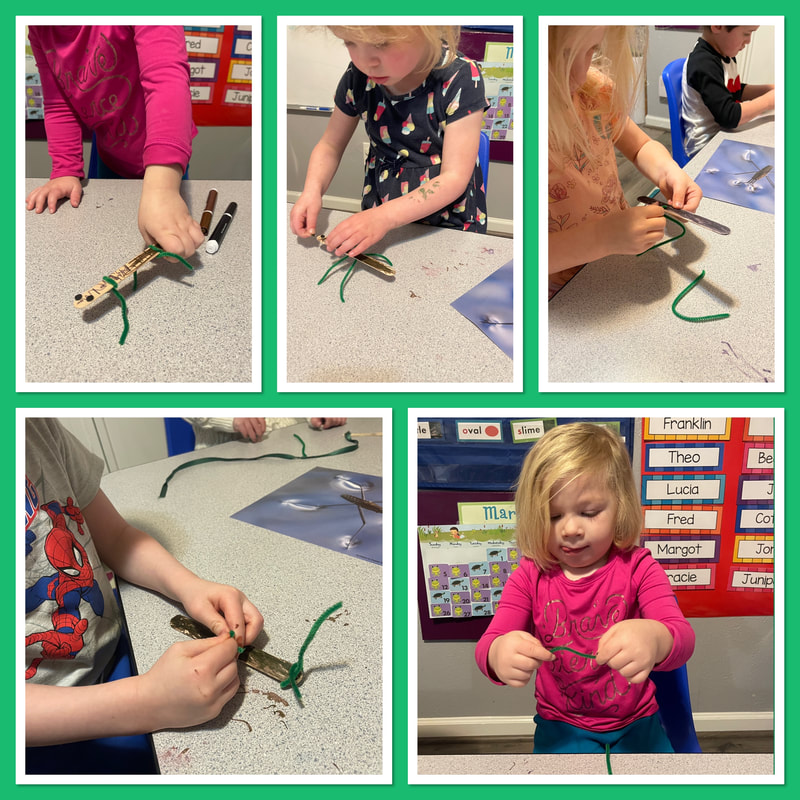
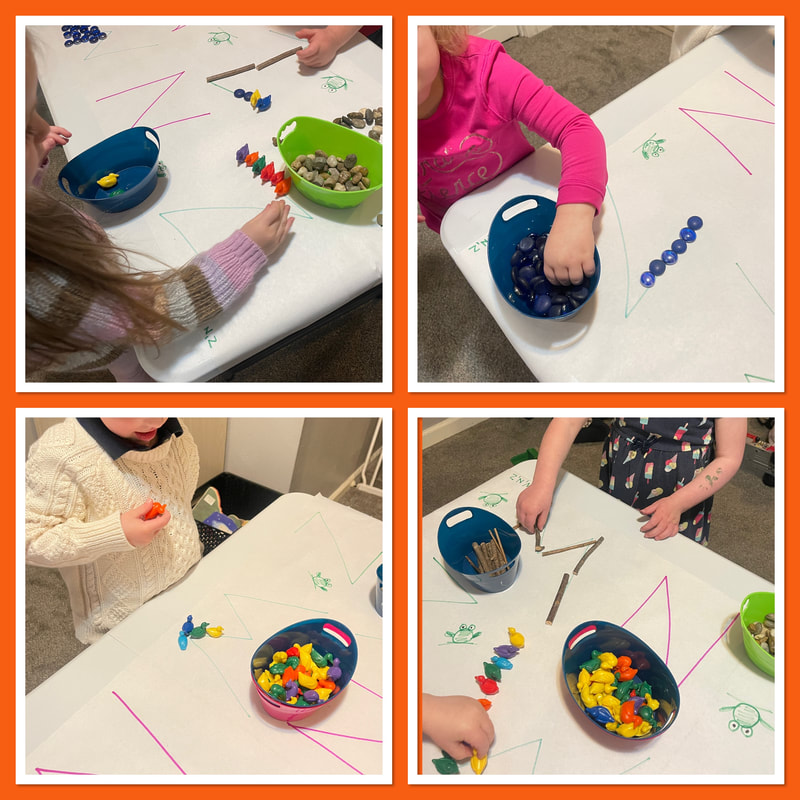
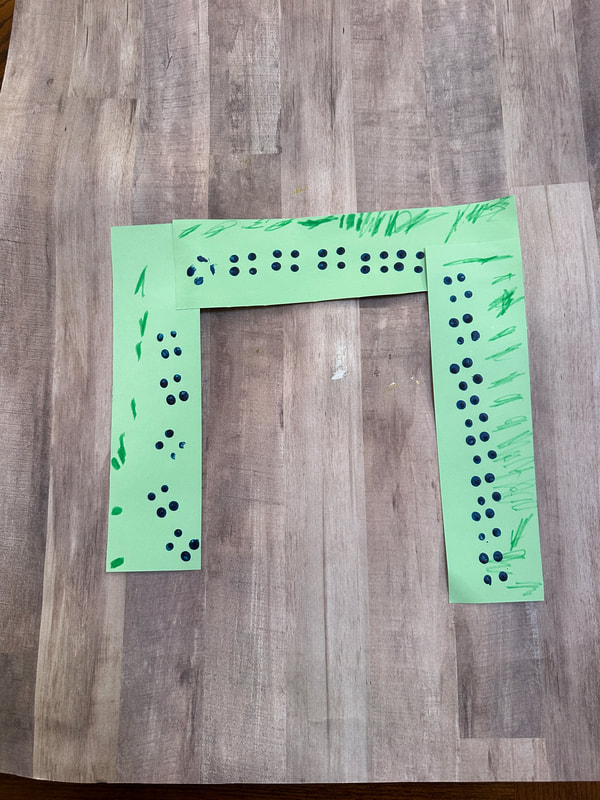
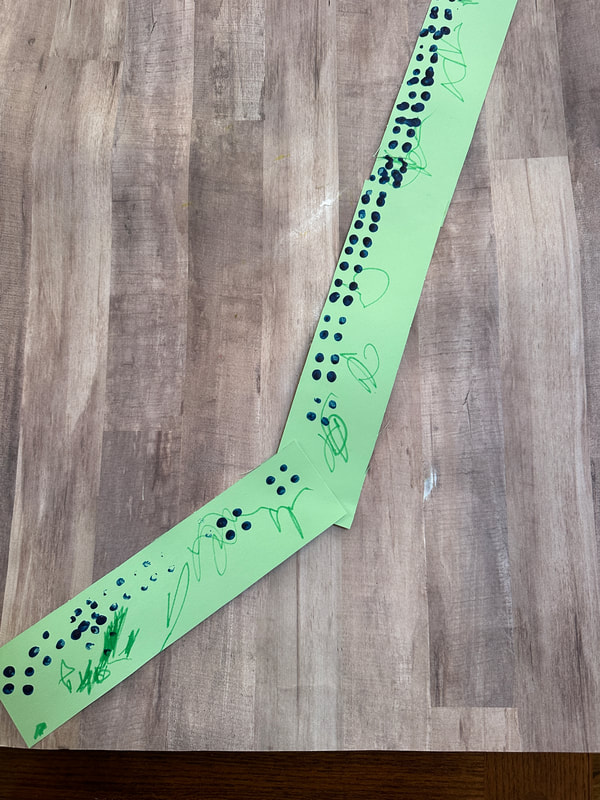
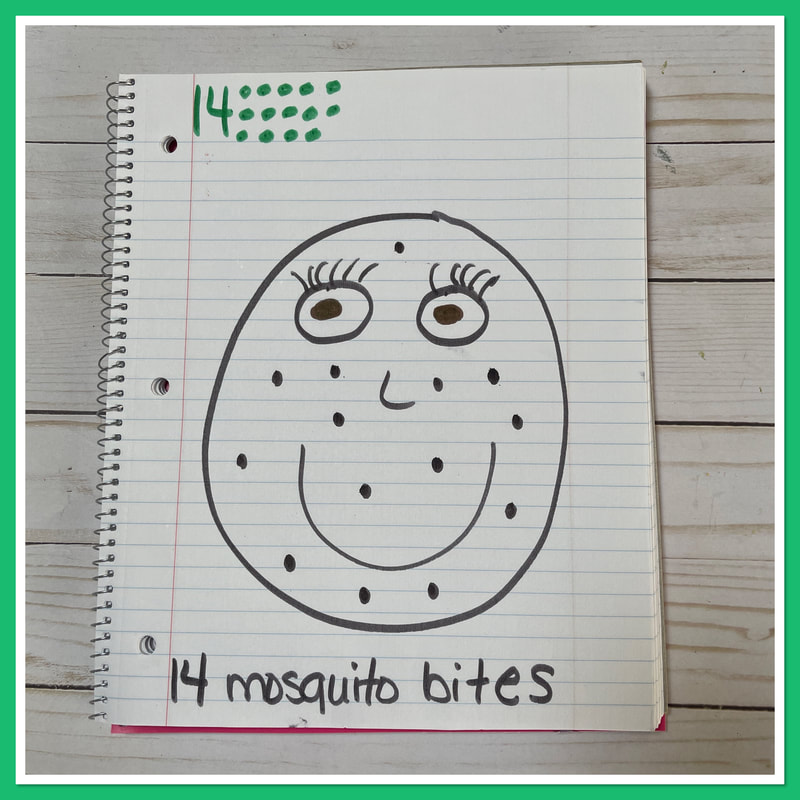
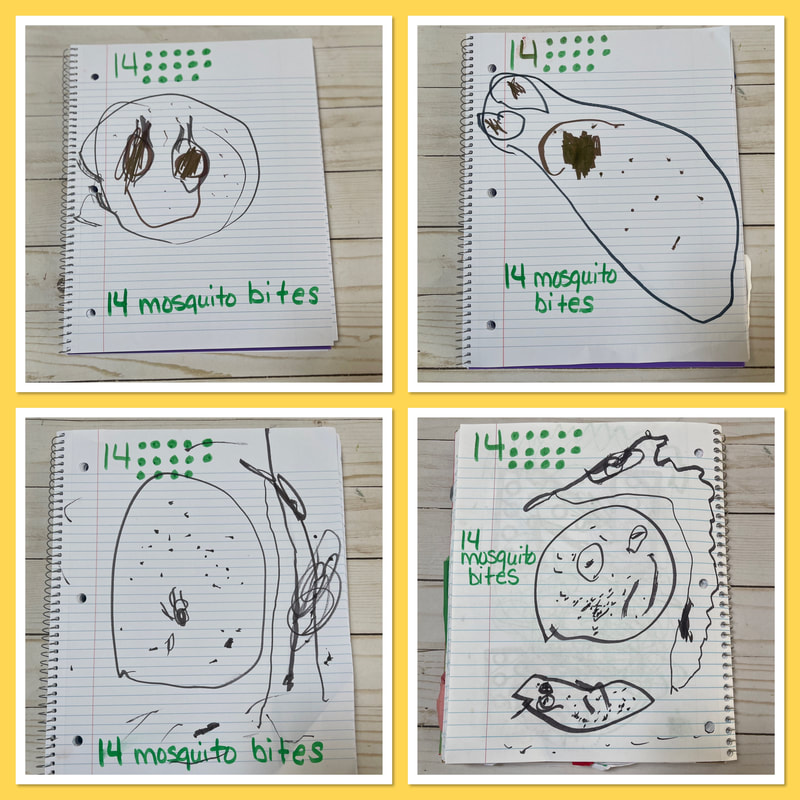
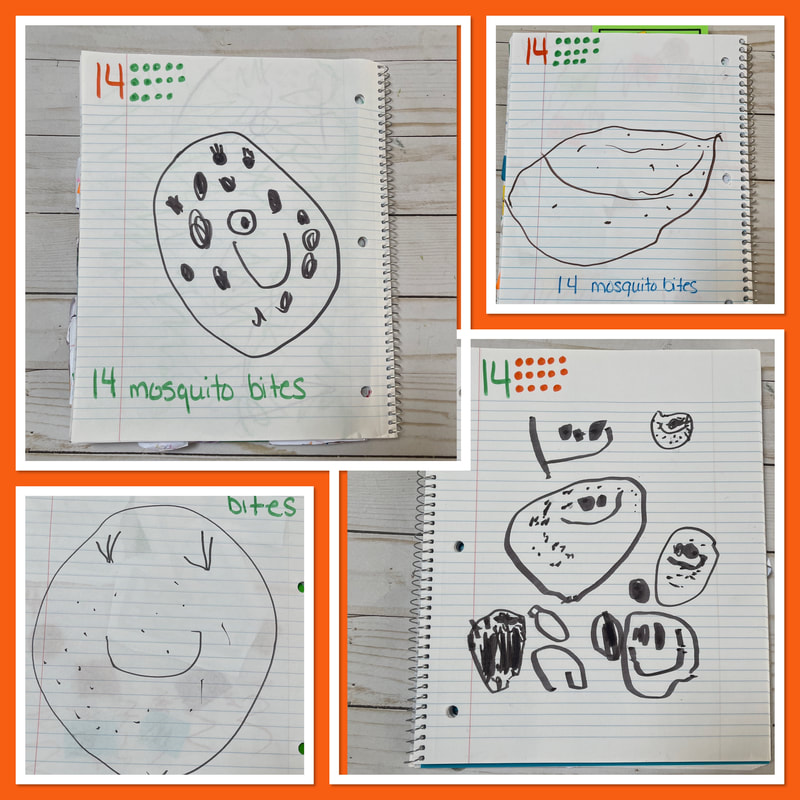
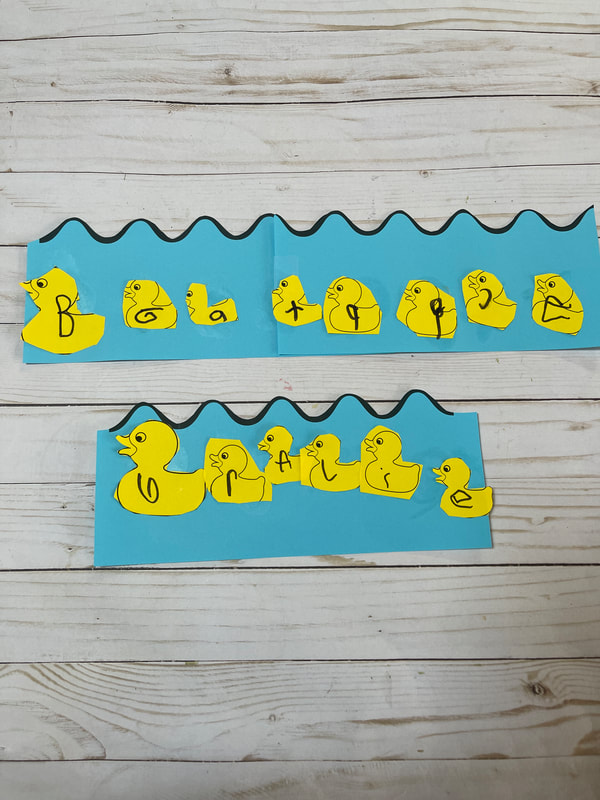
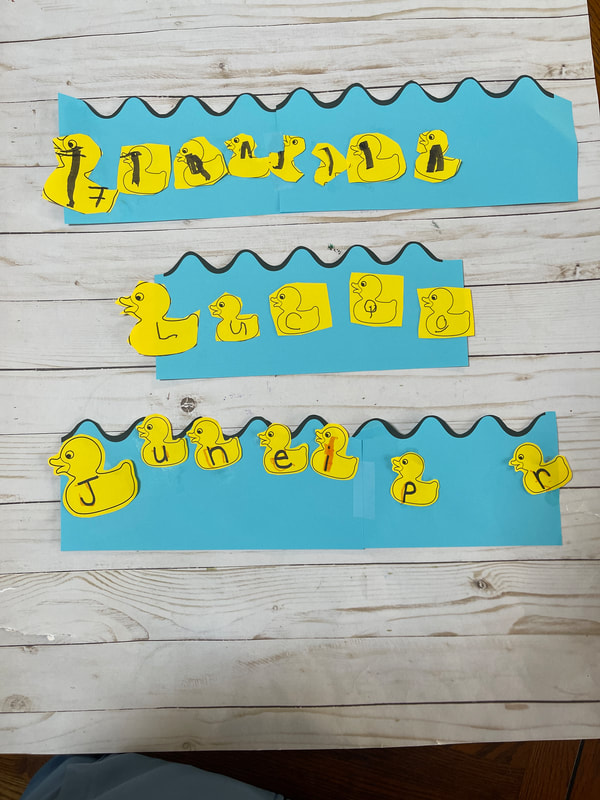
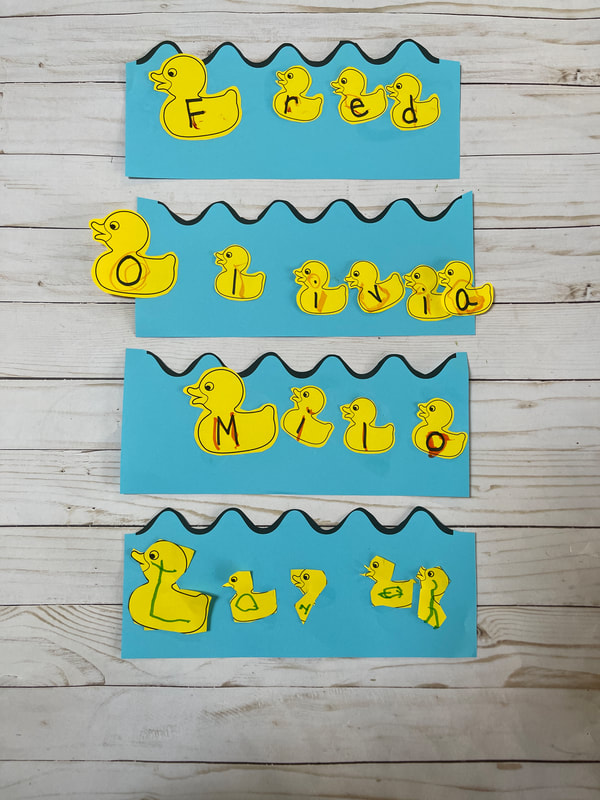
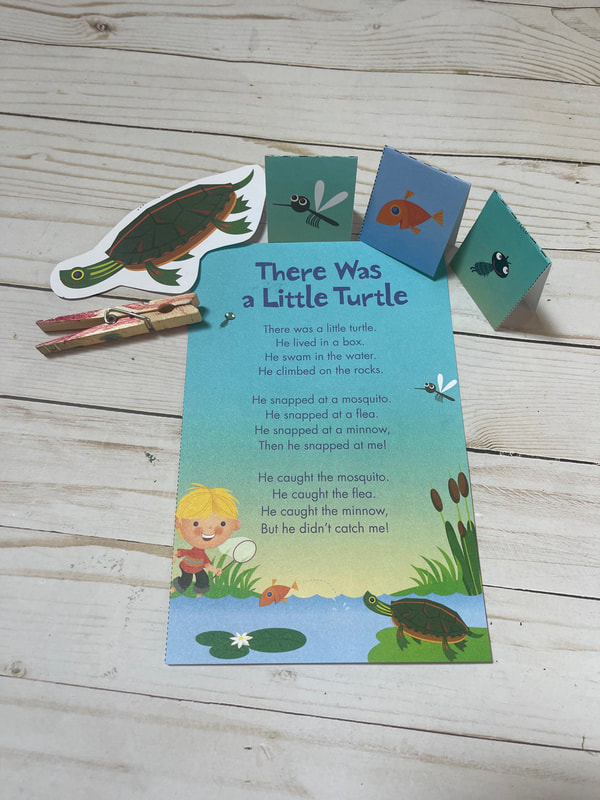
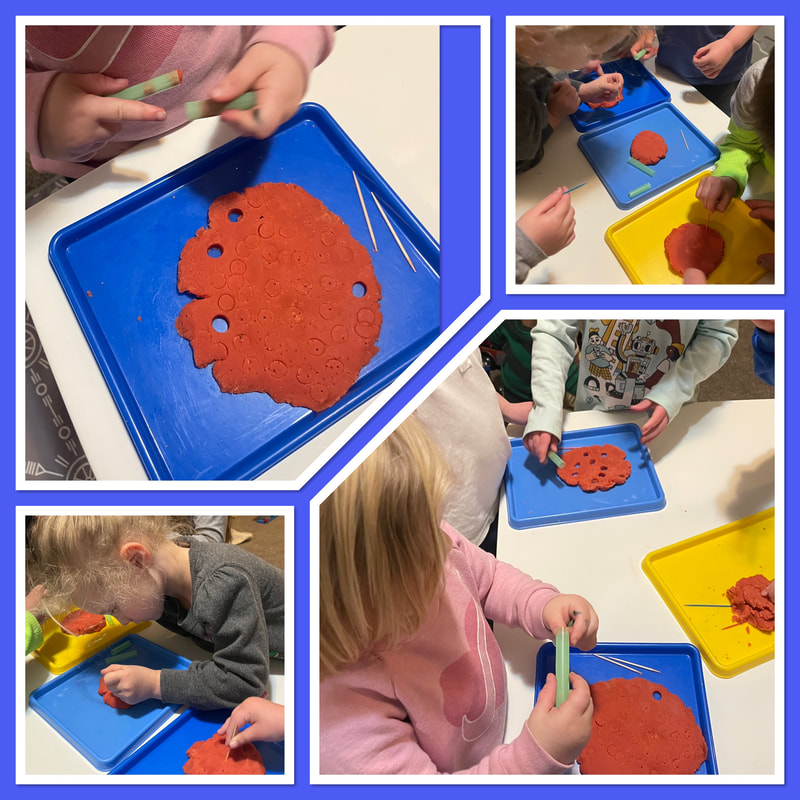
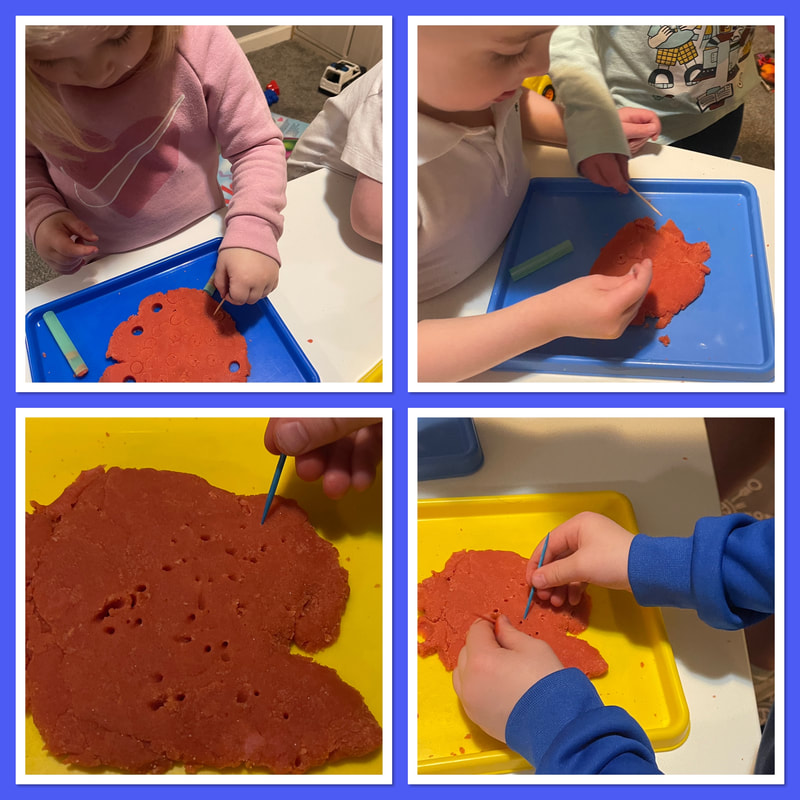
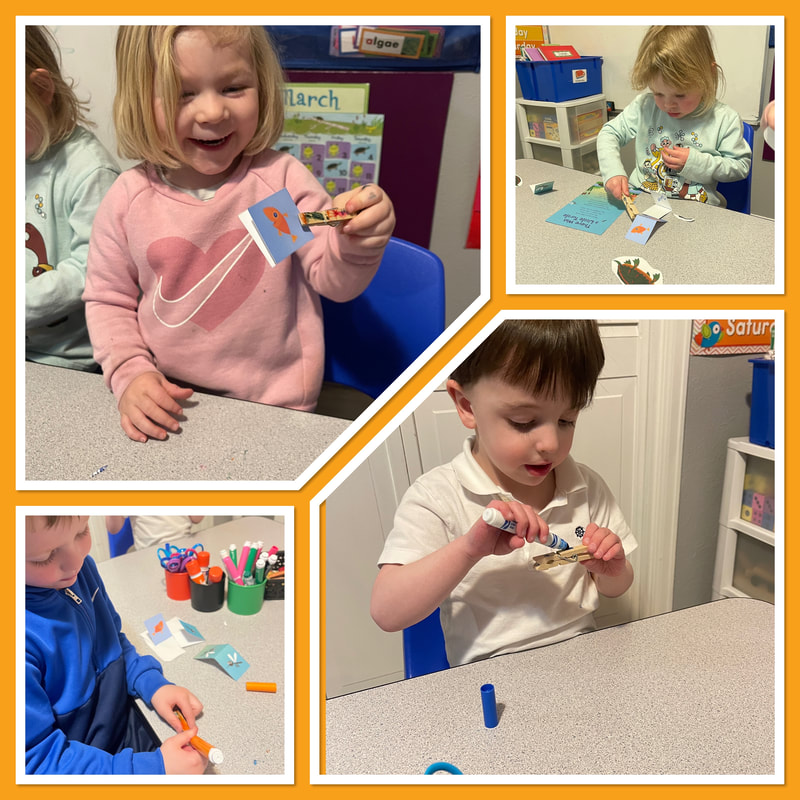
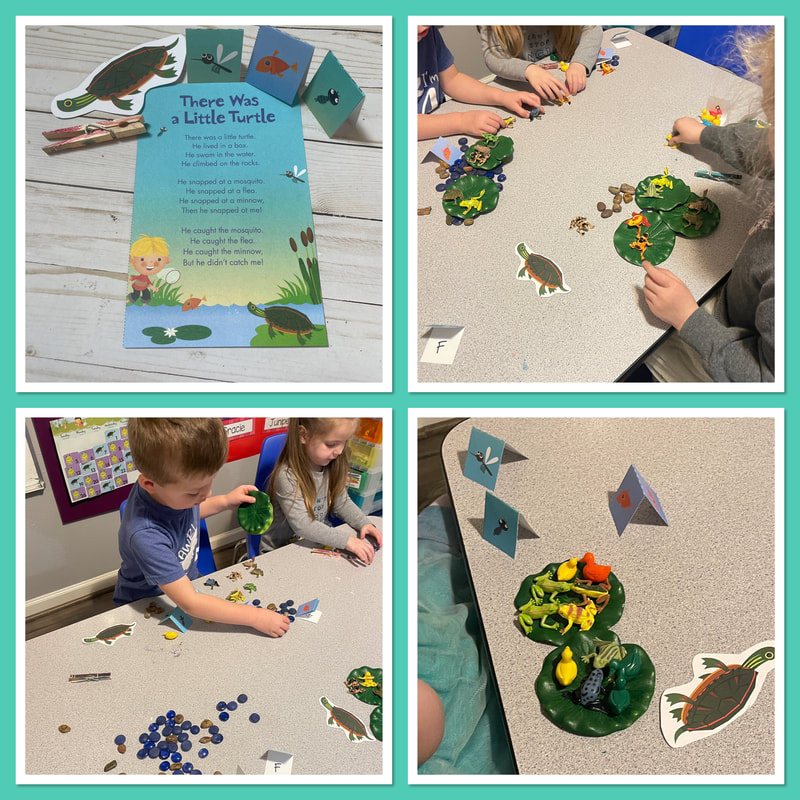
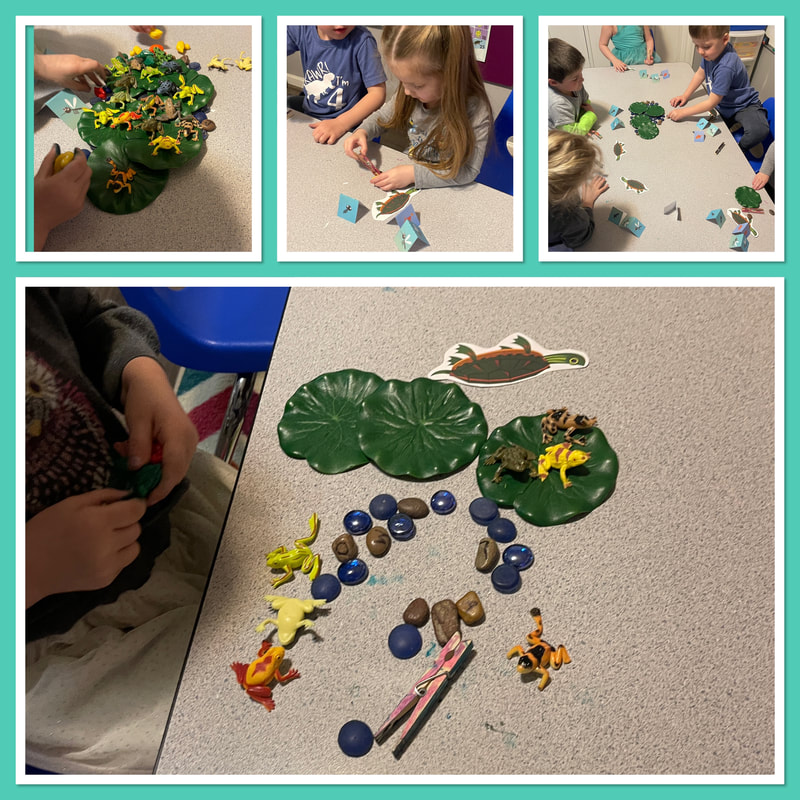
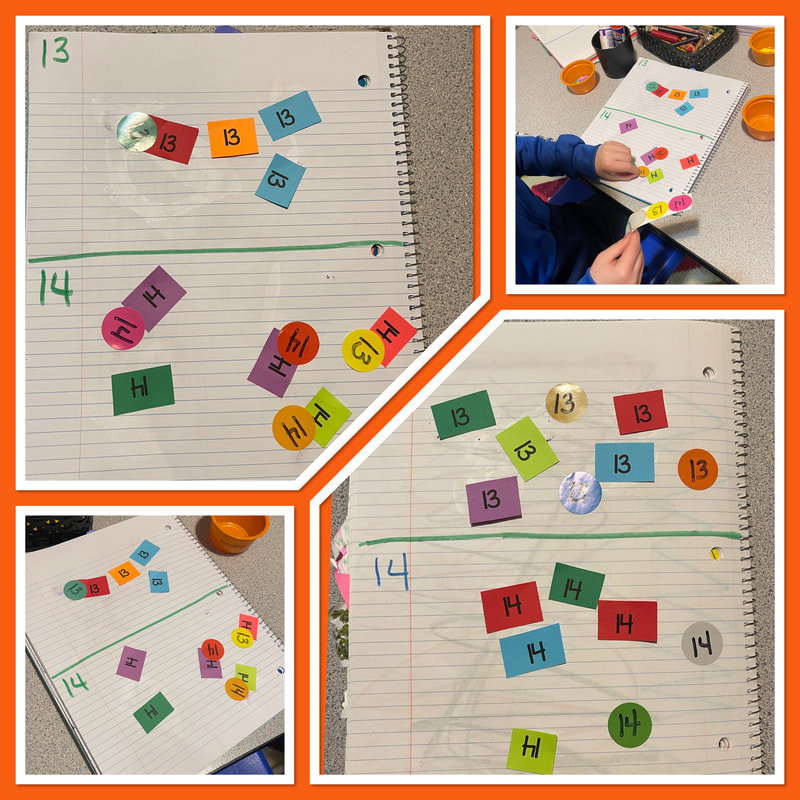
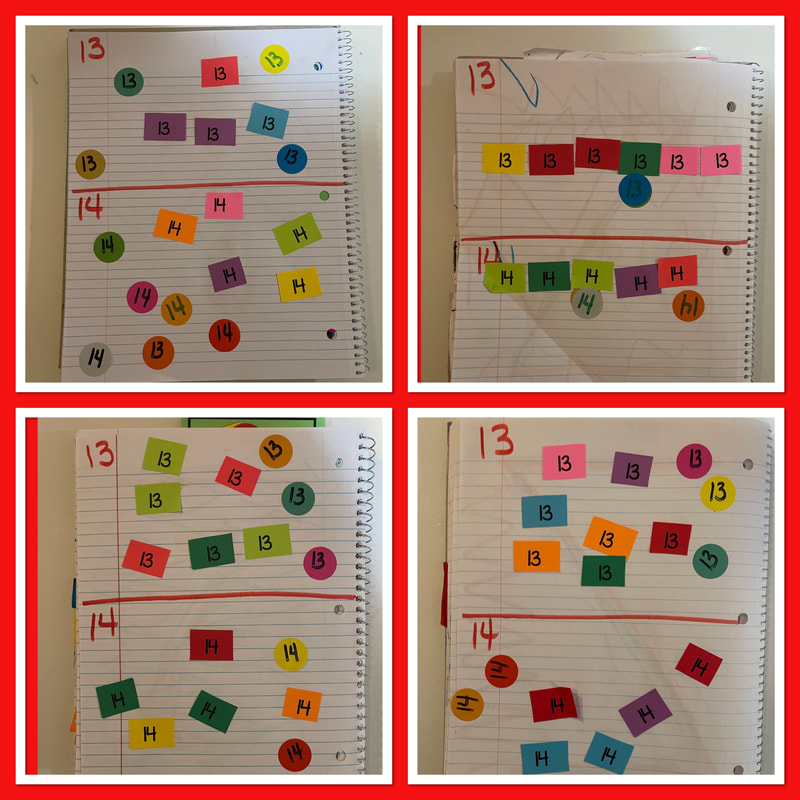
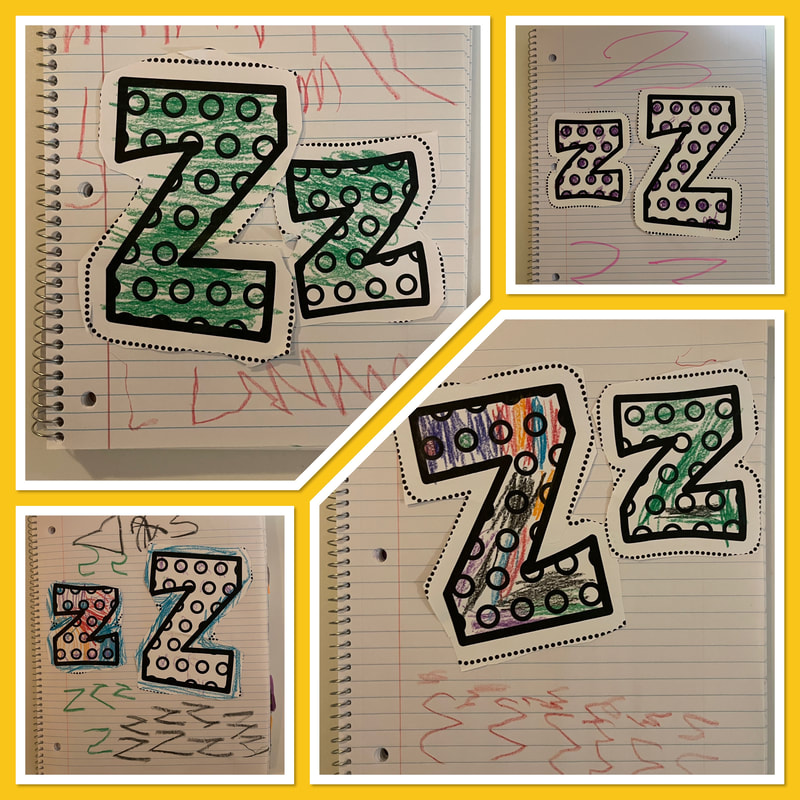
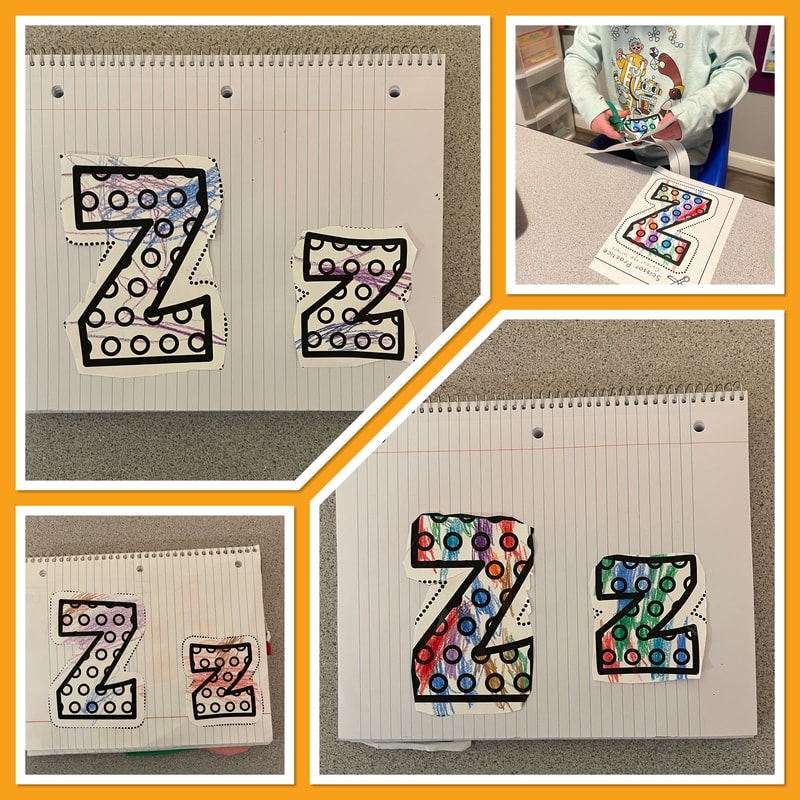
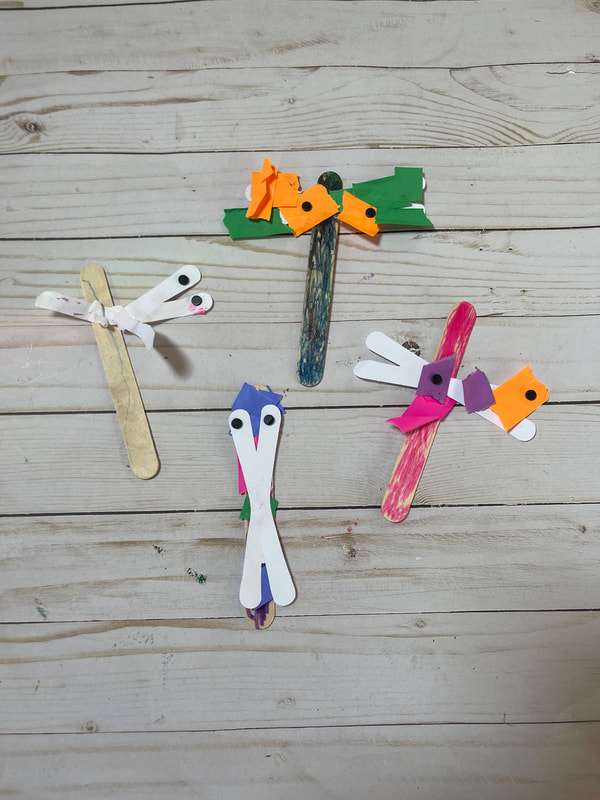
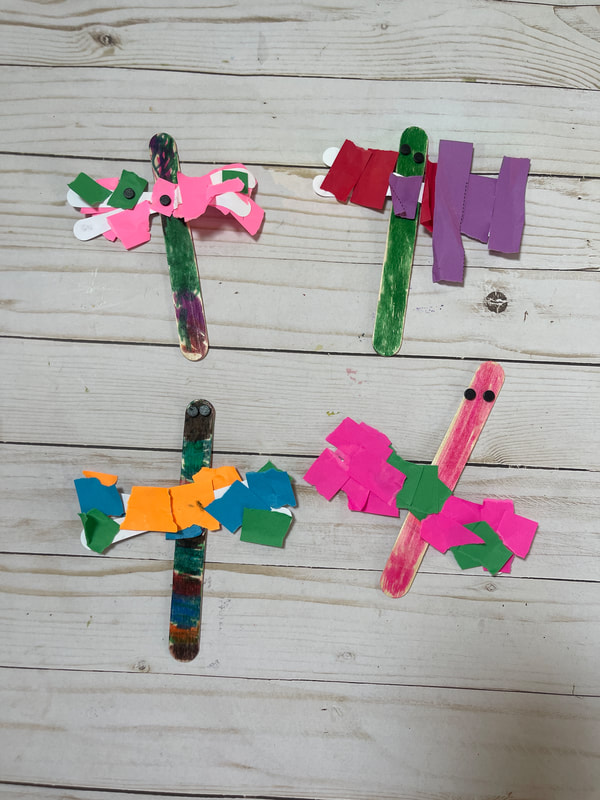
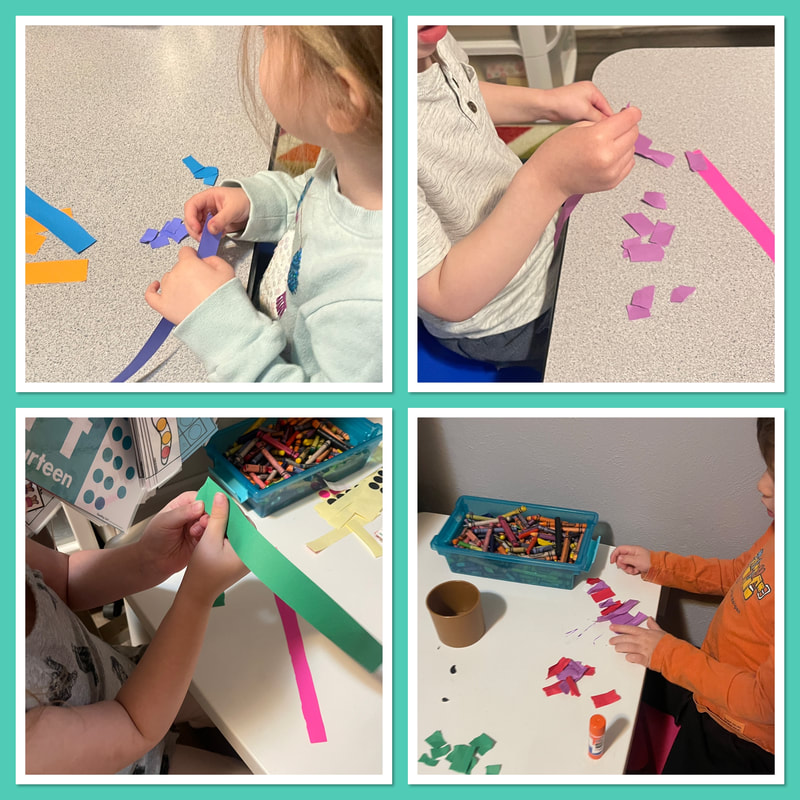
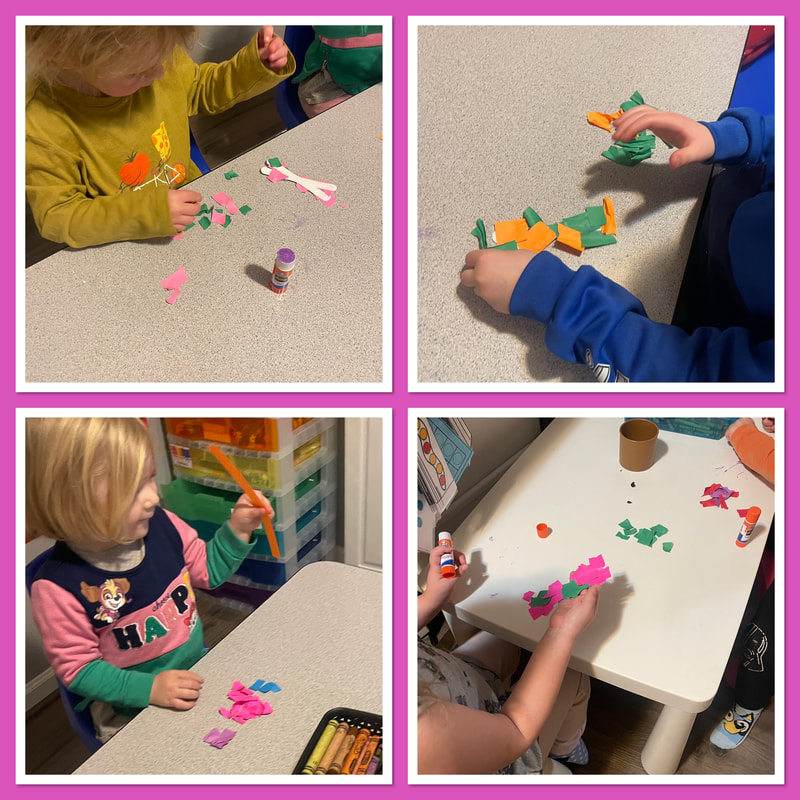
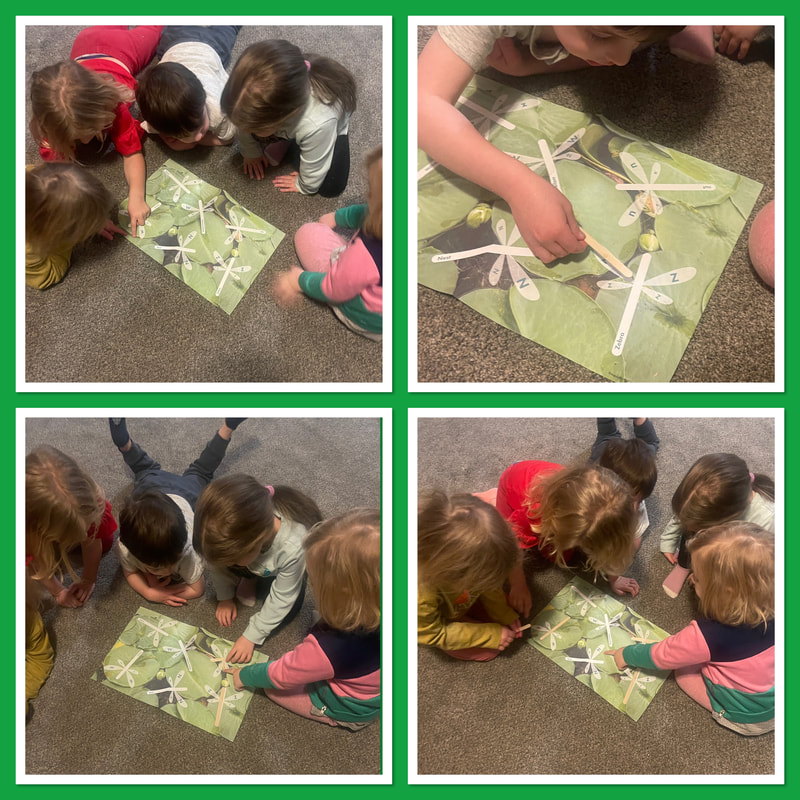
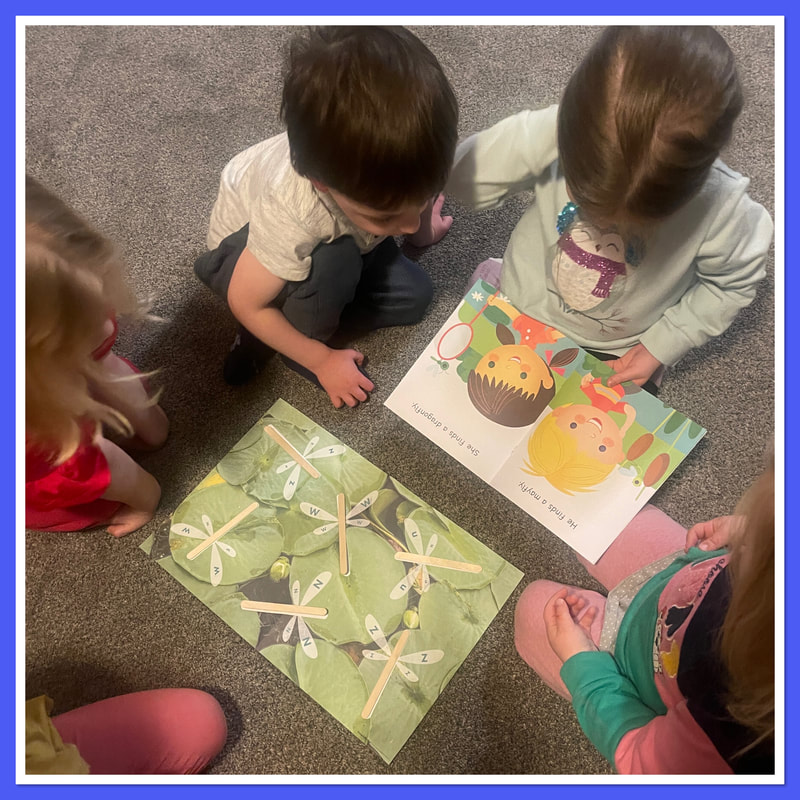
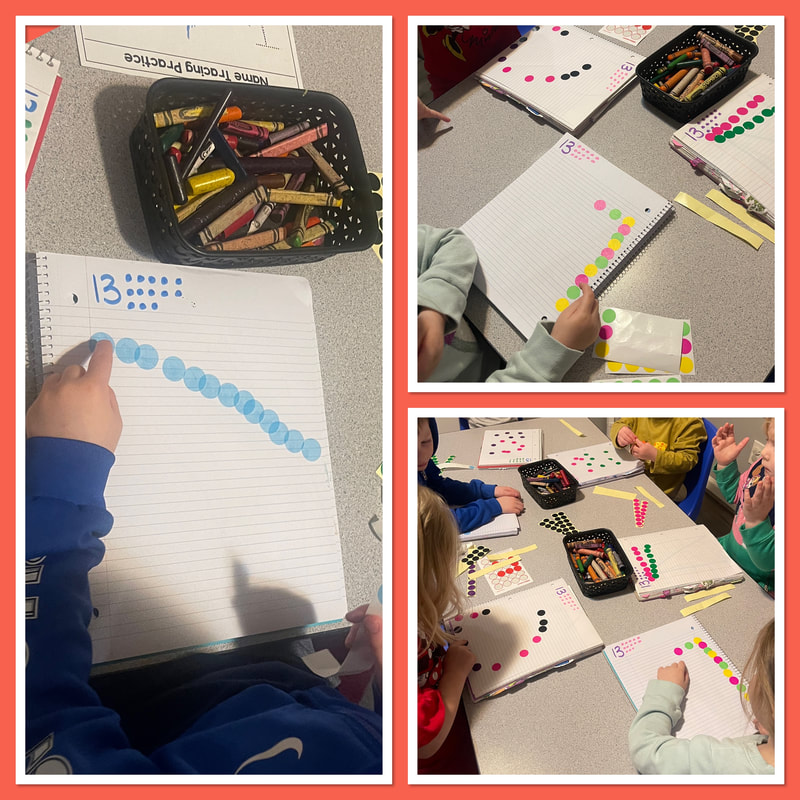

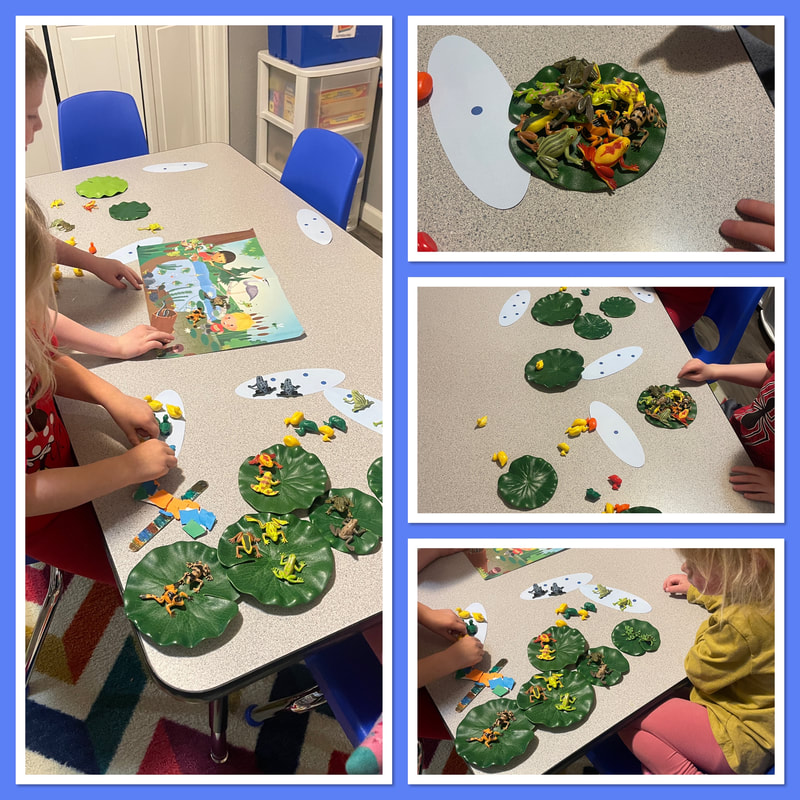
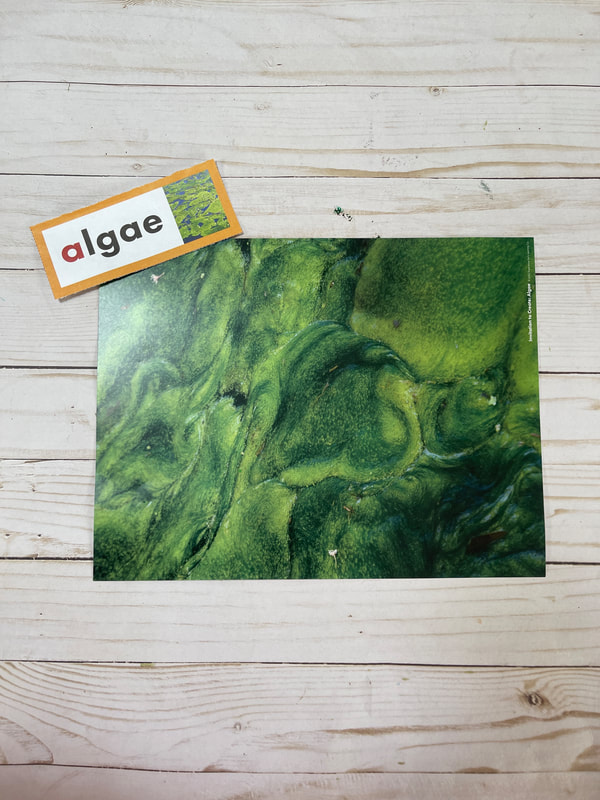
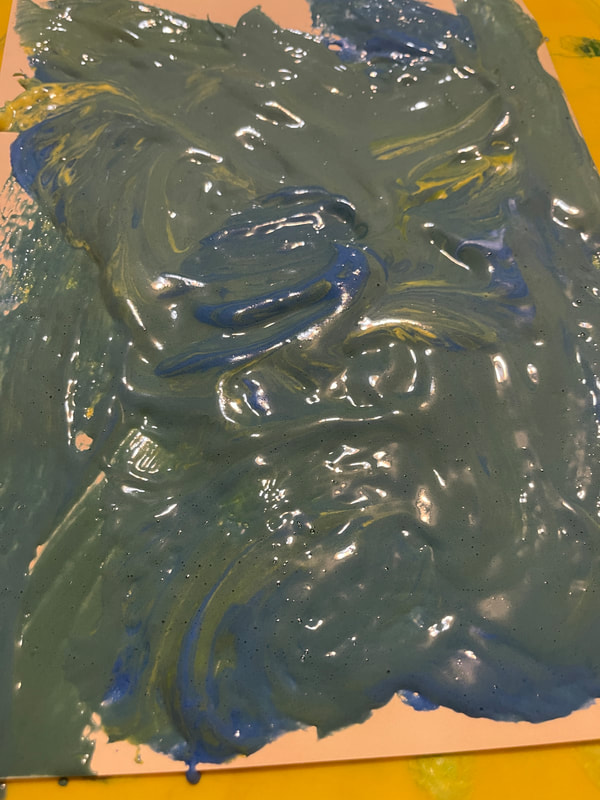
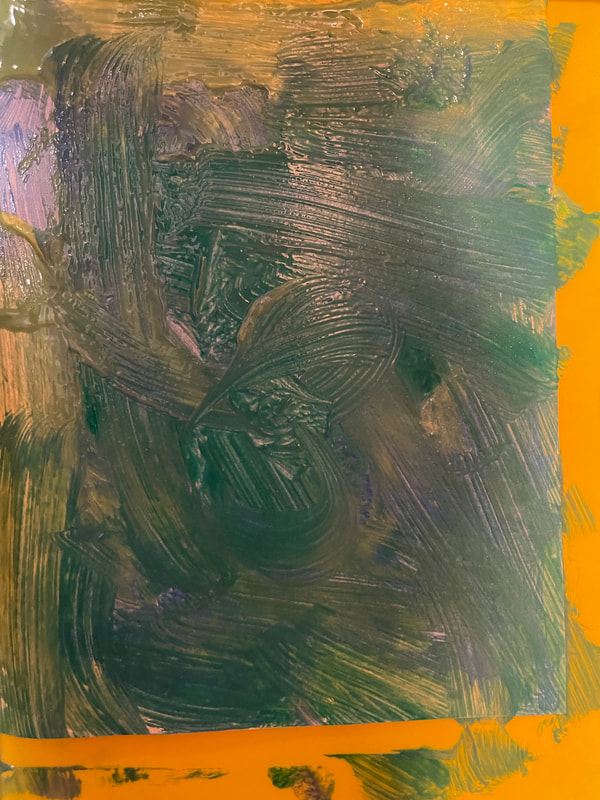
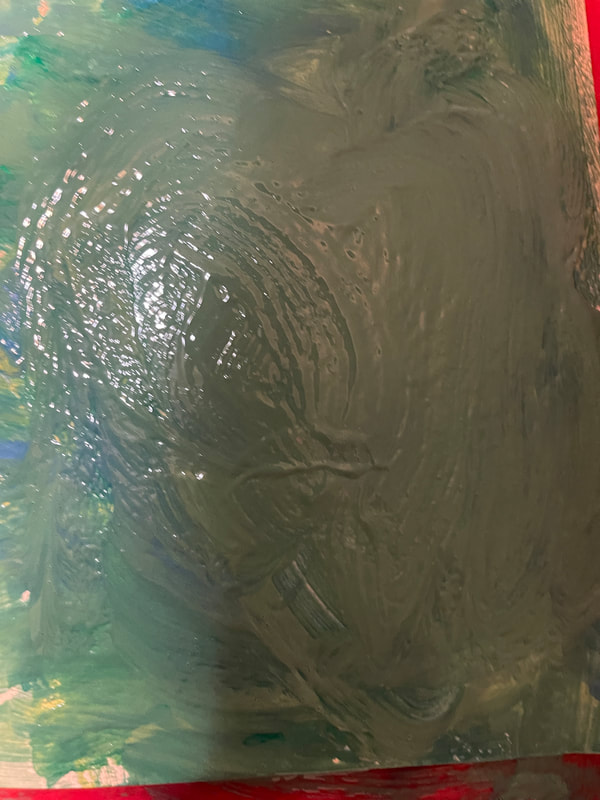
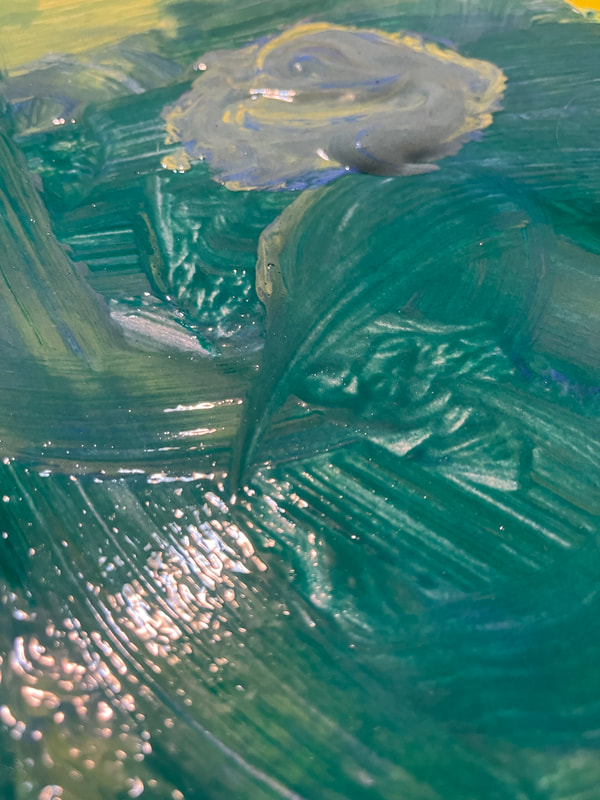
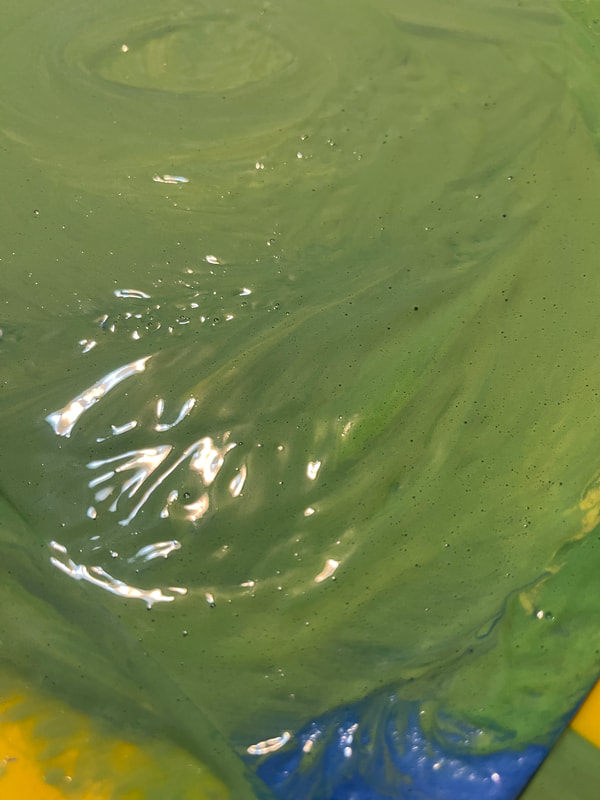

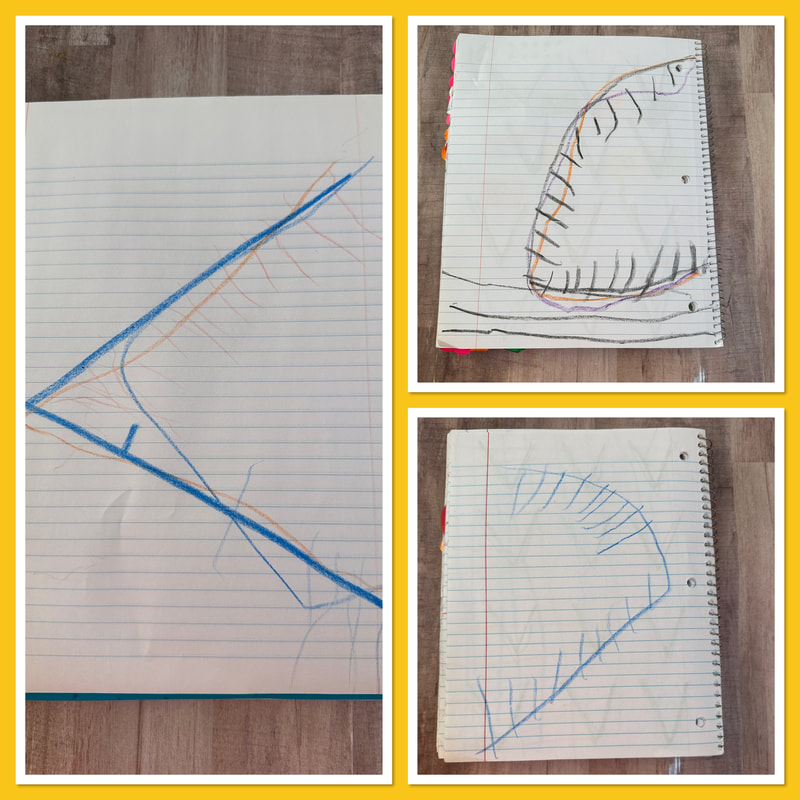
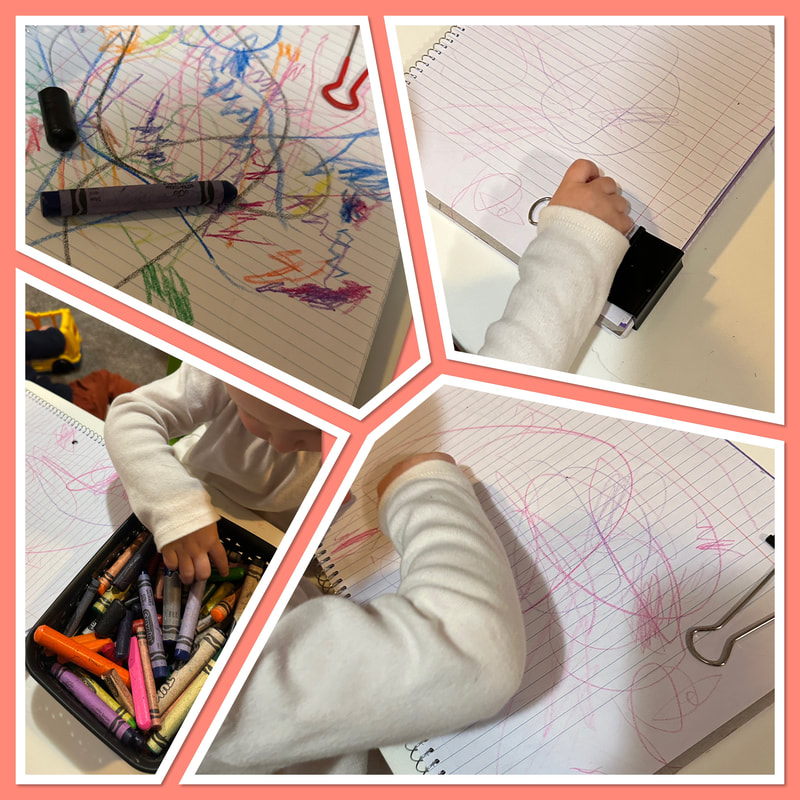
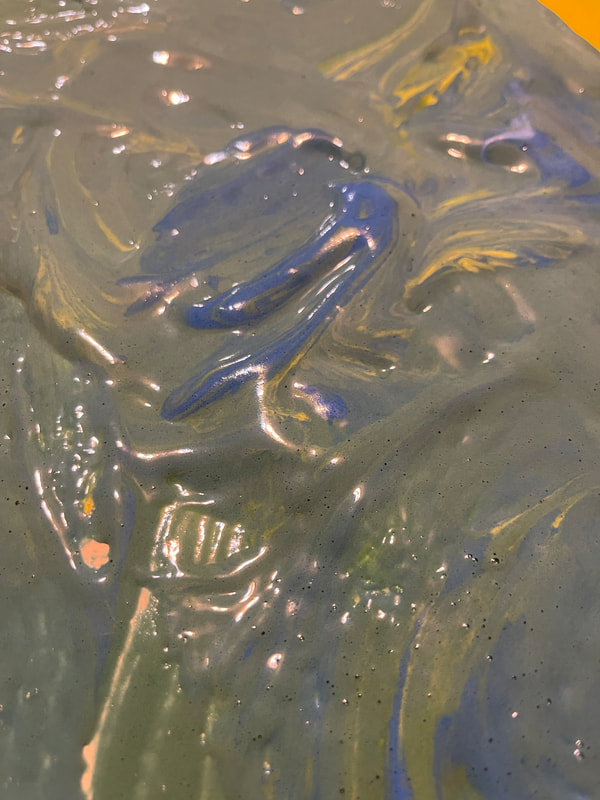
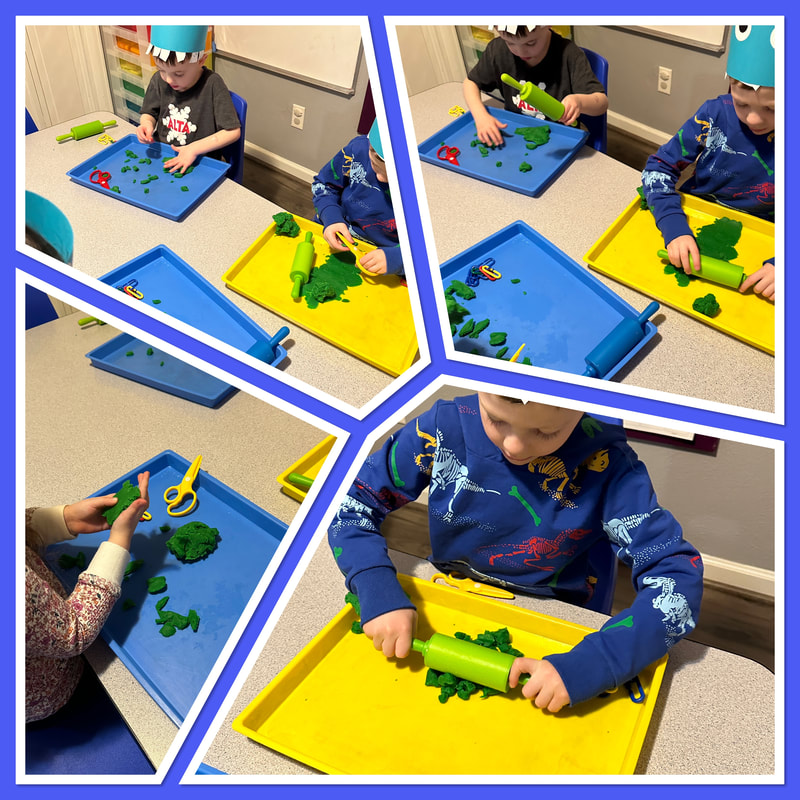
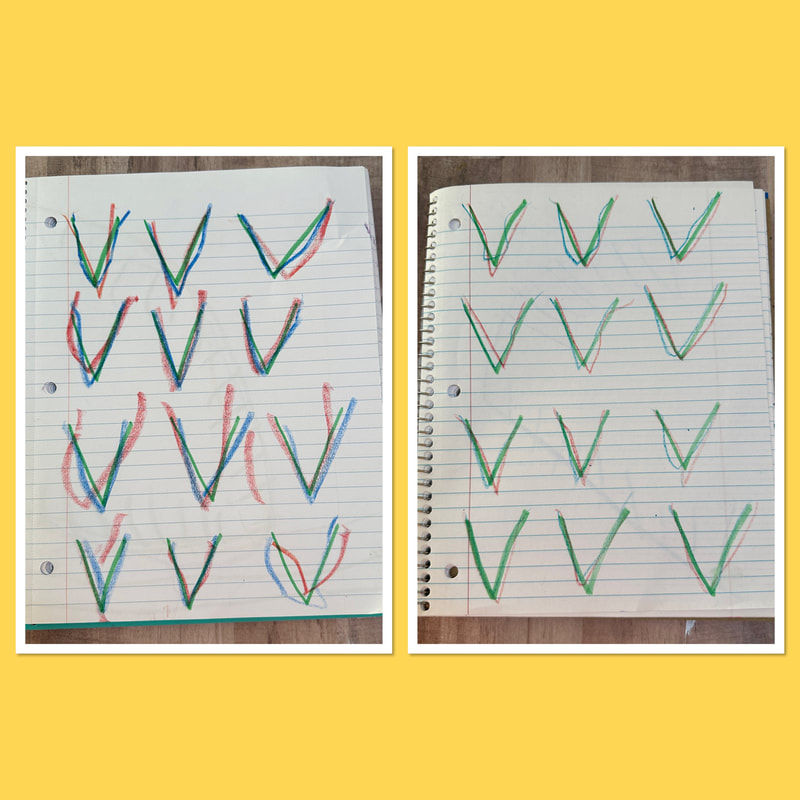
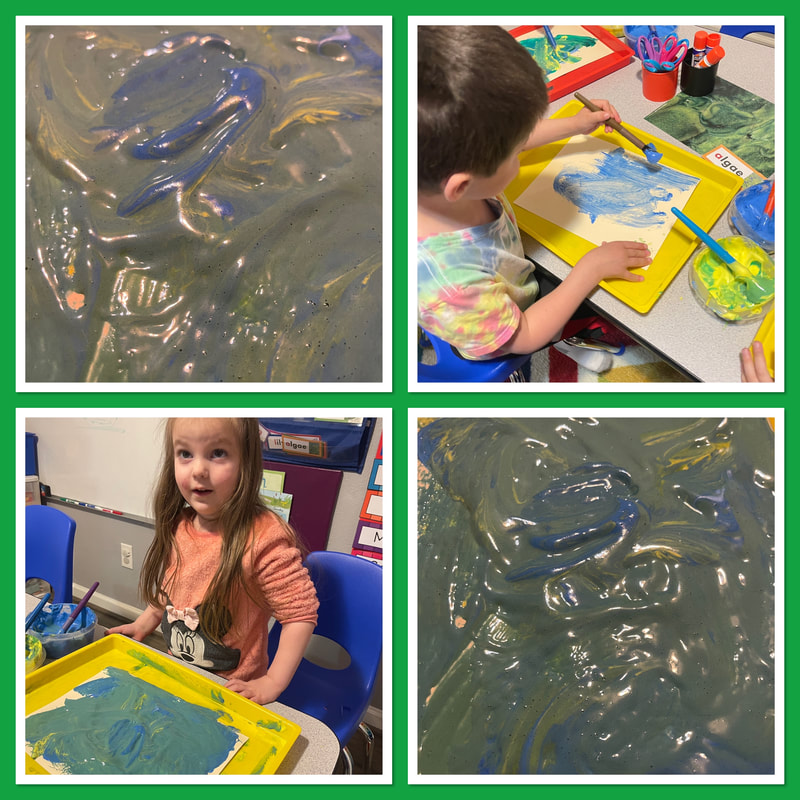
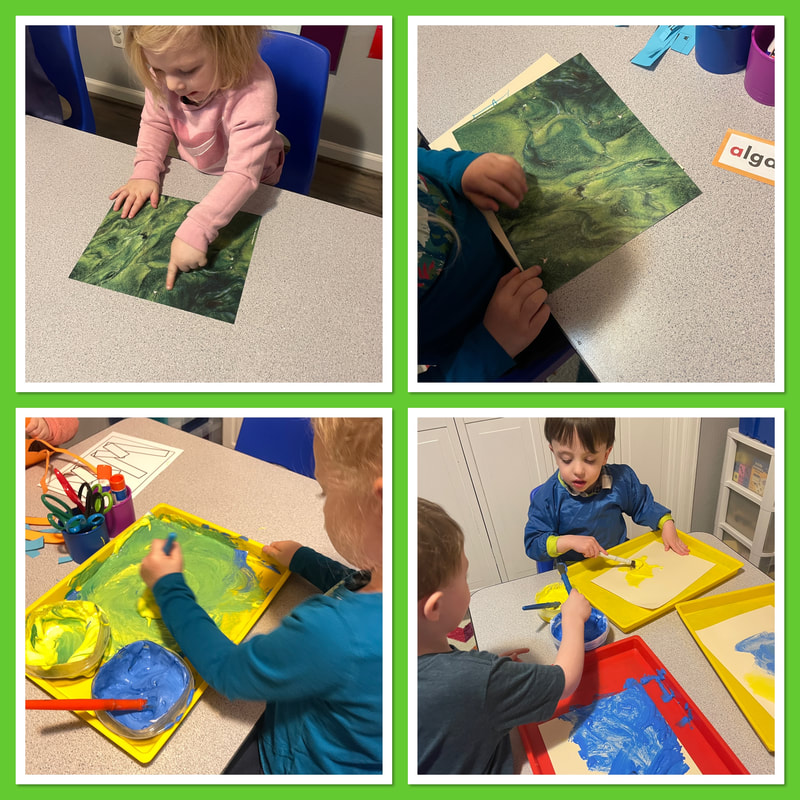
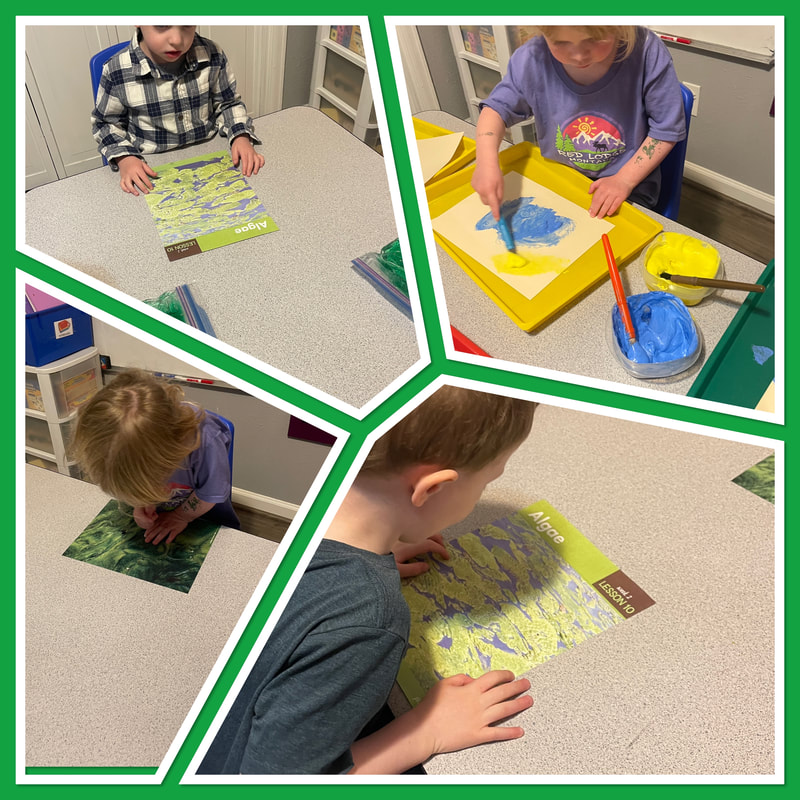
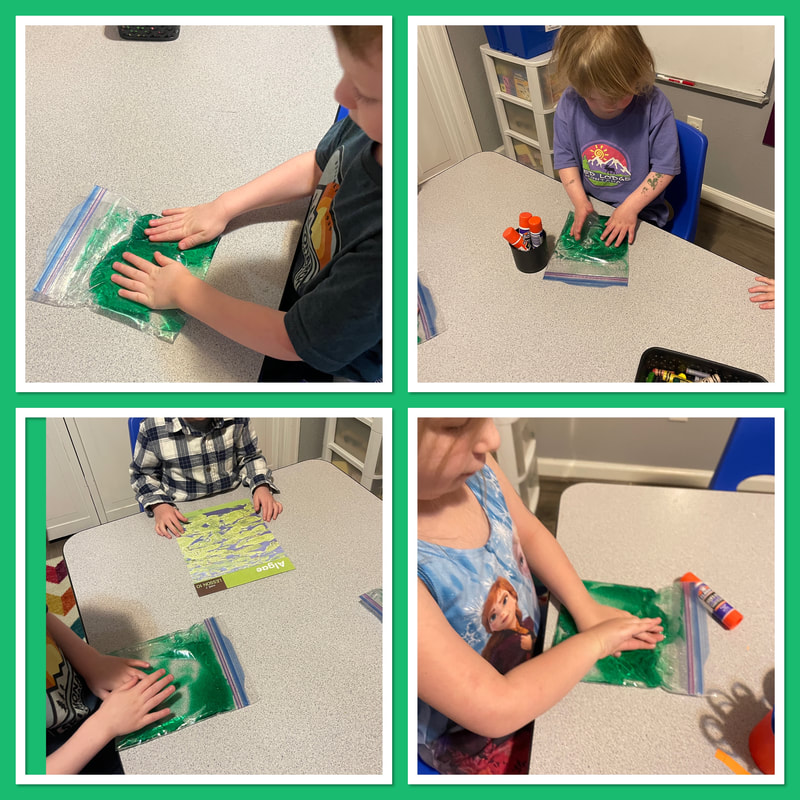
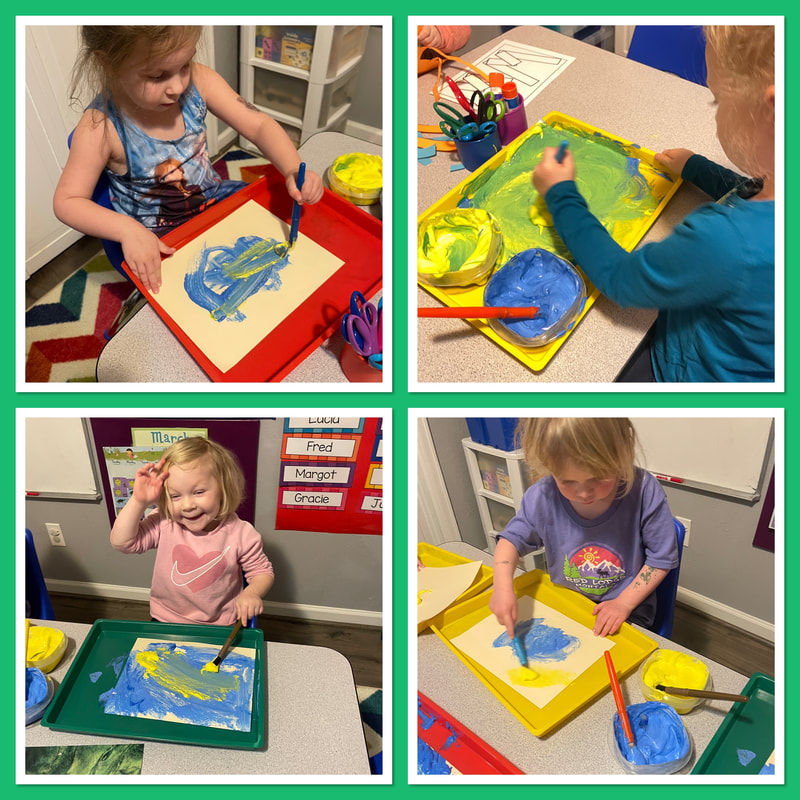
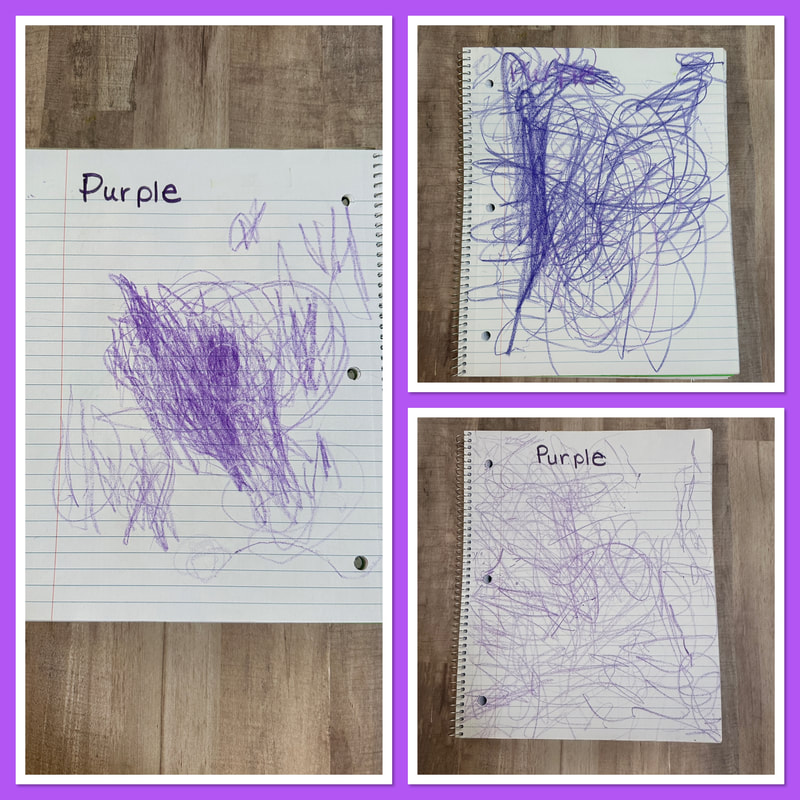
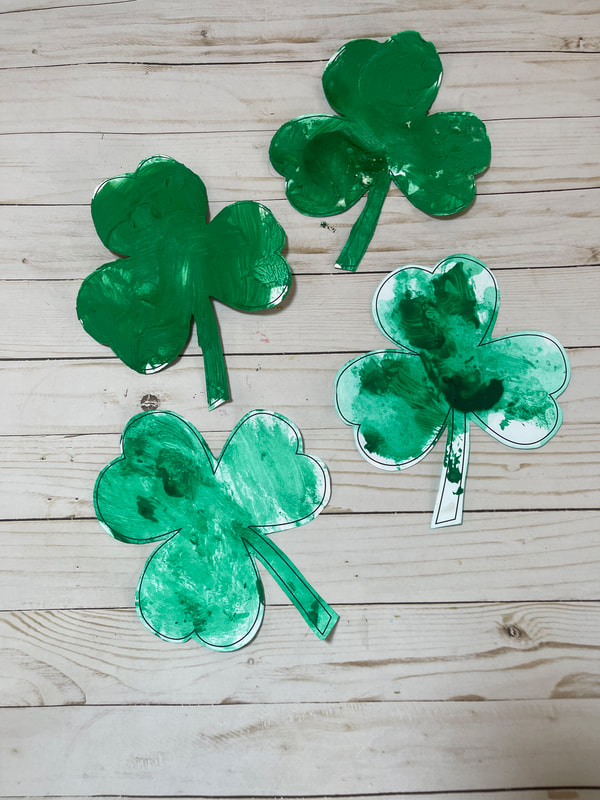
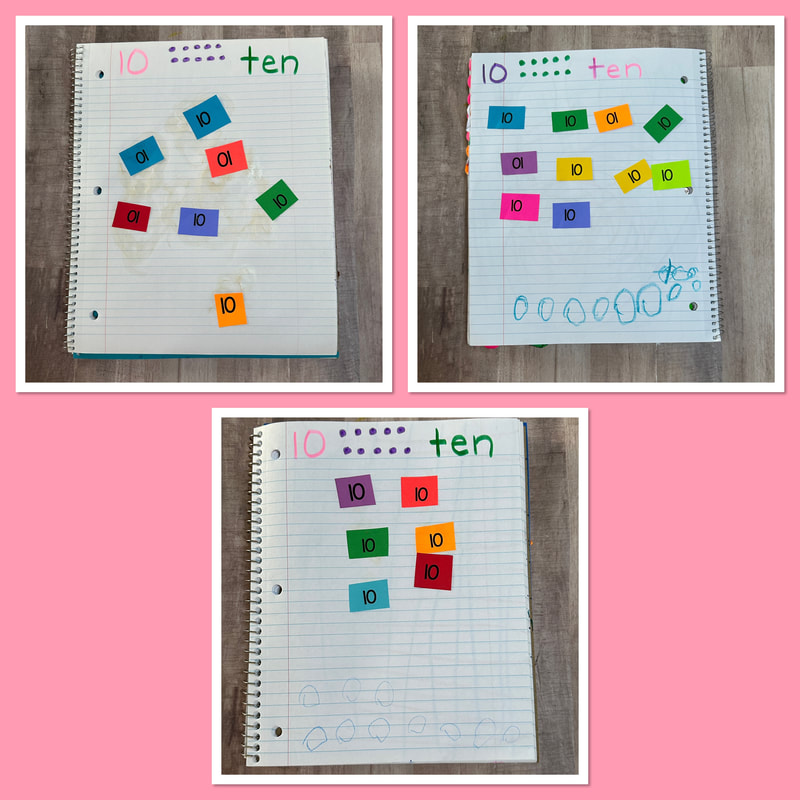
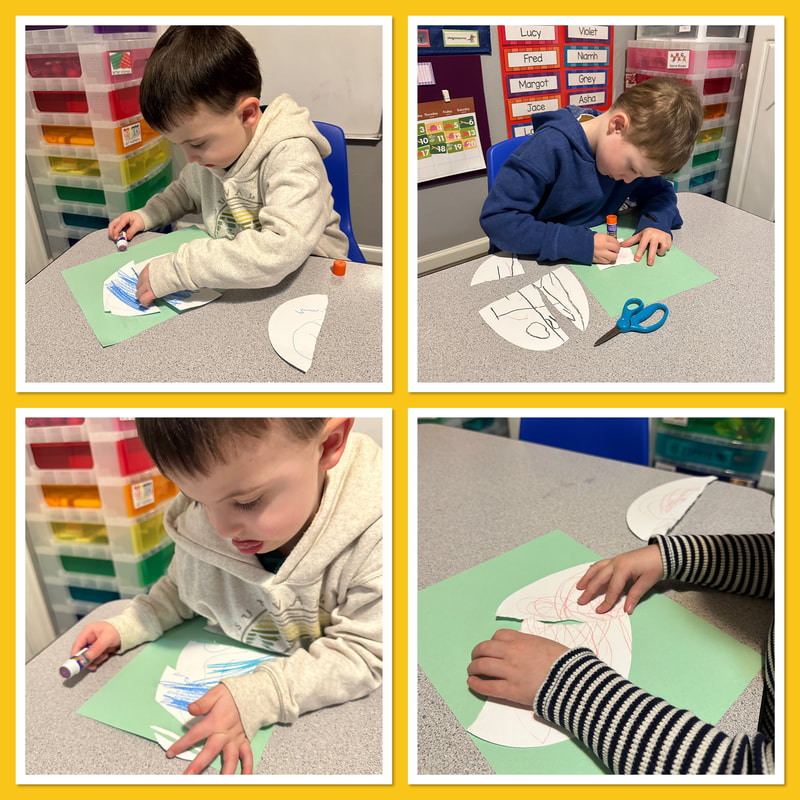
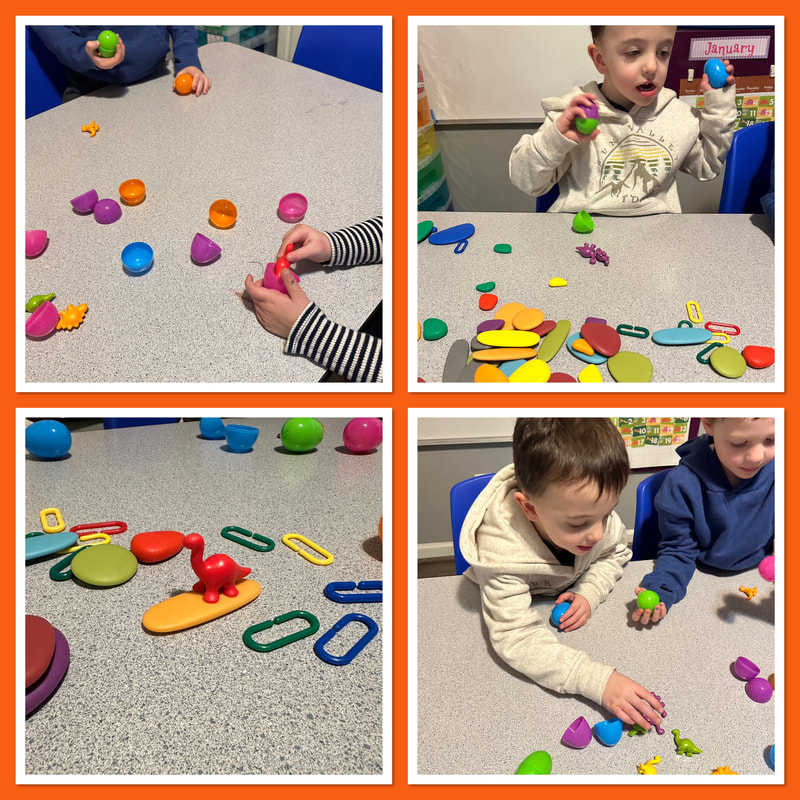
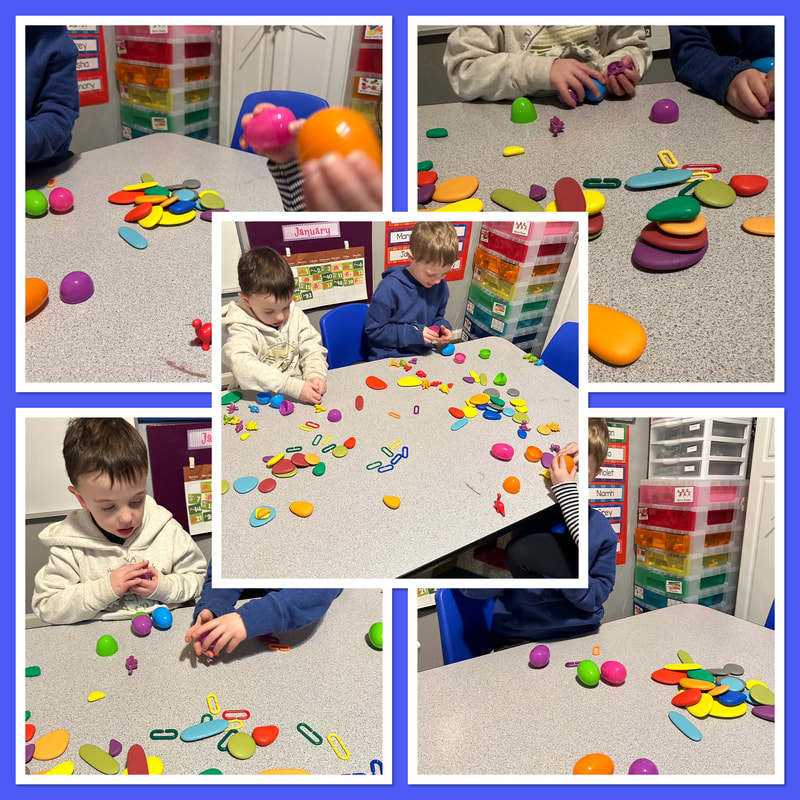
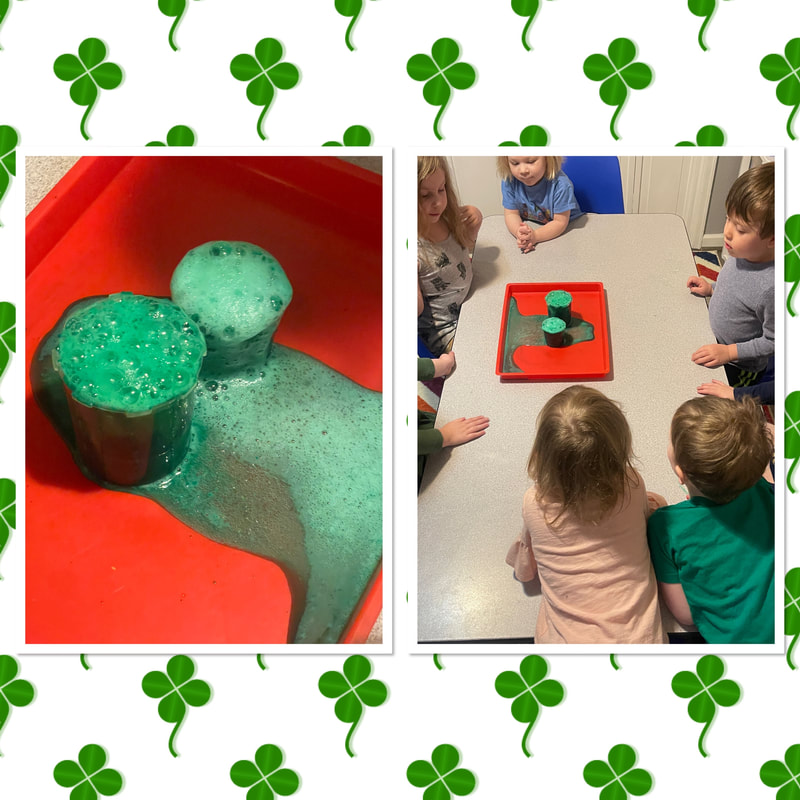
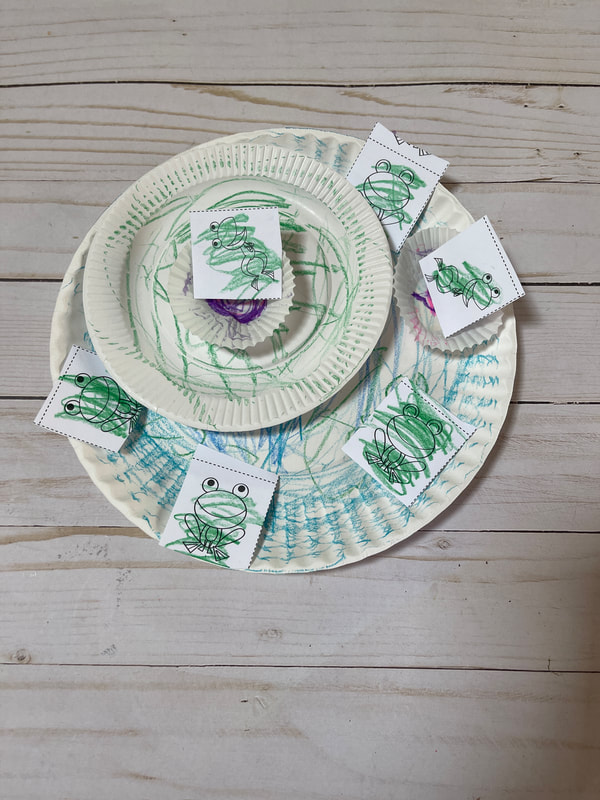
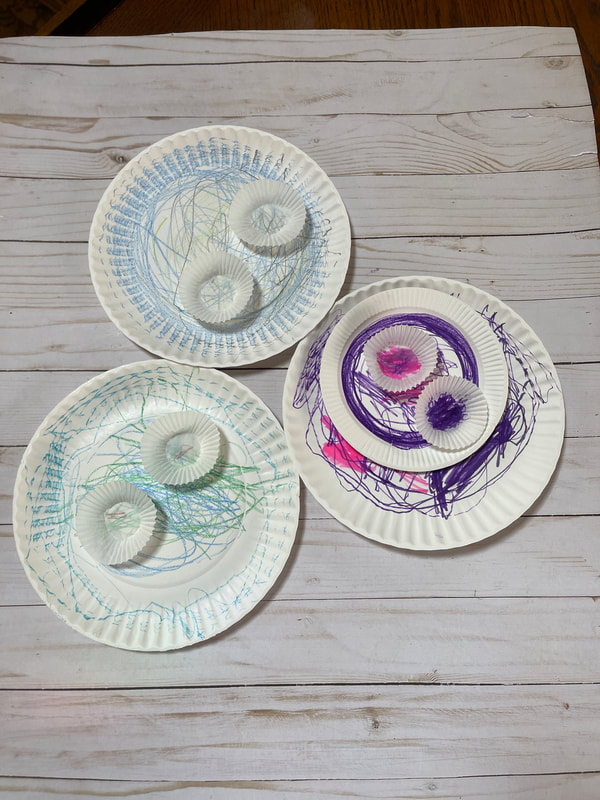
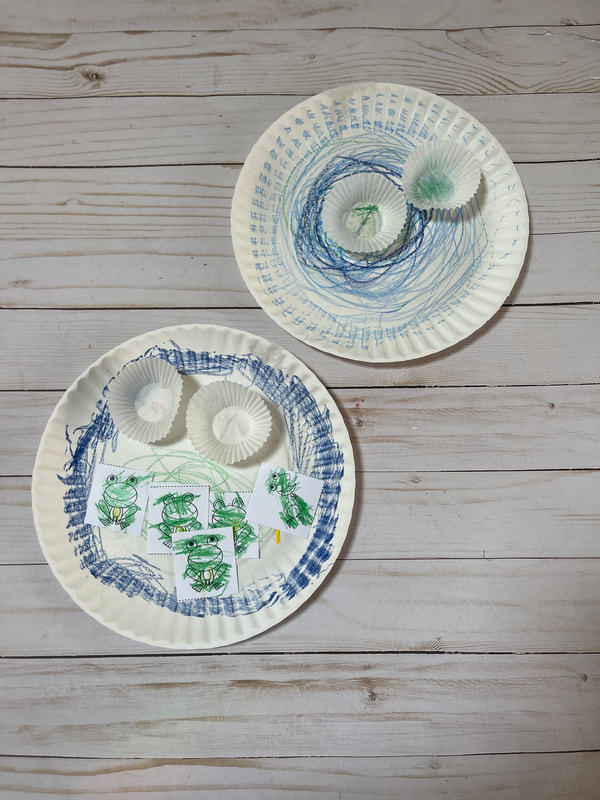
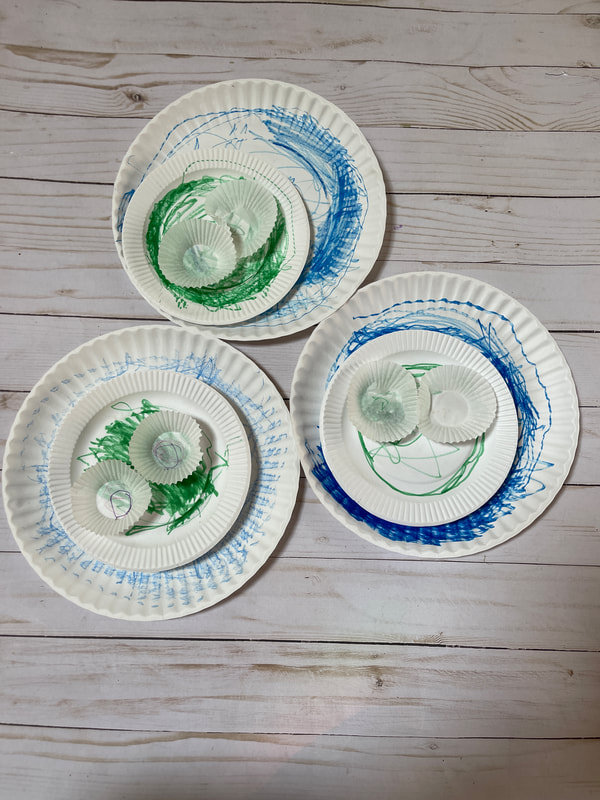
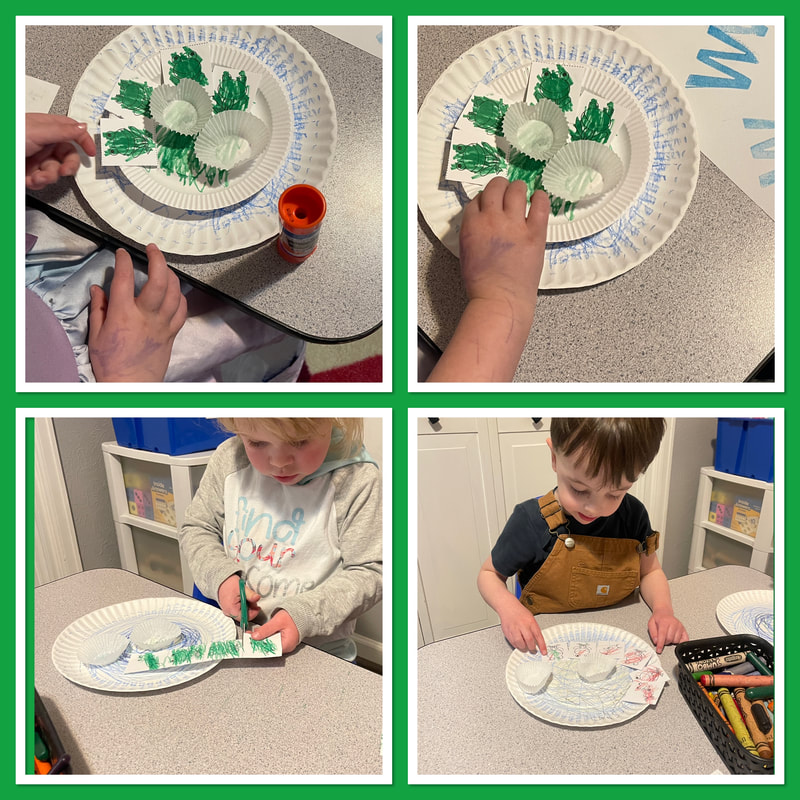
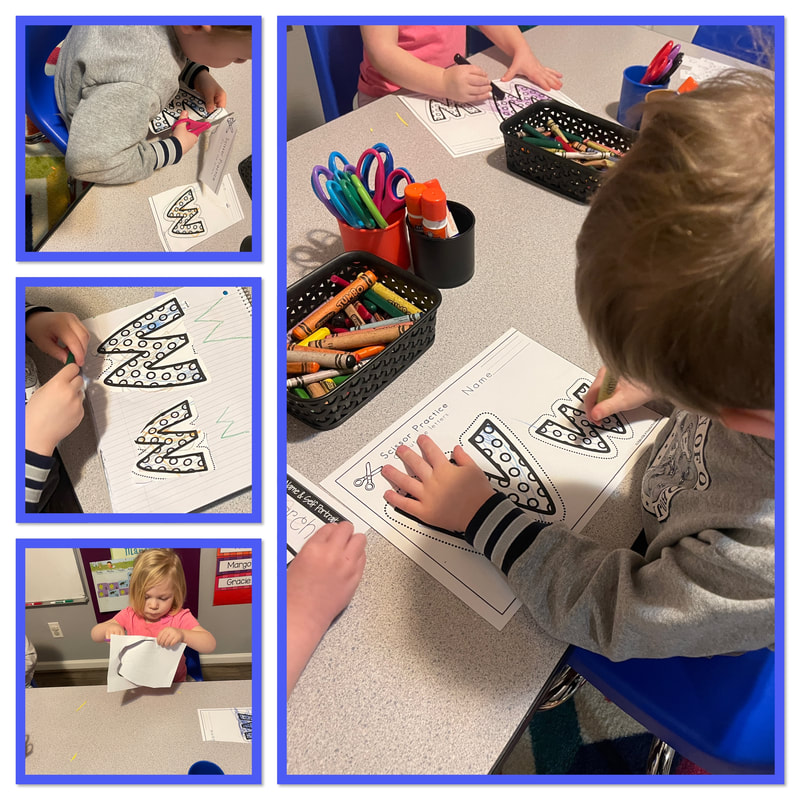
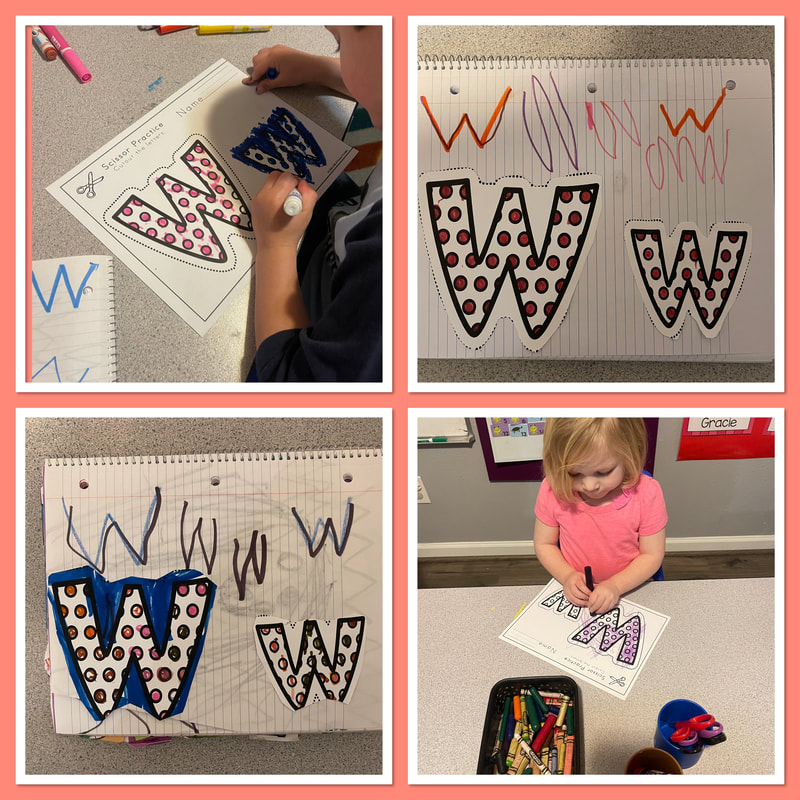
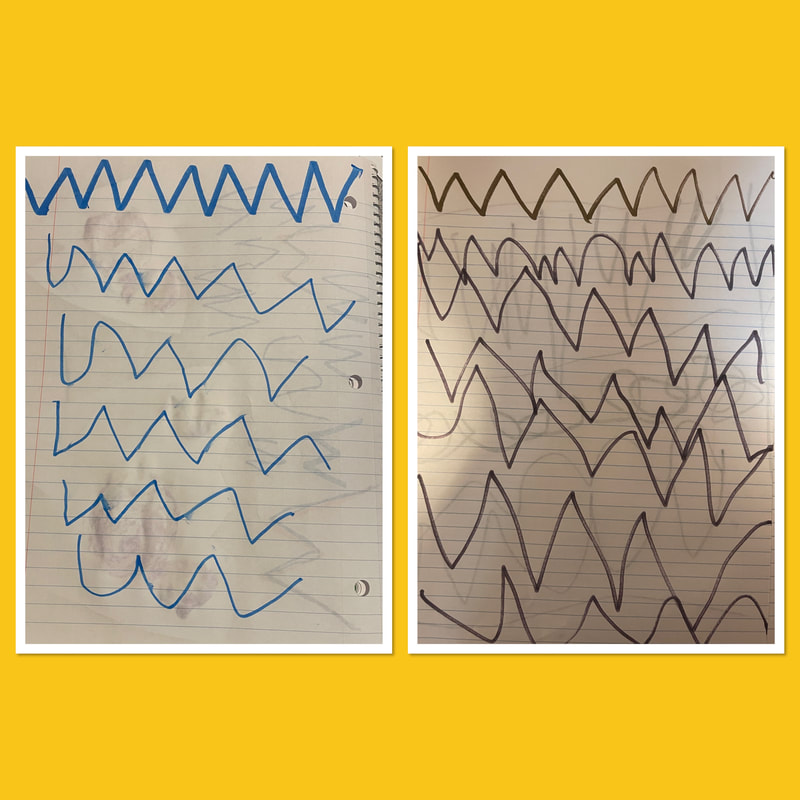
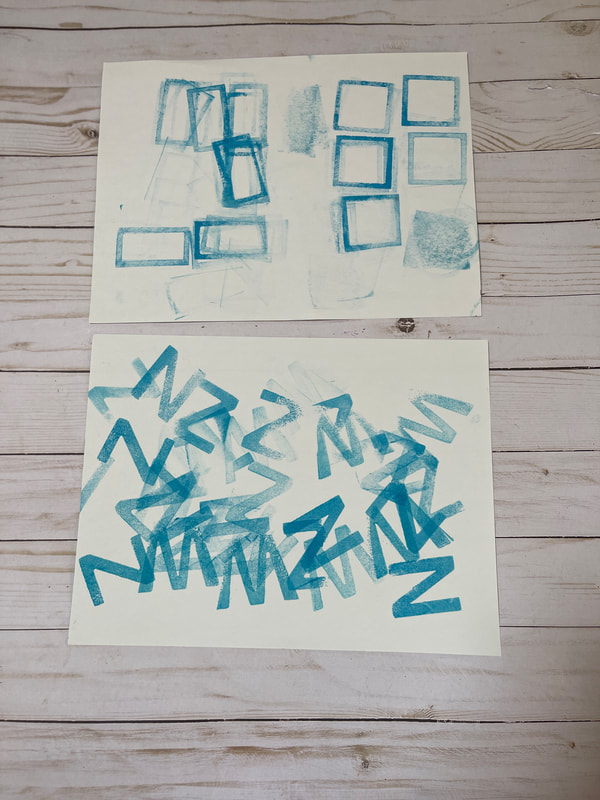
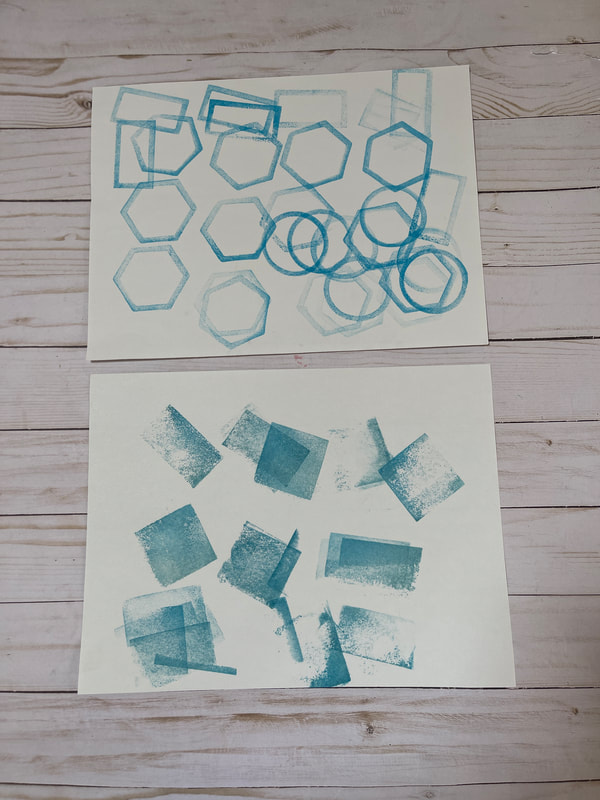
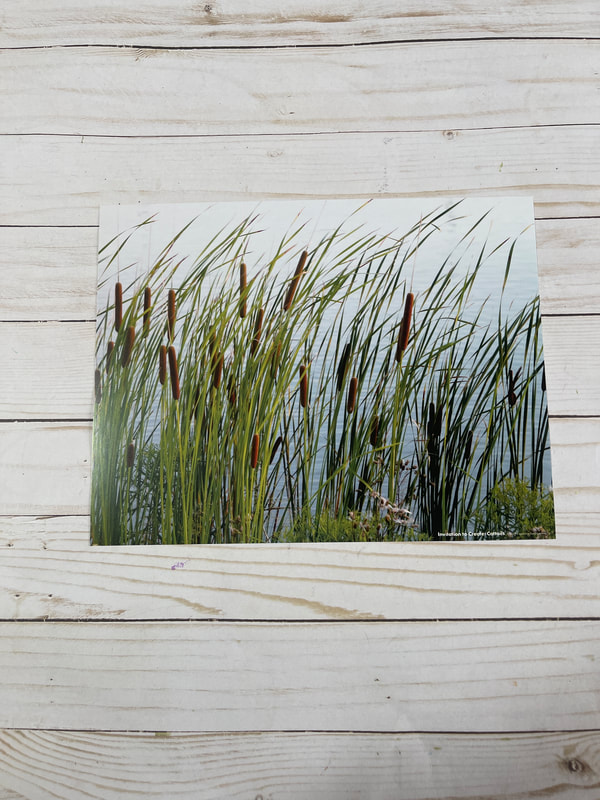
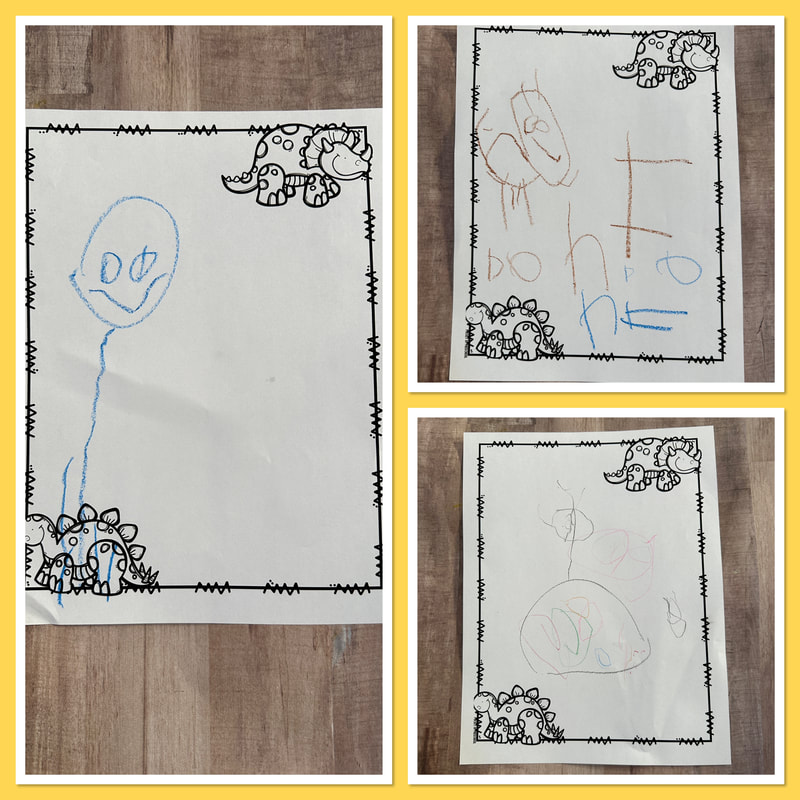
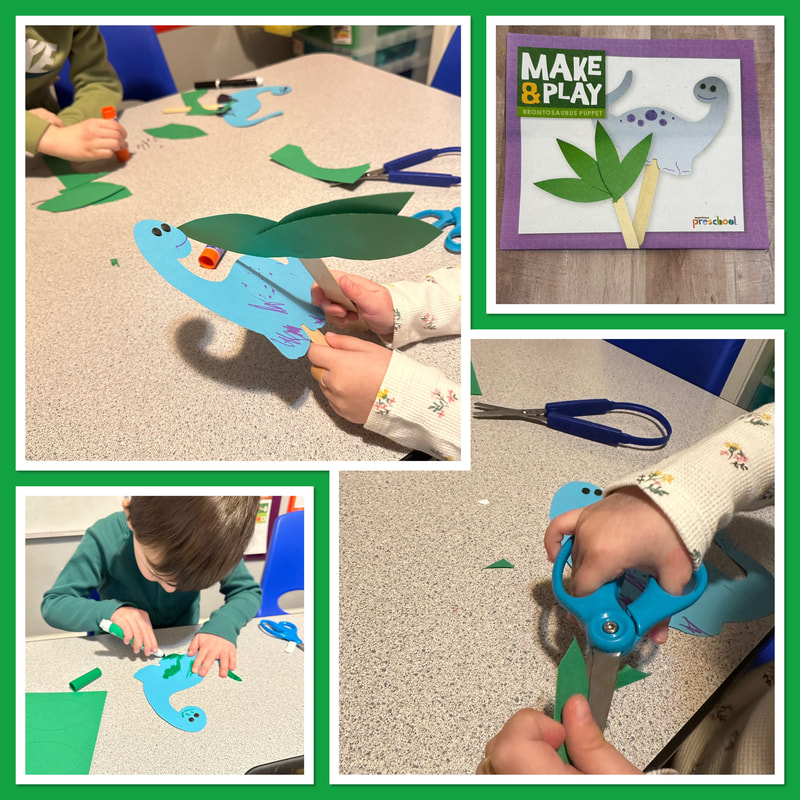
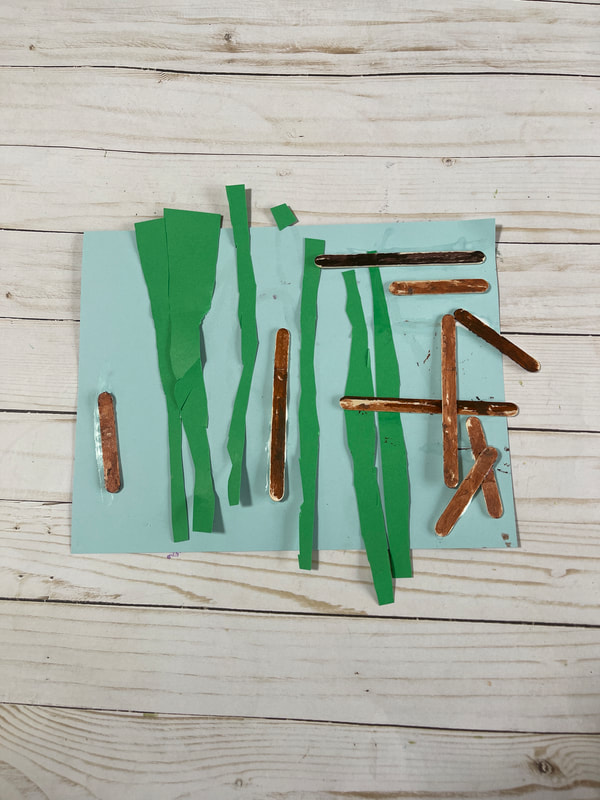
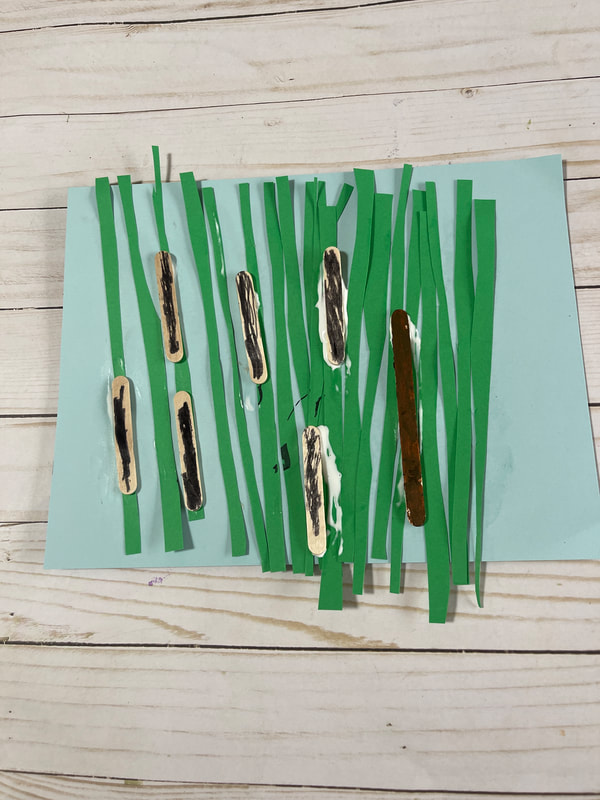
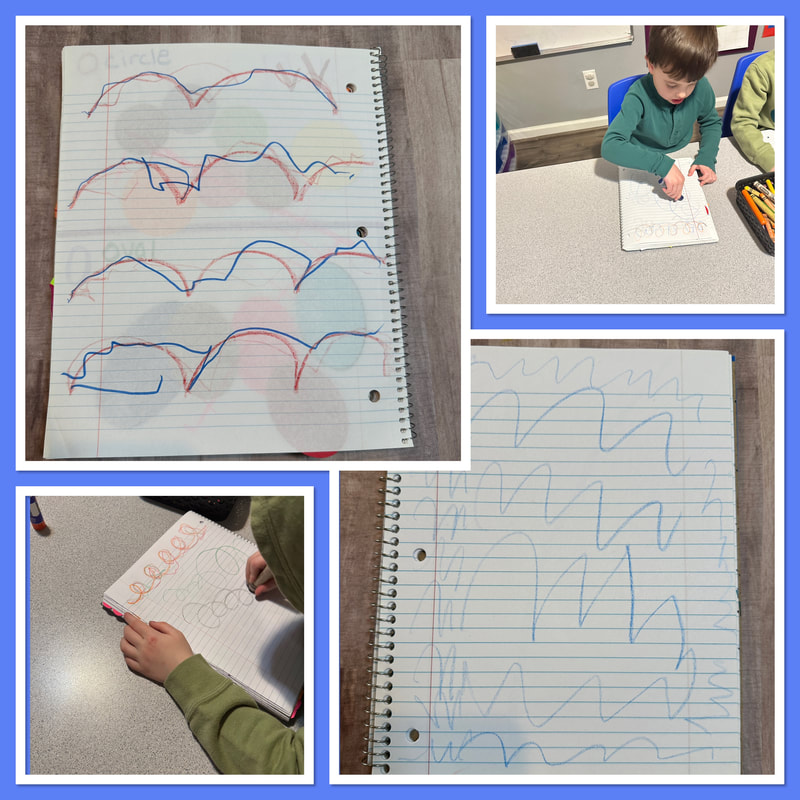
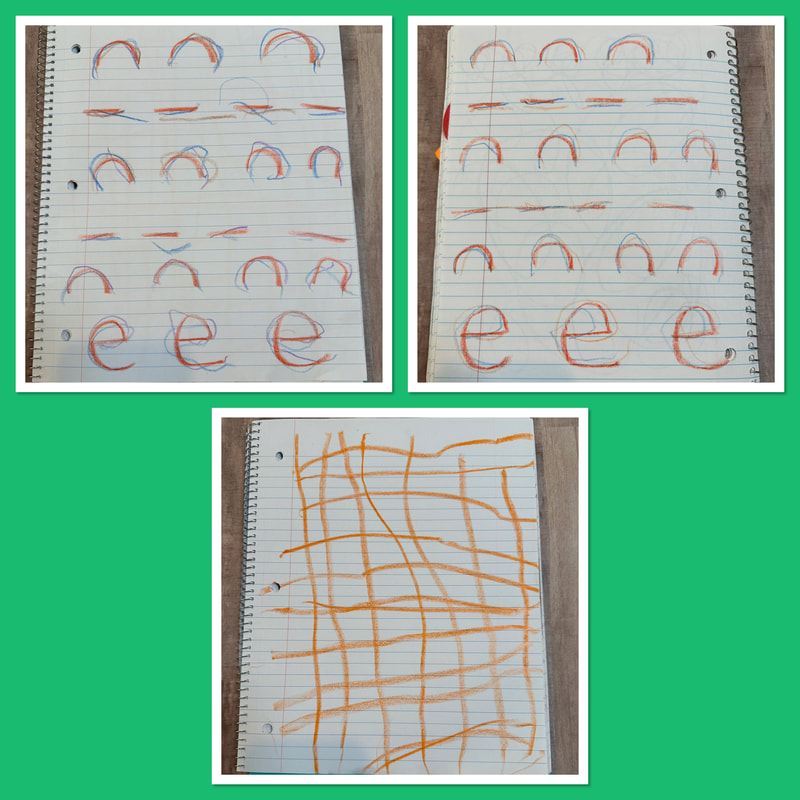
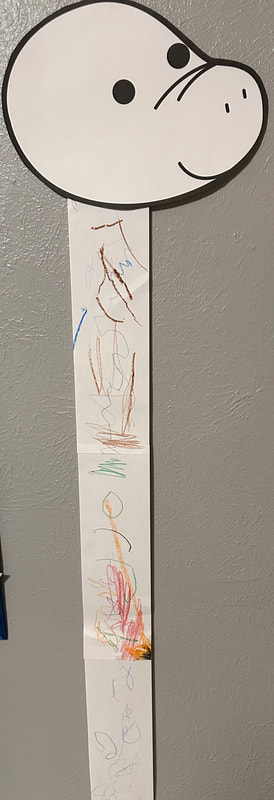
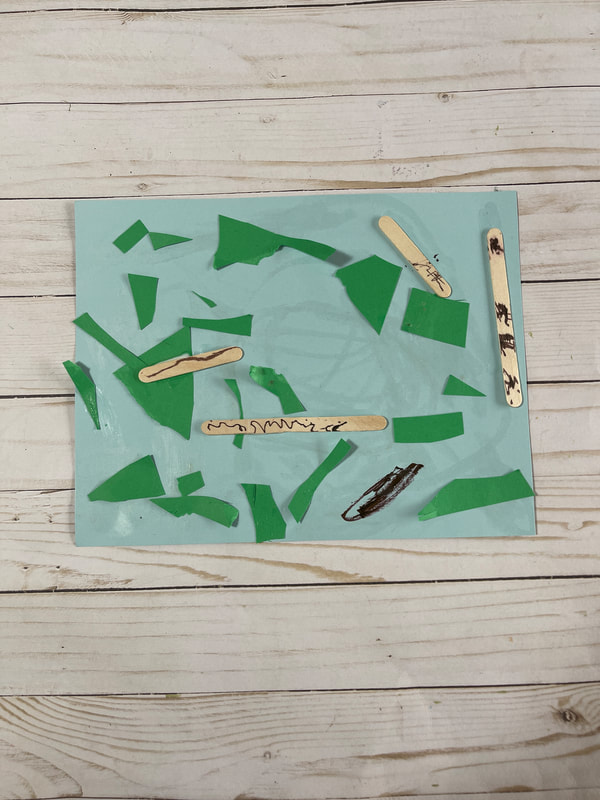
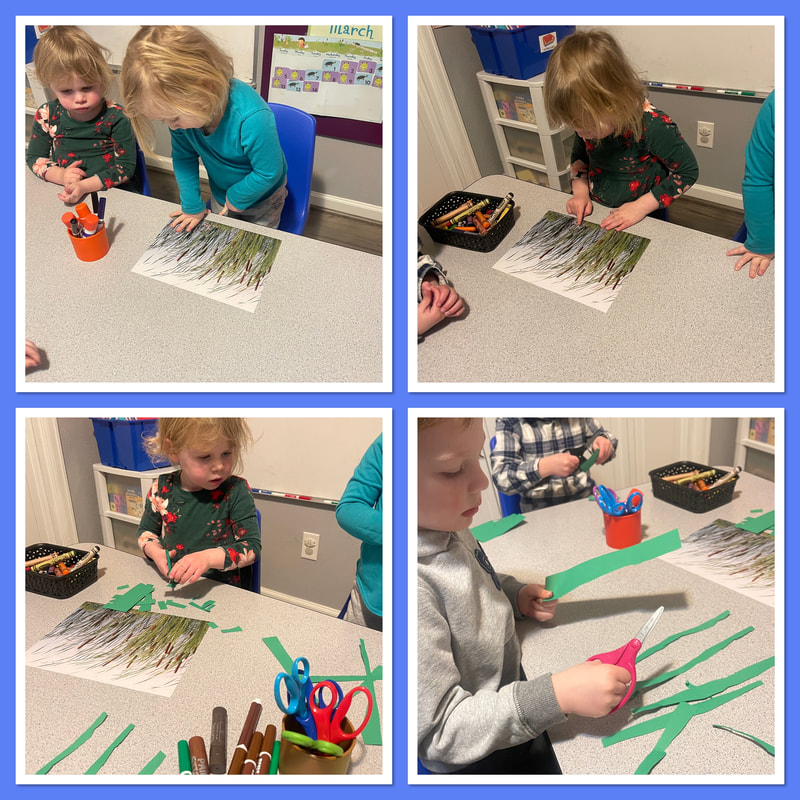
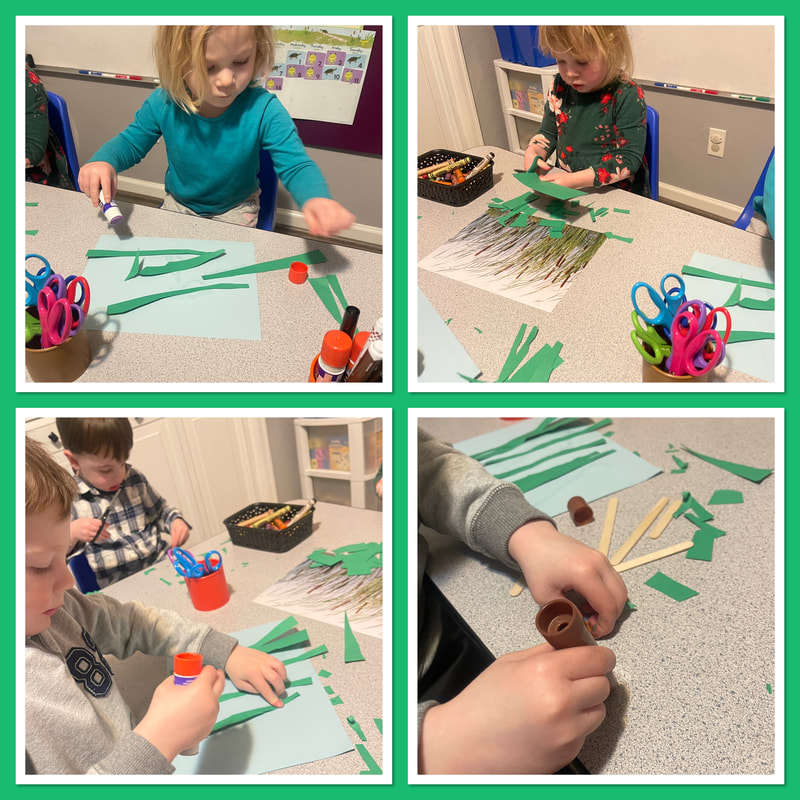
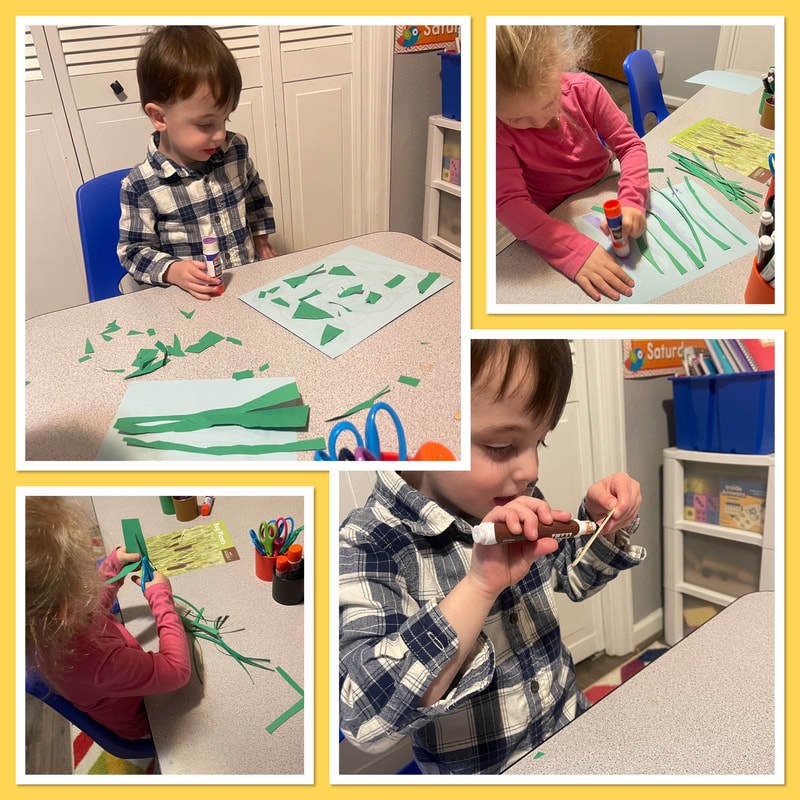
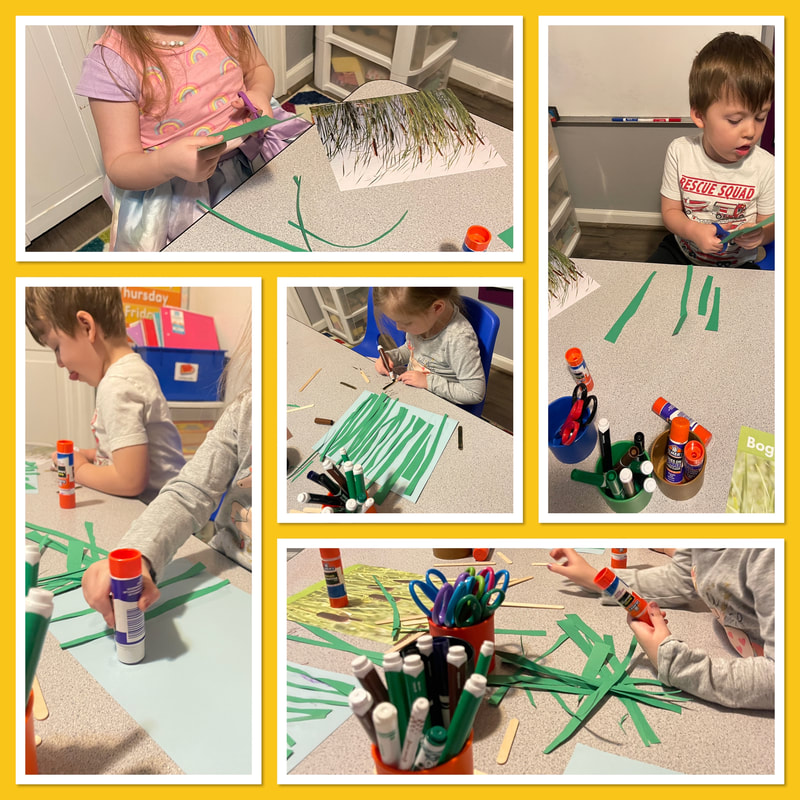

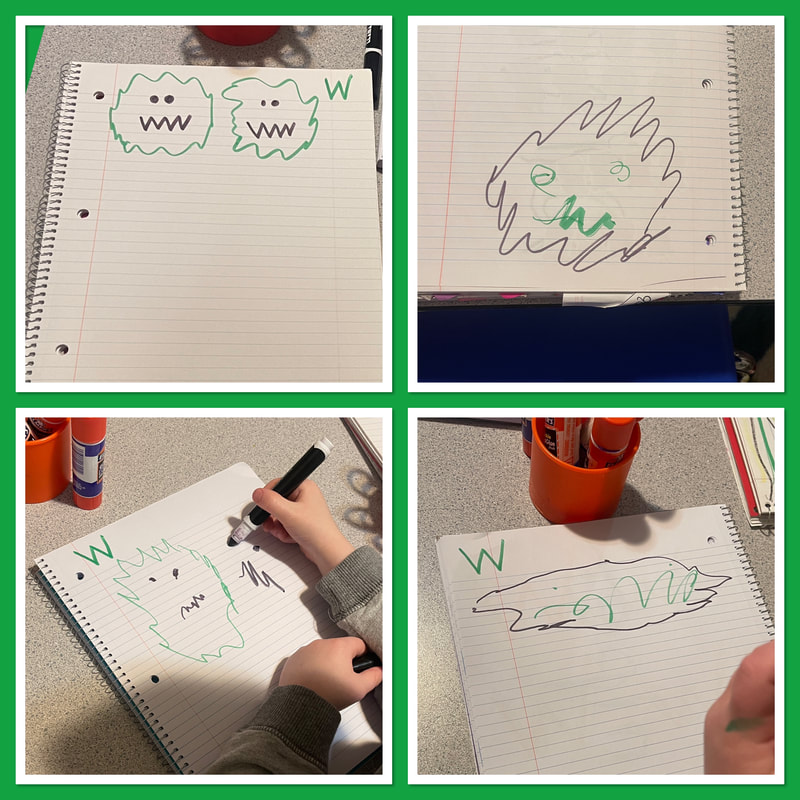
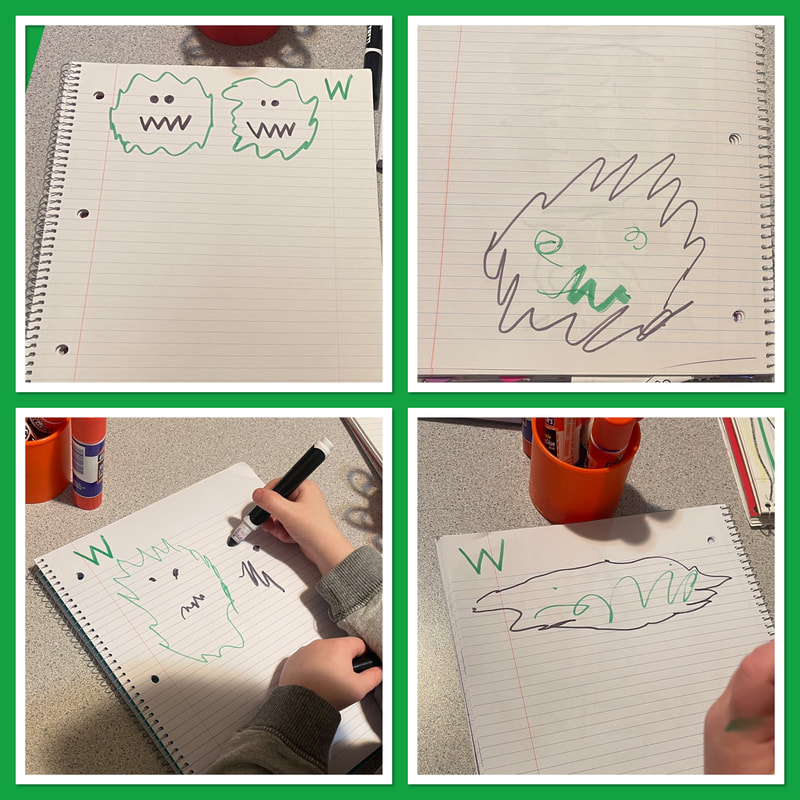
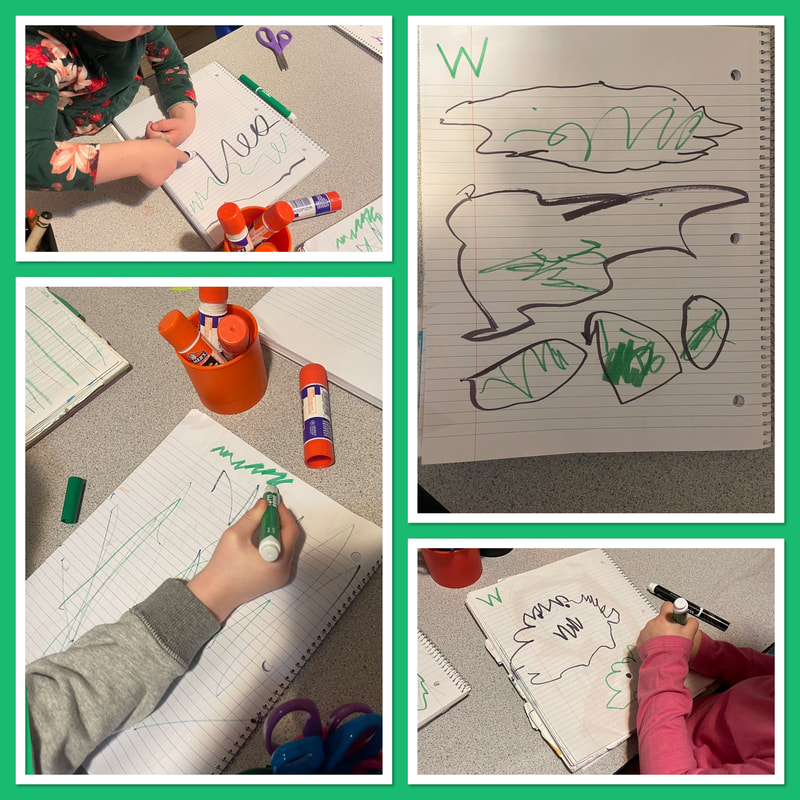
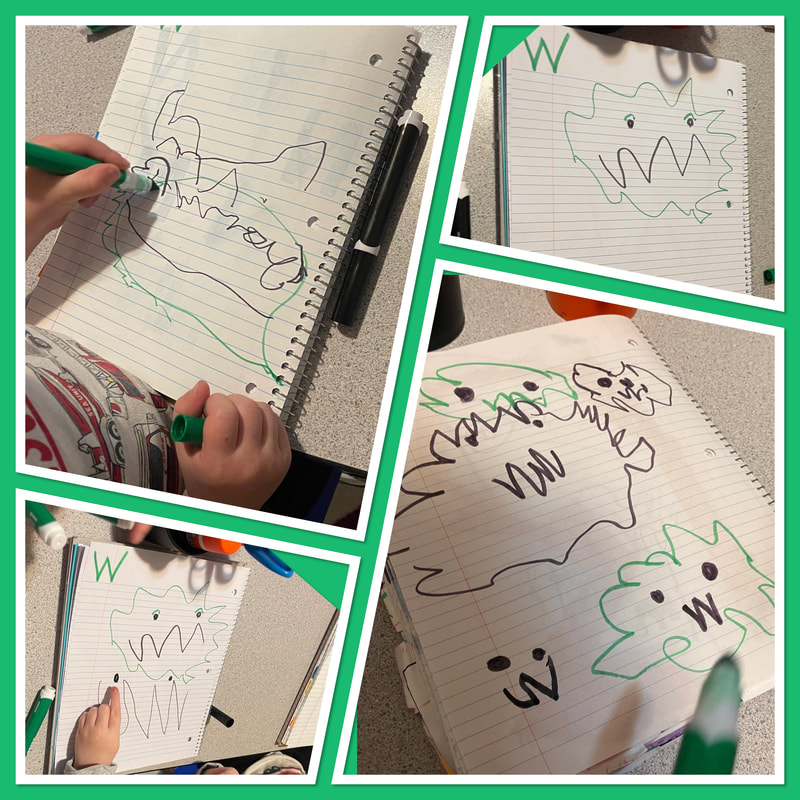
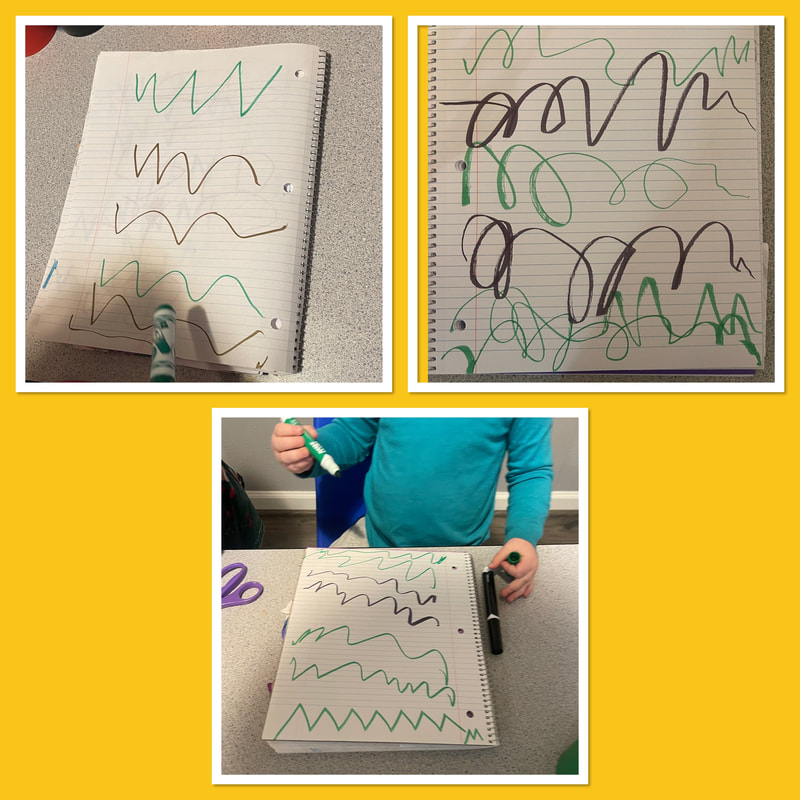
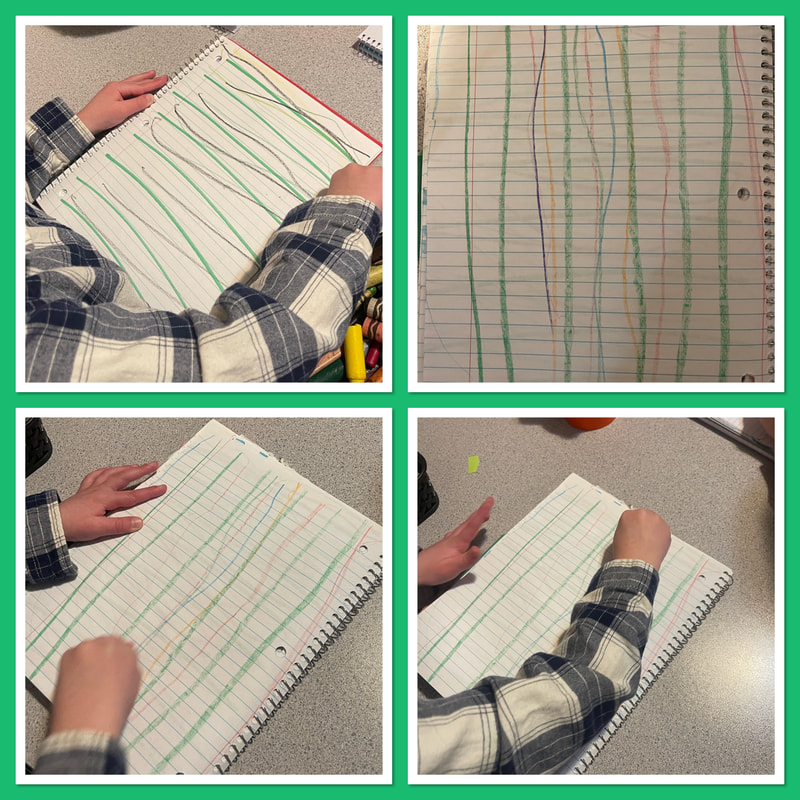
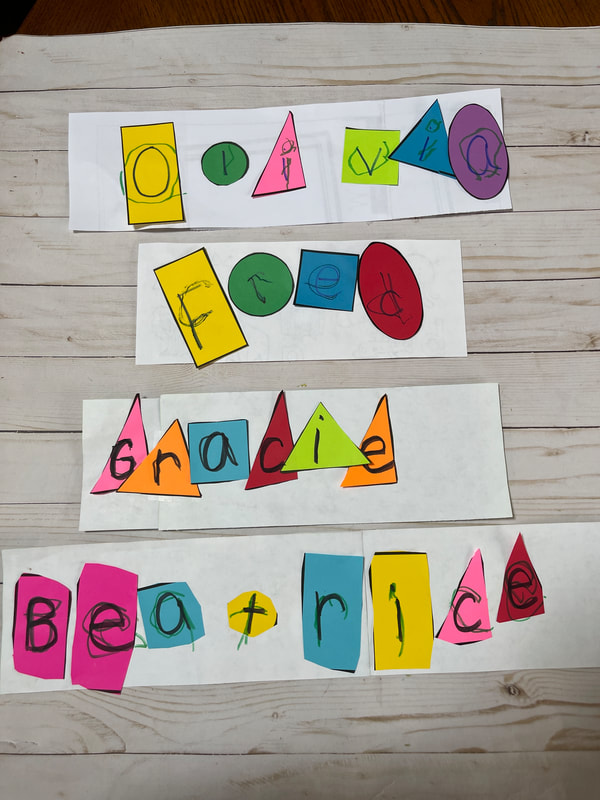
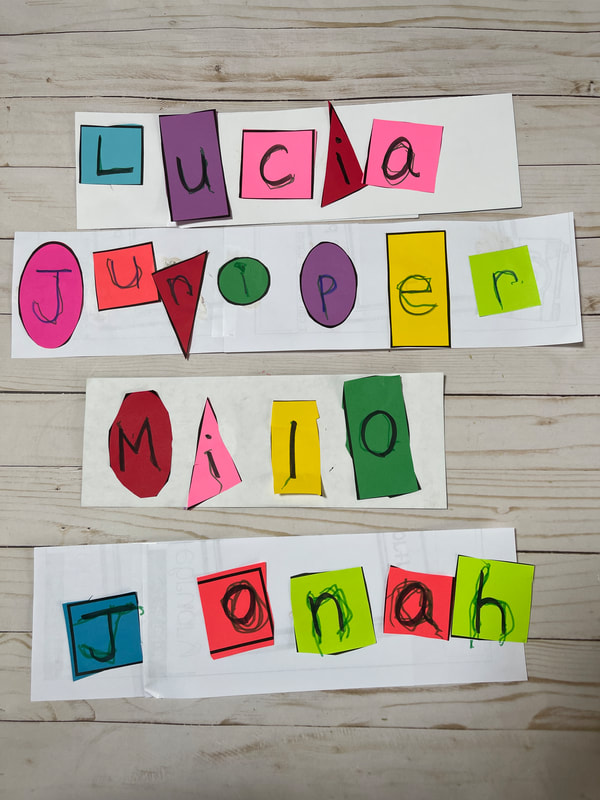
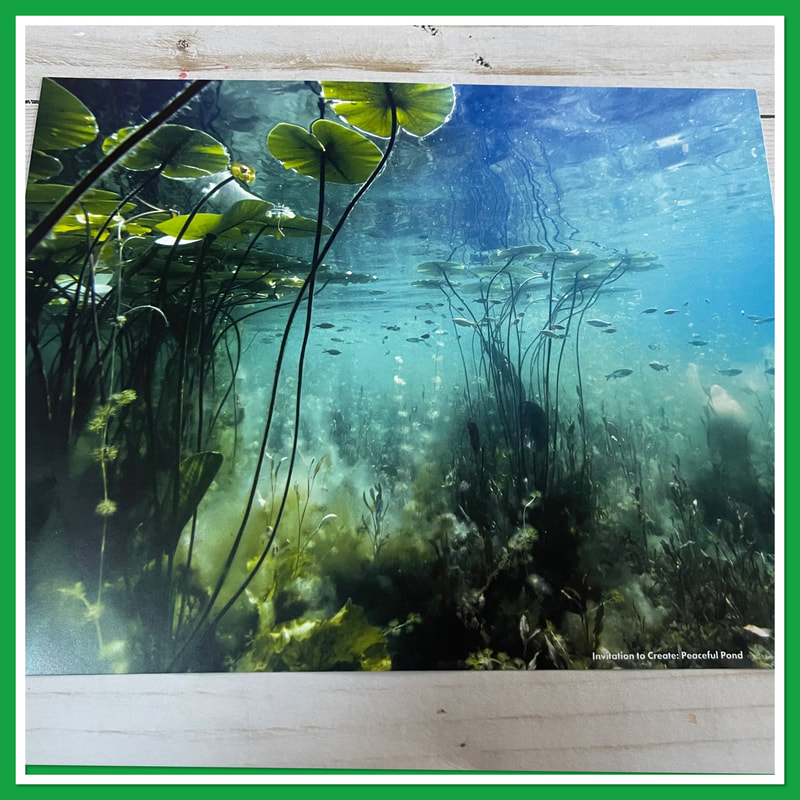
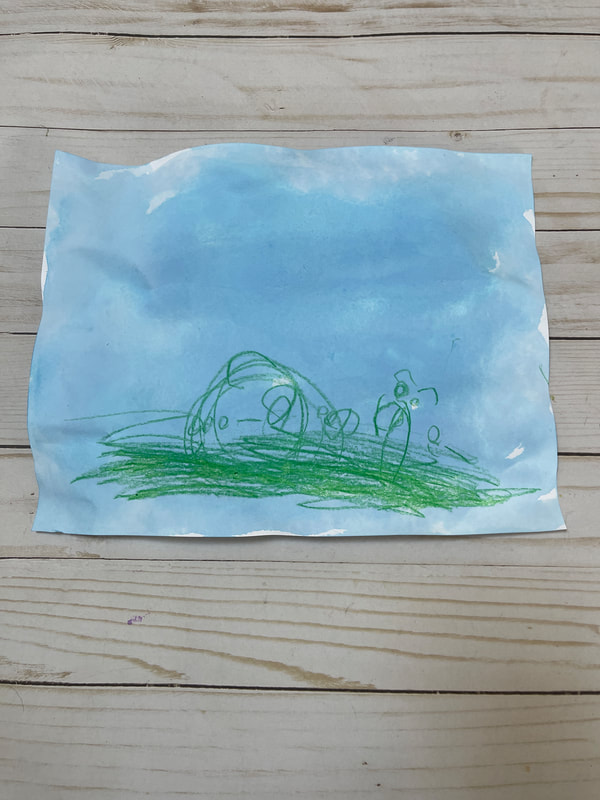
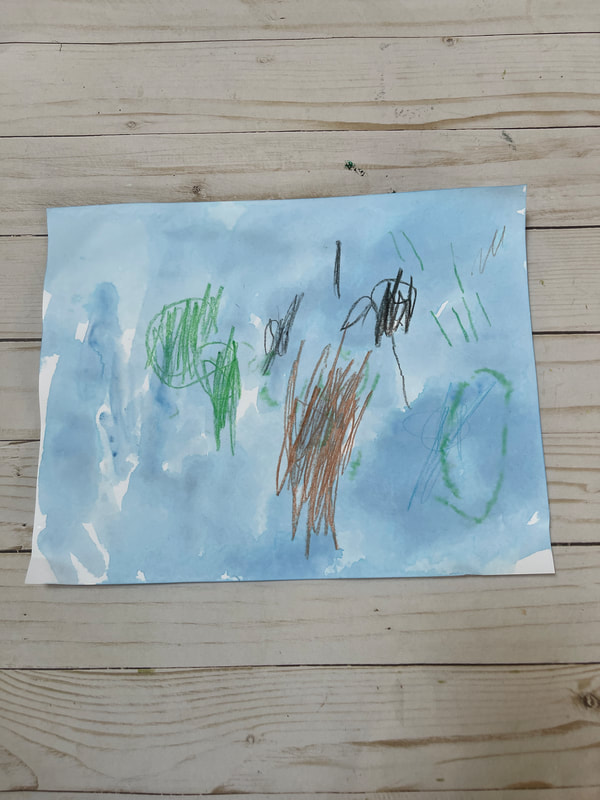
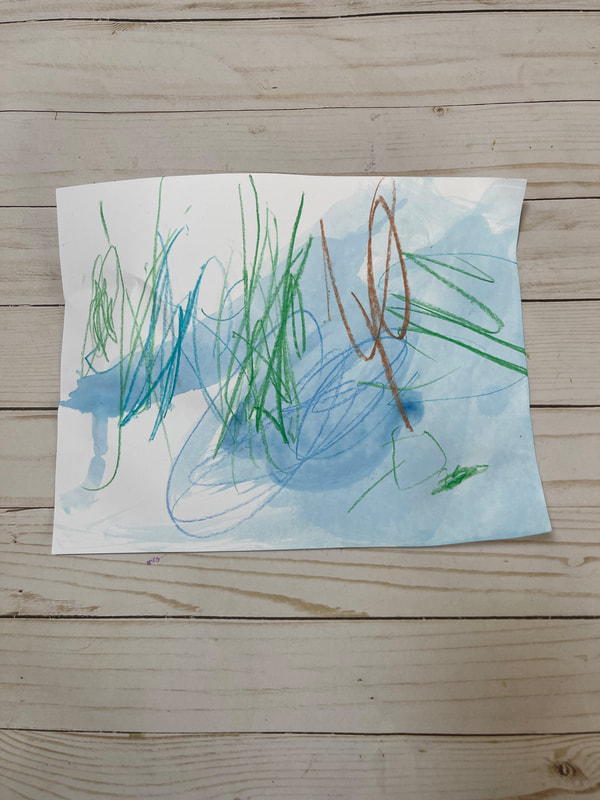
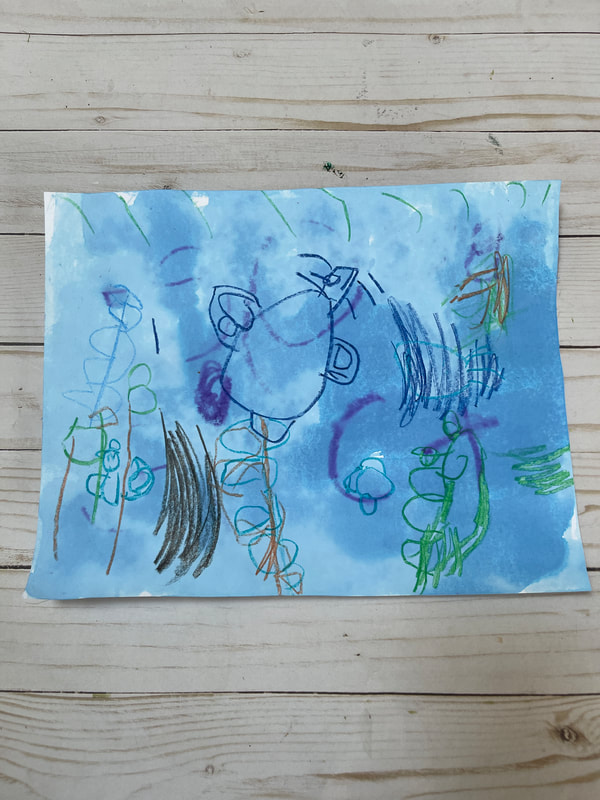
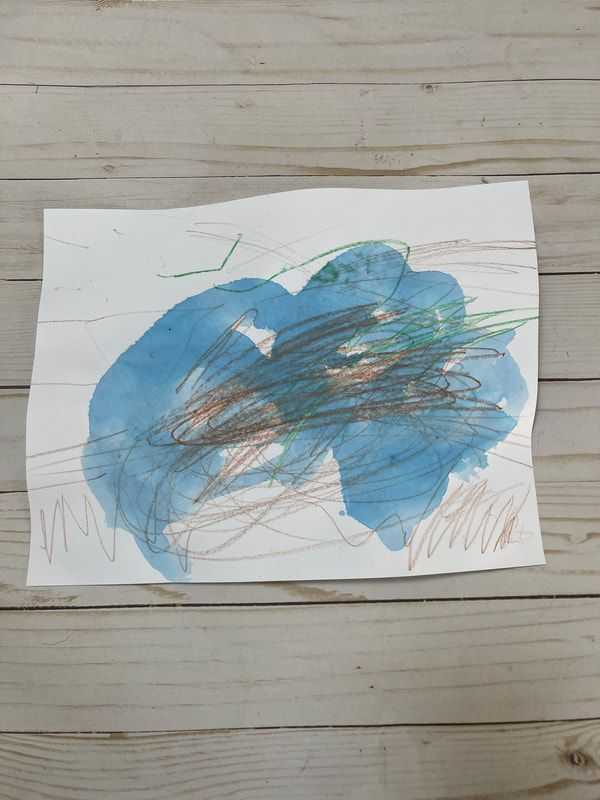
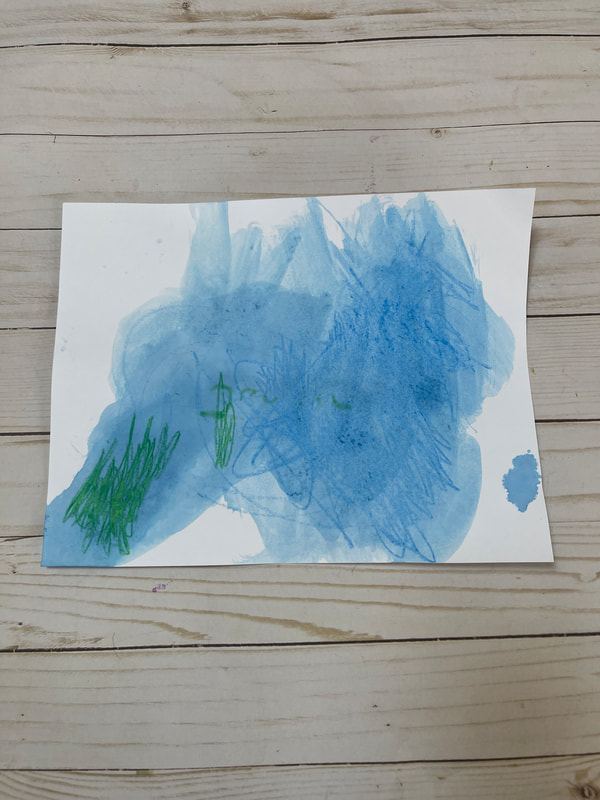
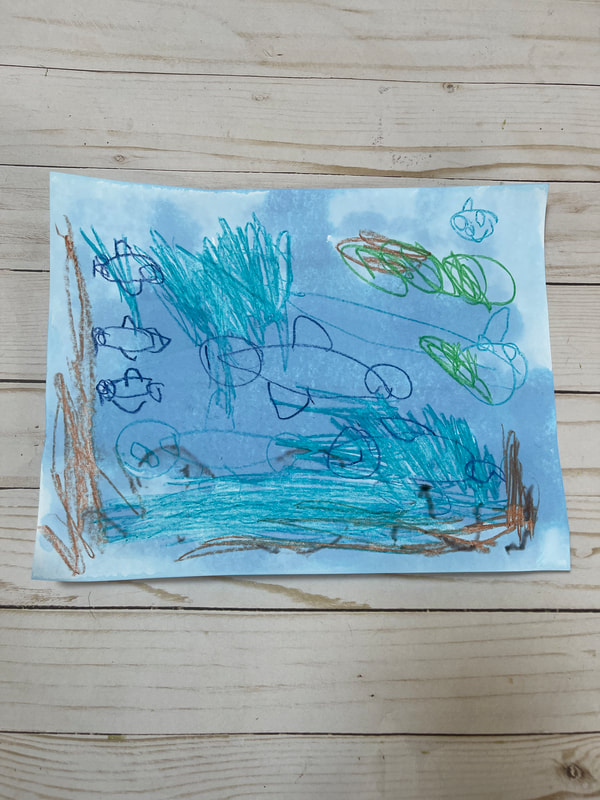
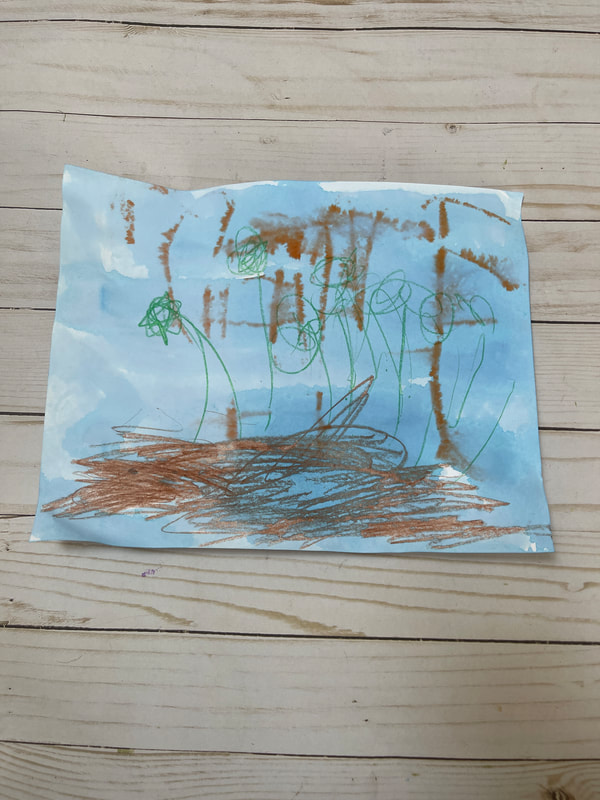
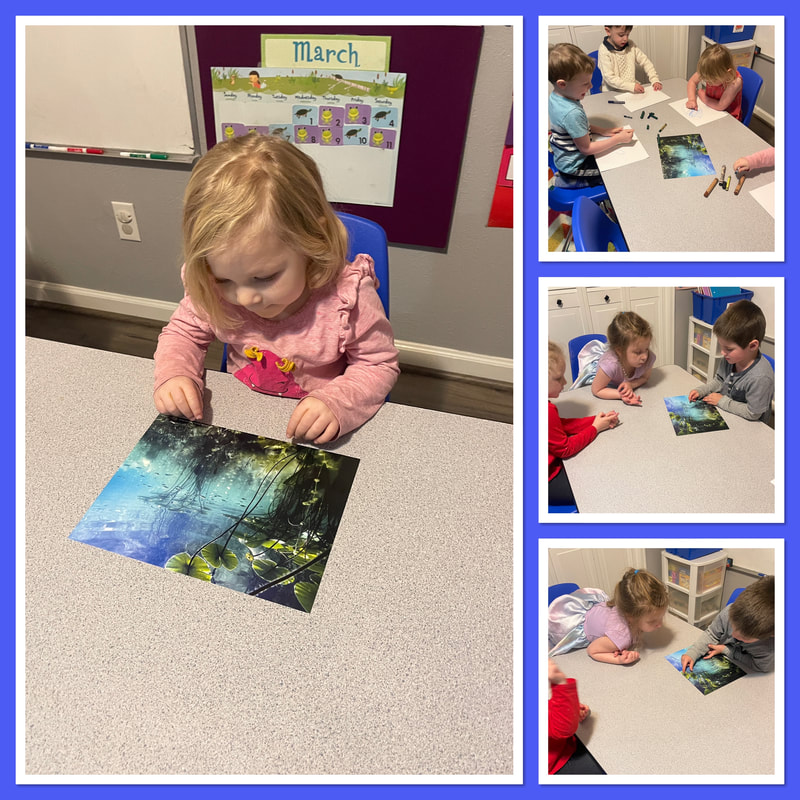
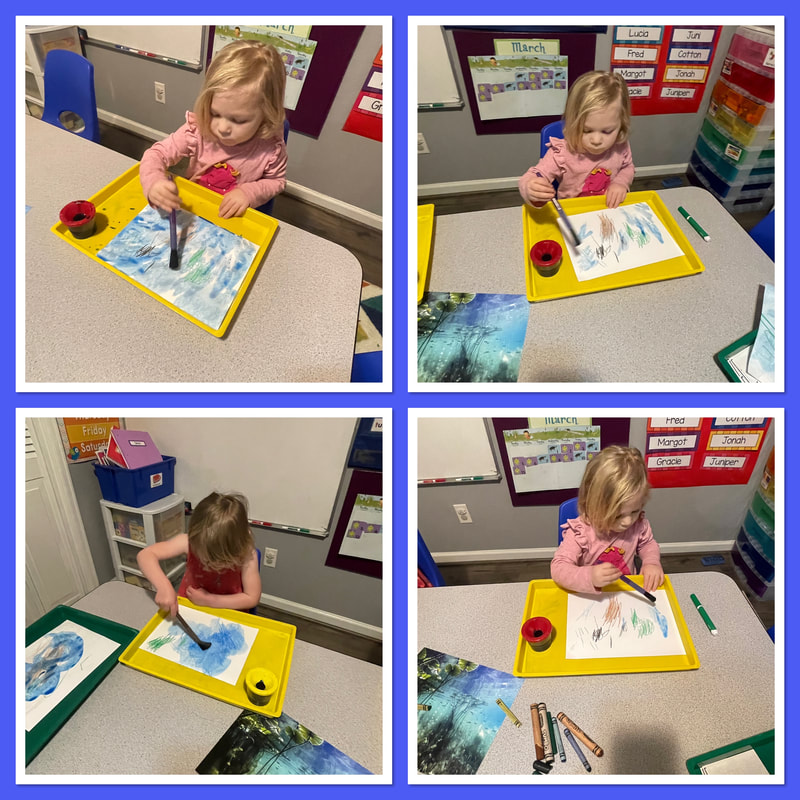
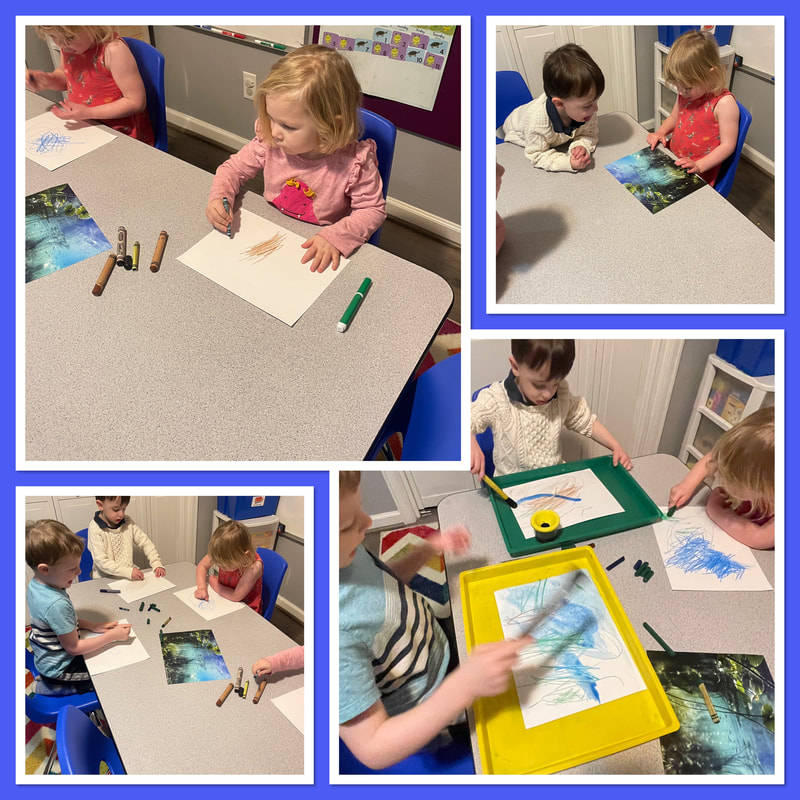
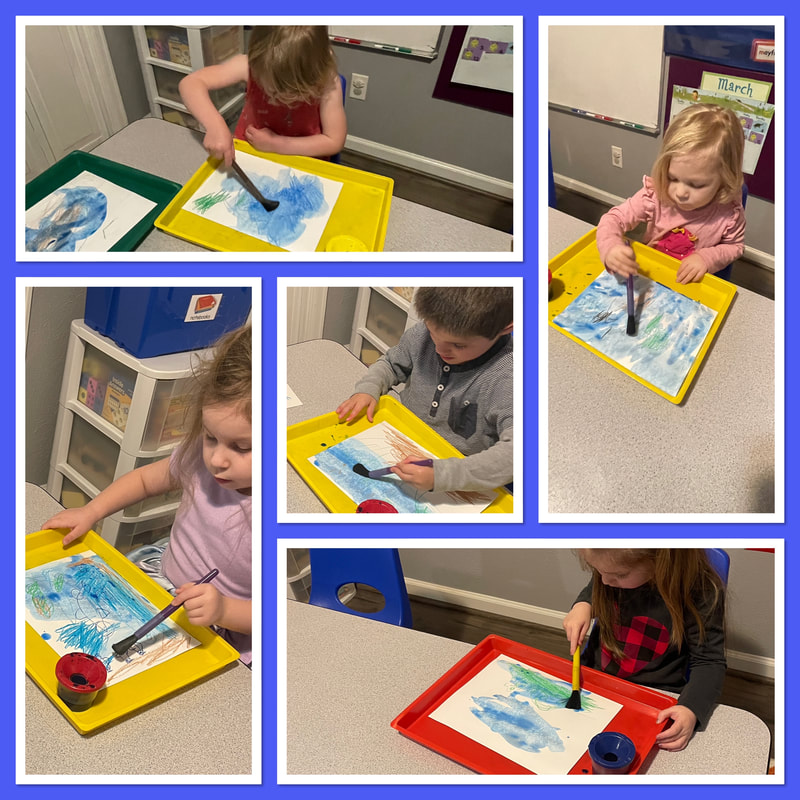
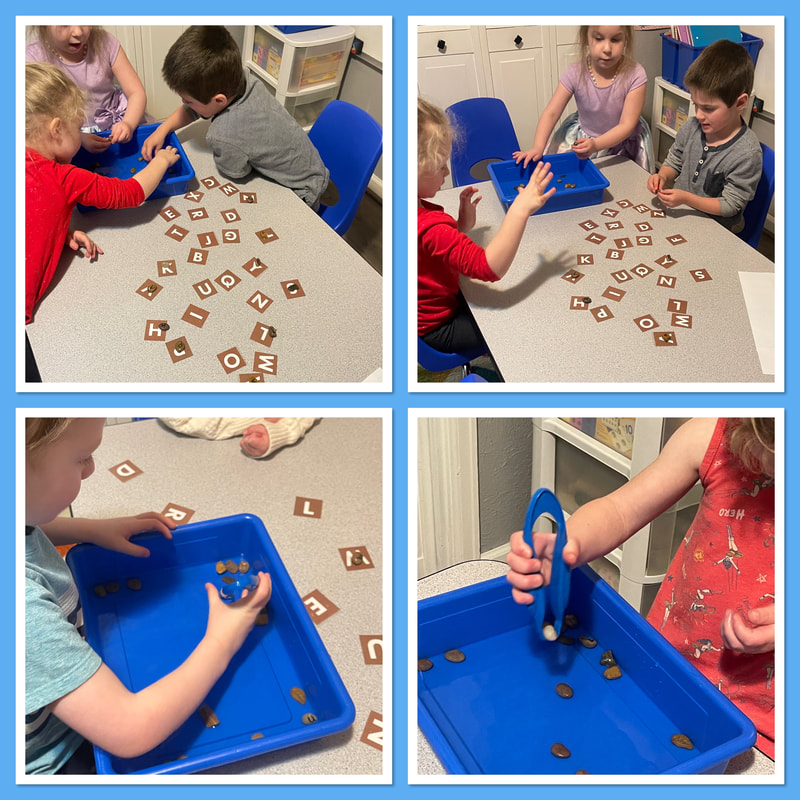
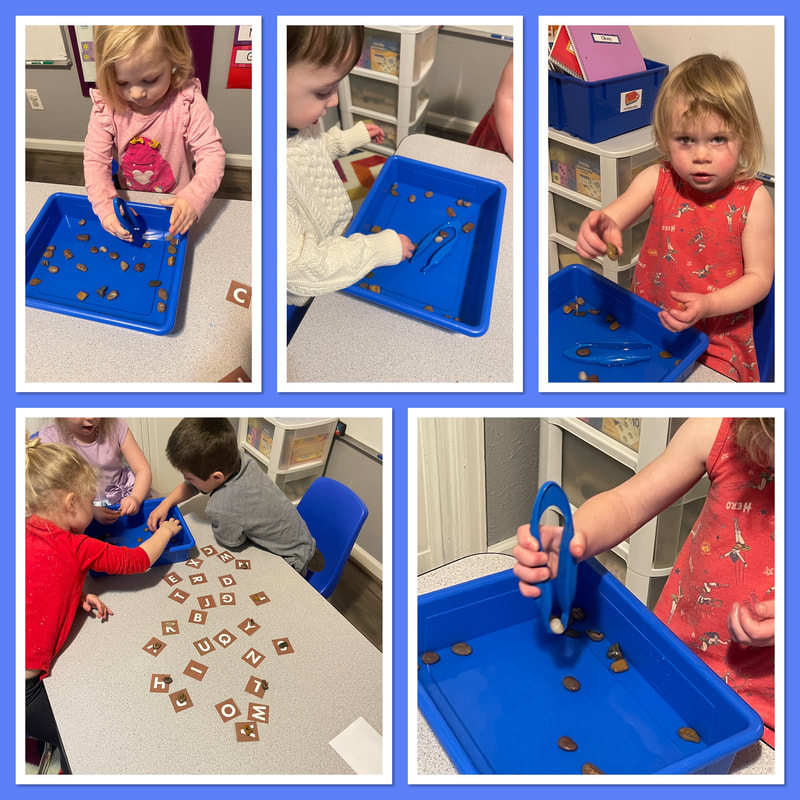
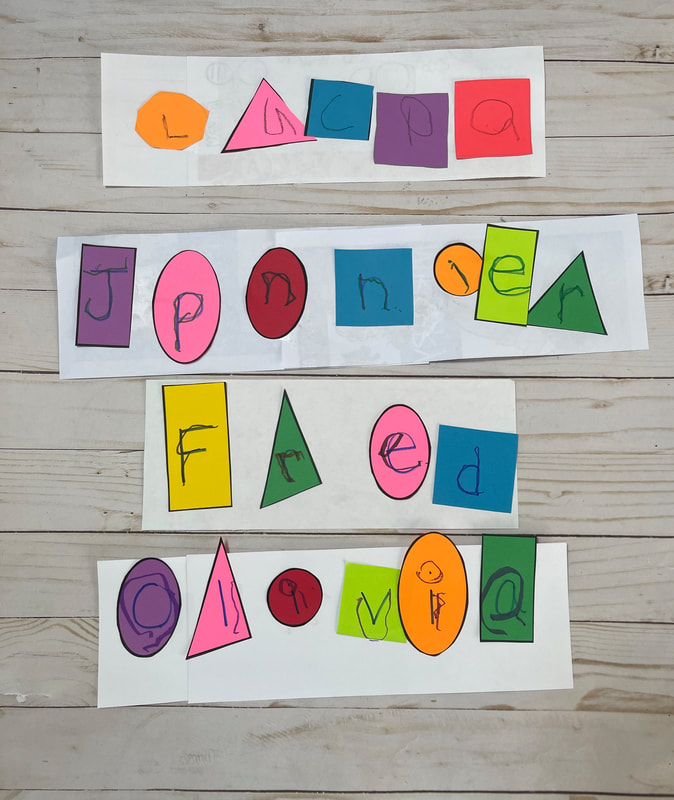
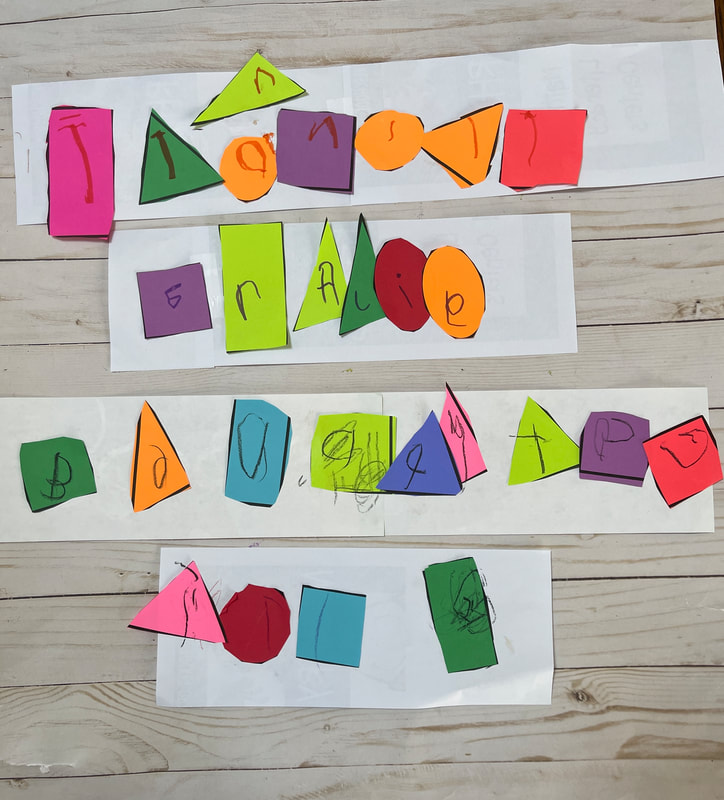
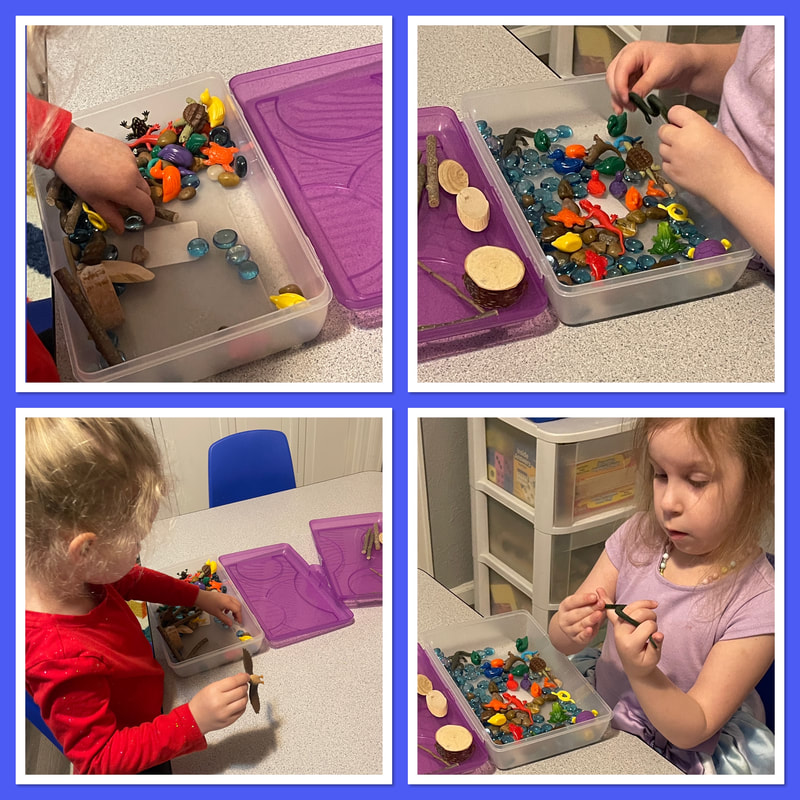
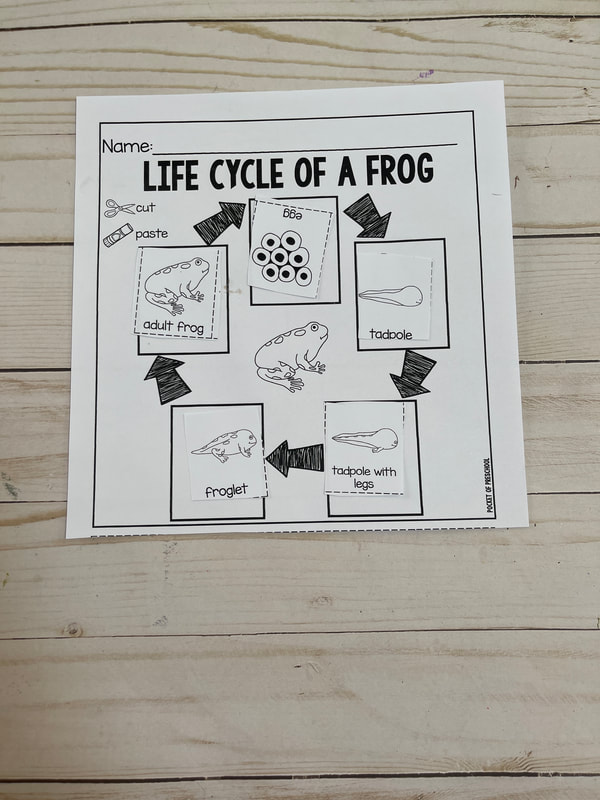
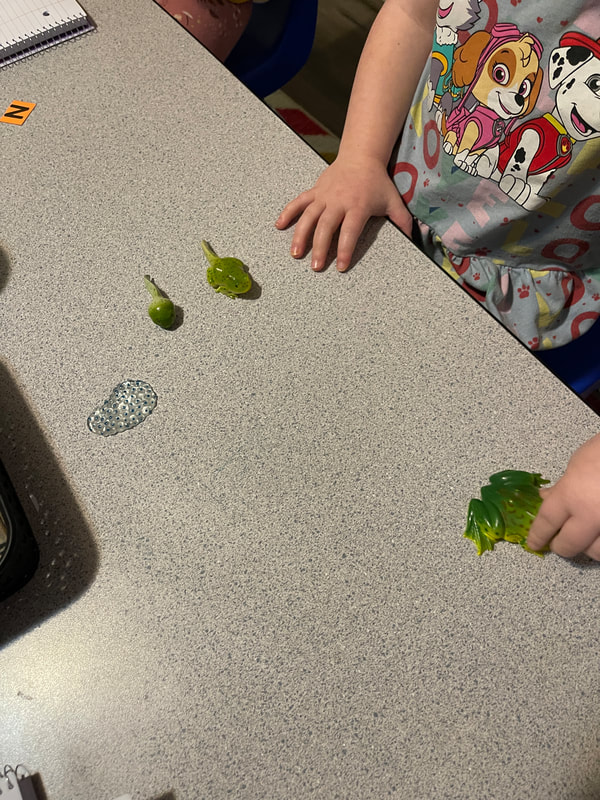
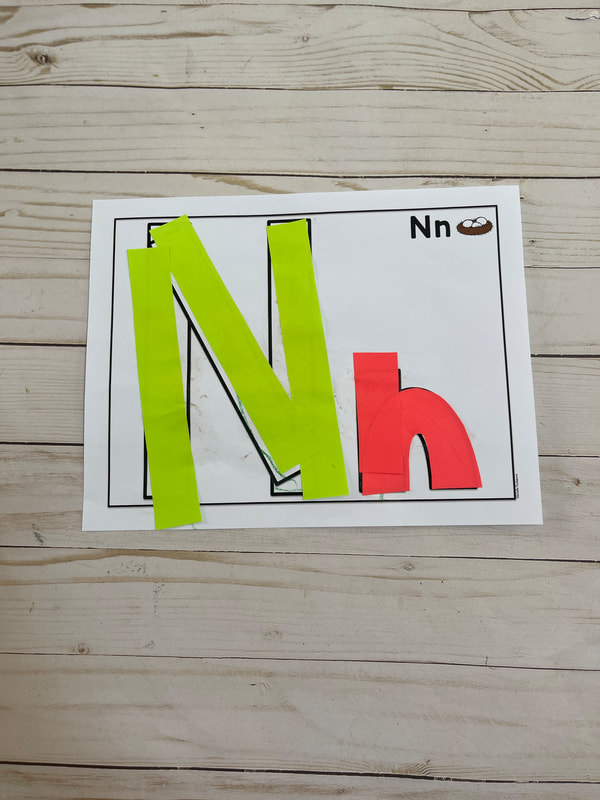
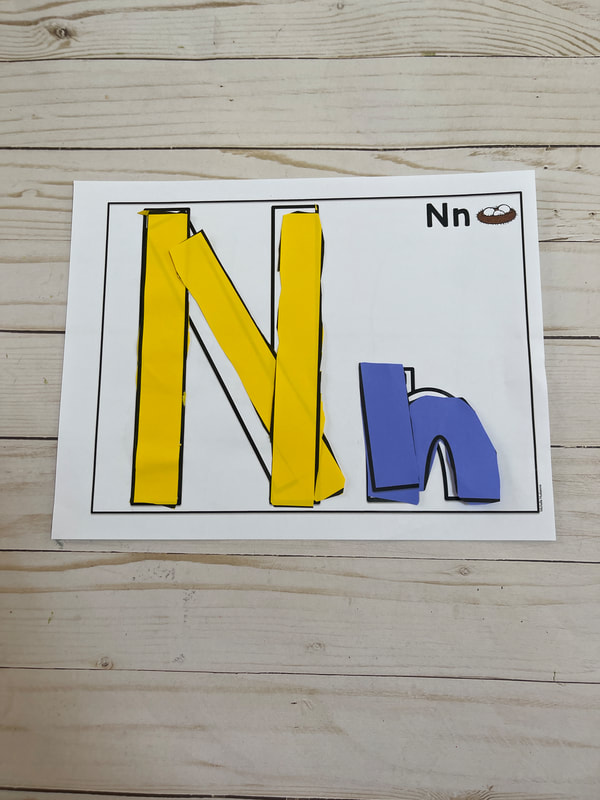
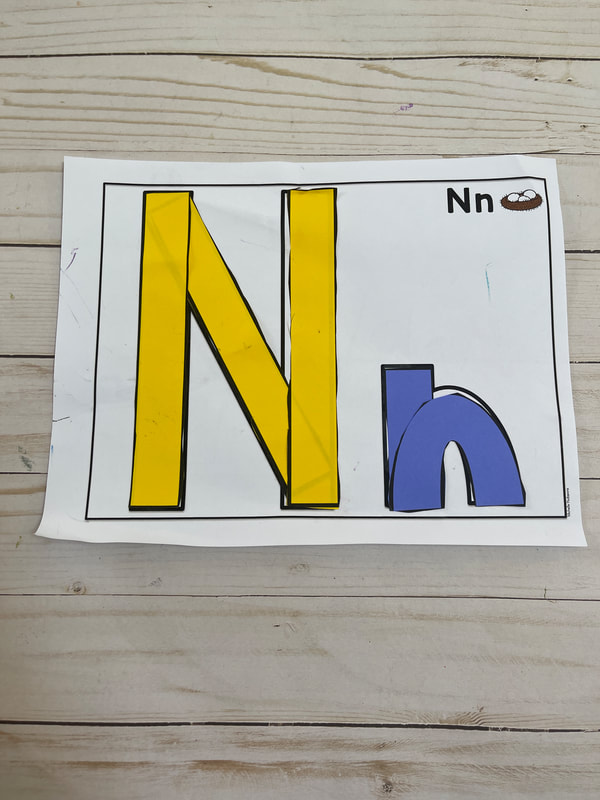
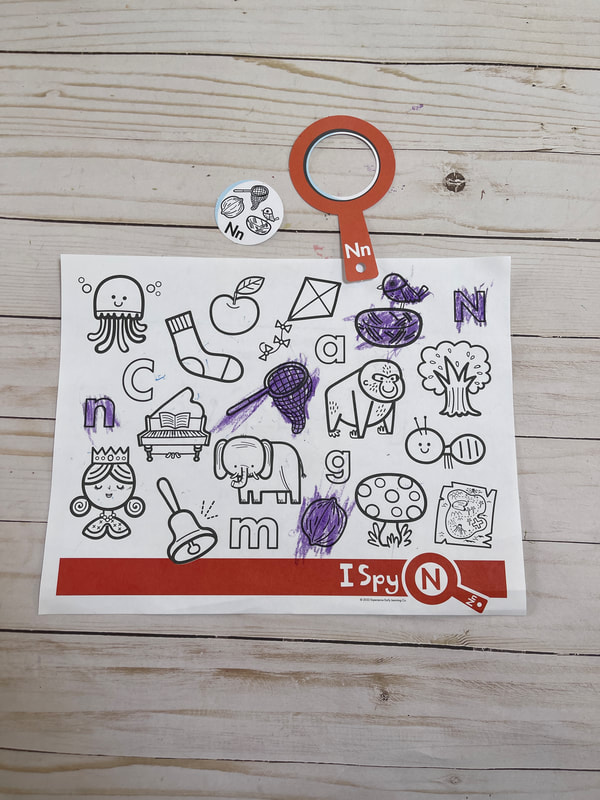
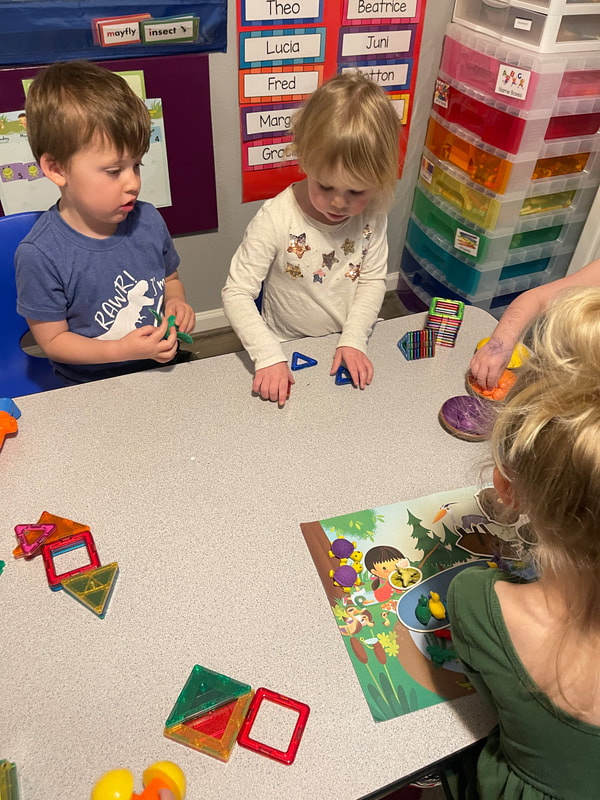
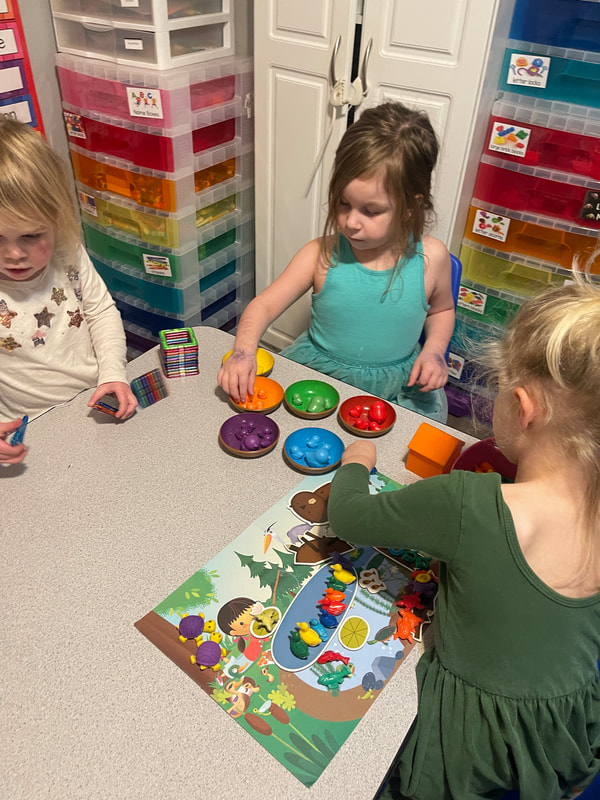
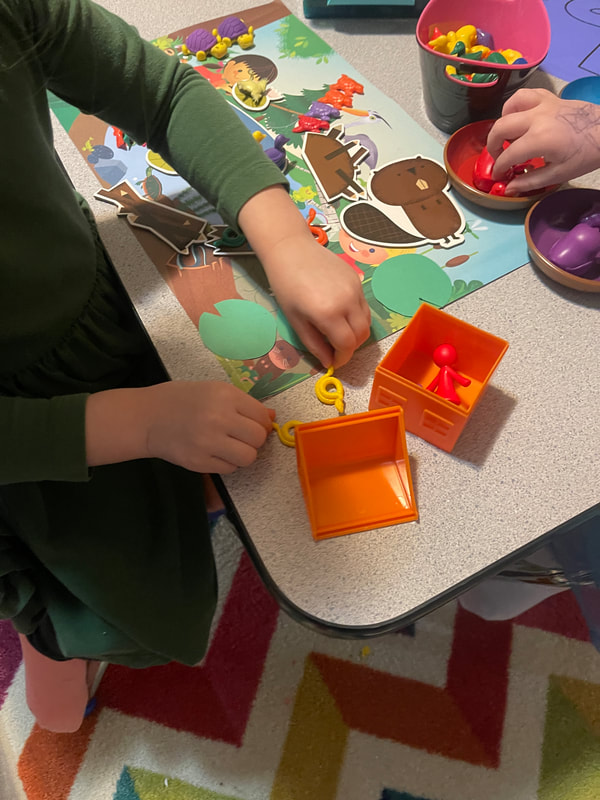
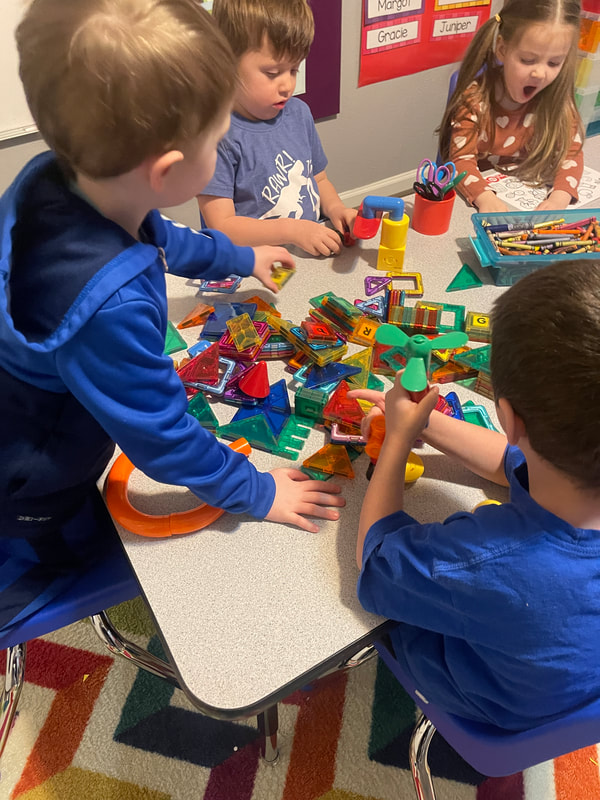
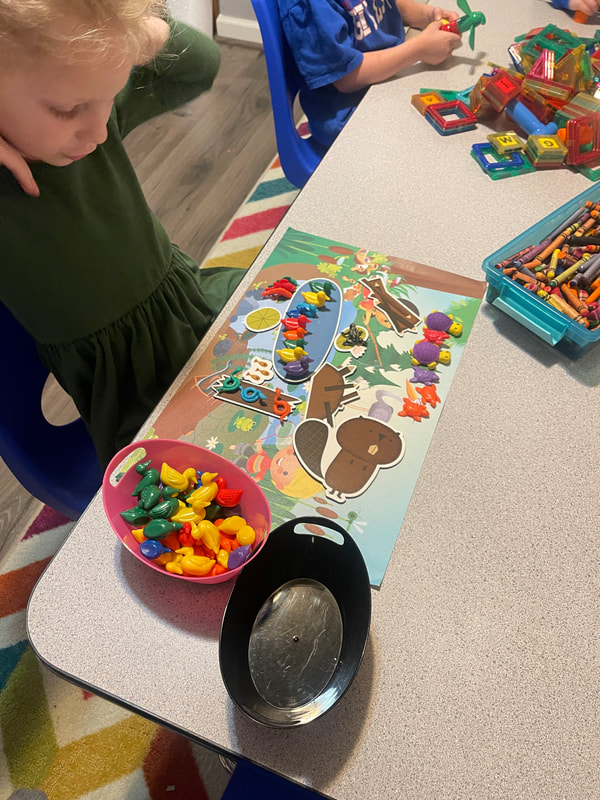
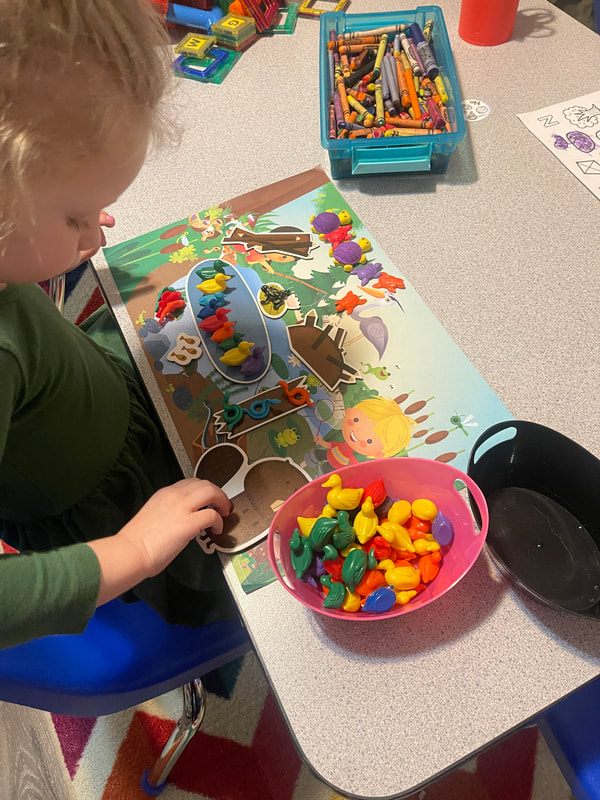
 RSS Feed
RSS Feed